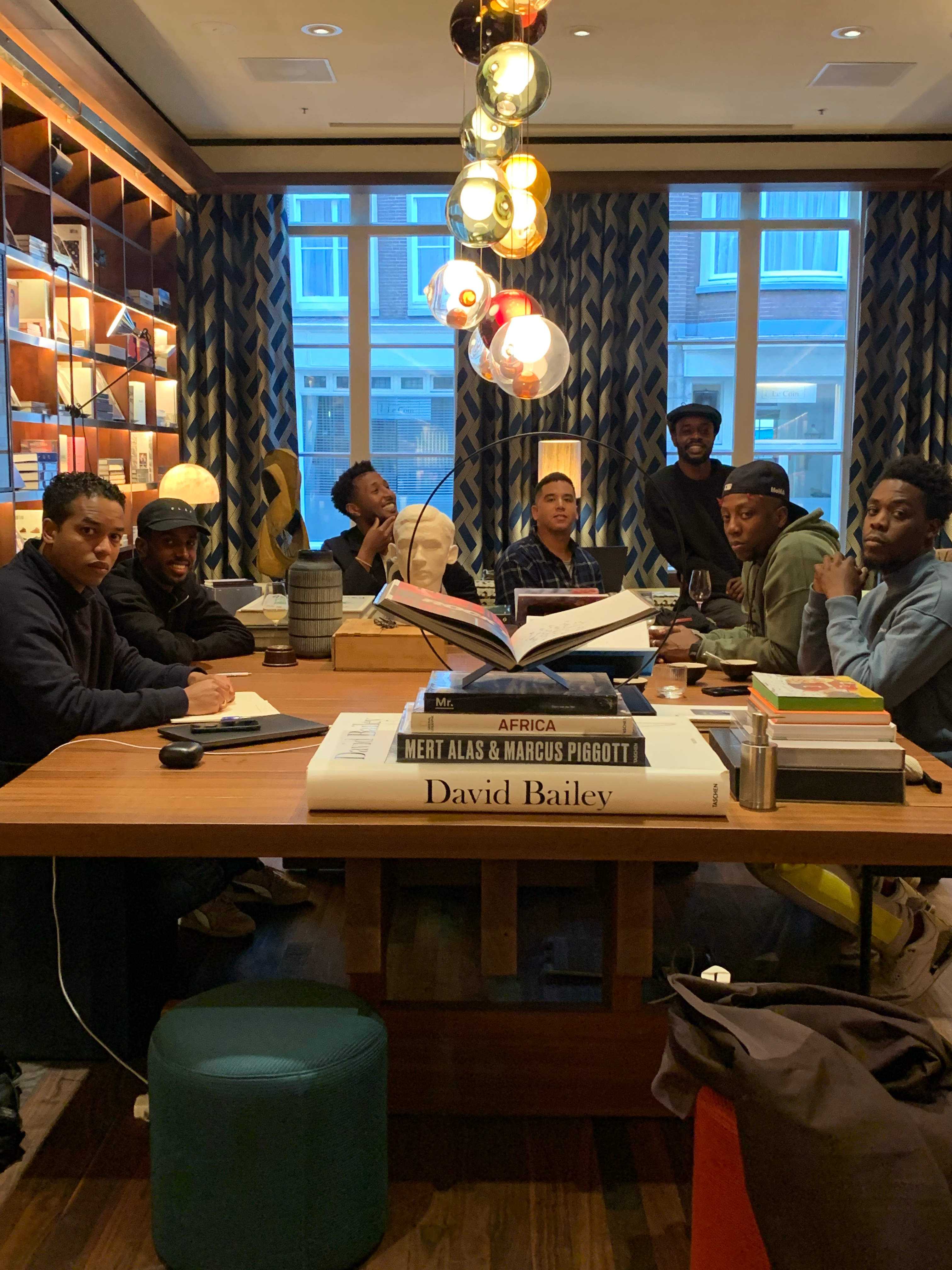One of the youngest shoe engineers at Nike and now a sought-after pioneer in the world of high-end sneakers with his studio Areté. (Image by @_kickstory)
GUNIFORT UWAMBAGA
After a decade as a bookstore owner, Uwambaga is moving his focus to a new type of storytelling. Here, he tells us all about friendship, fatherhood and creating work that serves his wider community.
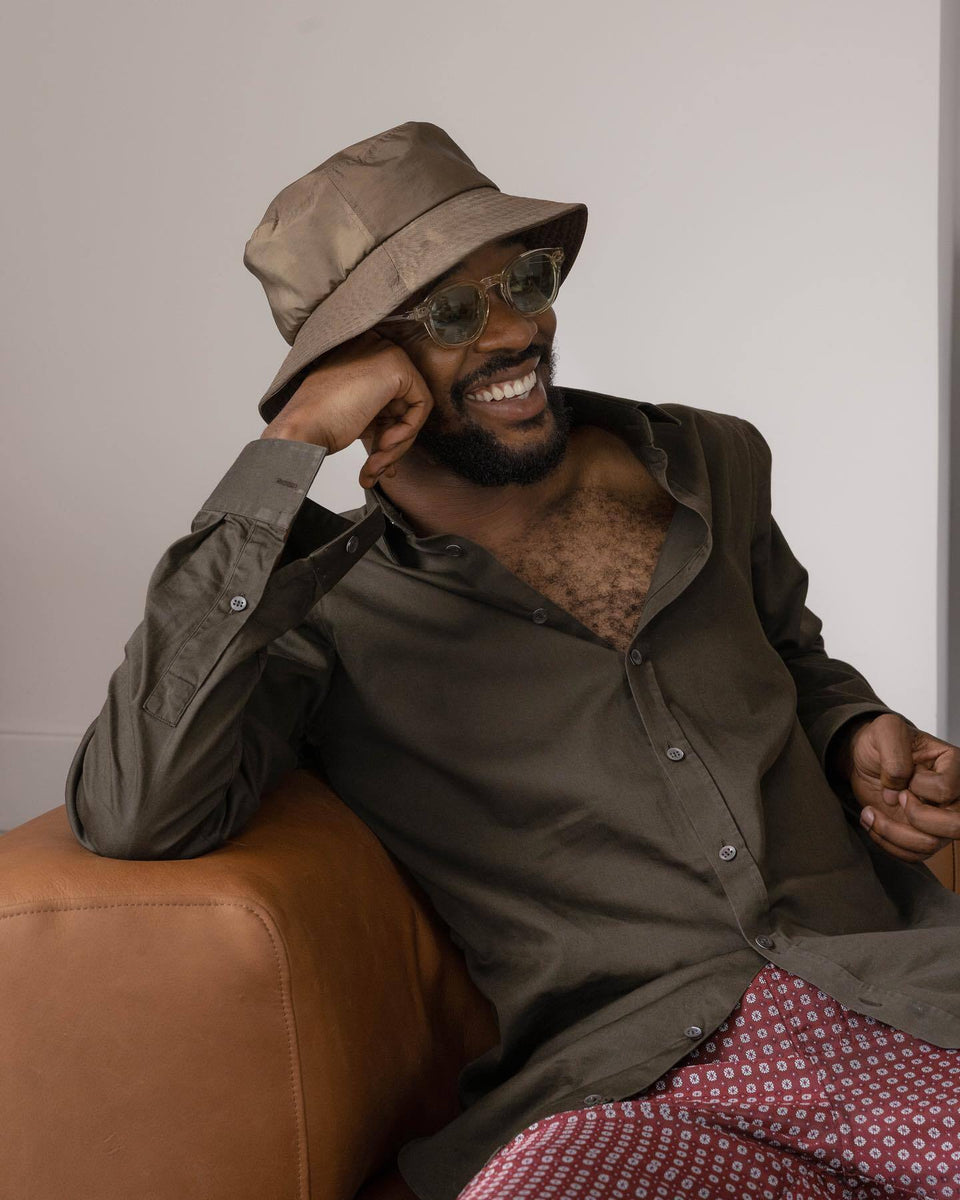
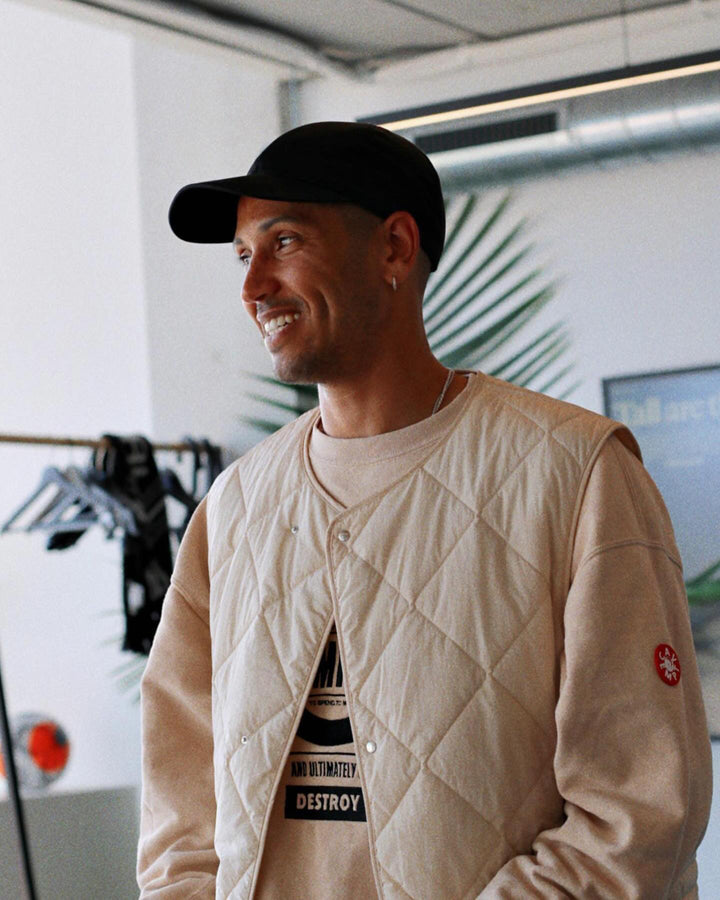
MYLES
O’MEALLY
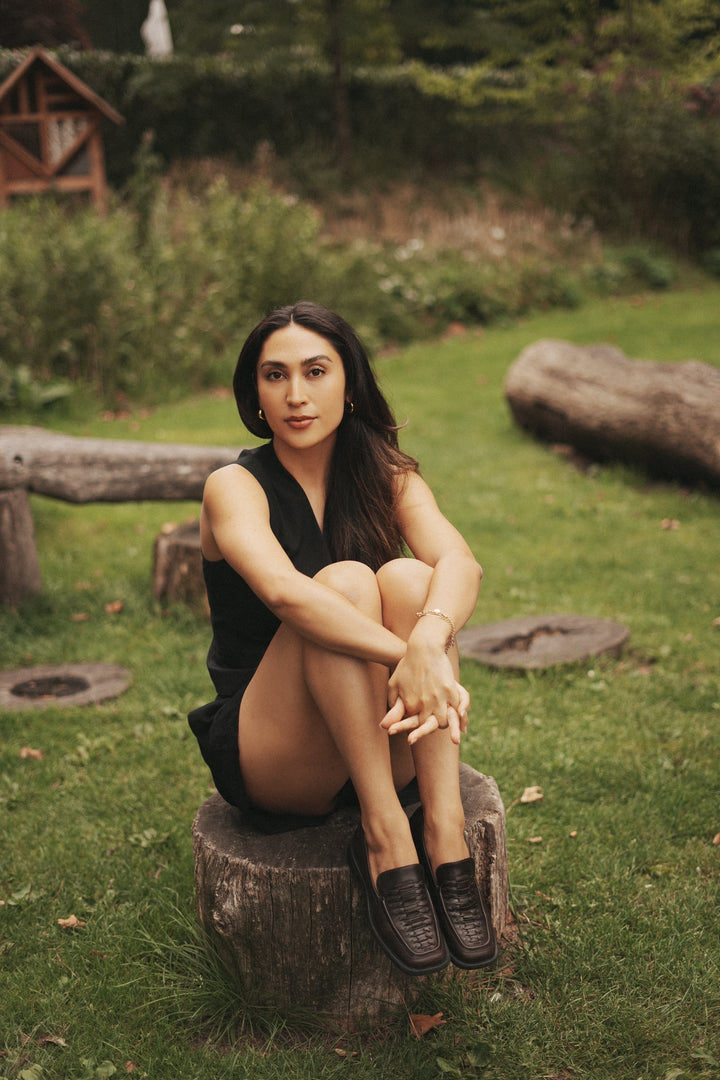
NATHALIE
ROBBERSE
Co-founder of TEN, a networking community for entrepreneurial women that started in Amsterdam and is now going global.
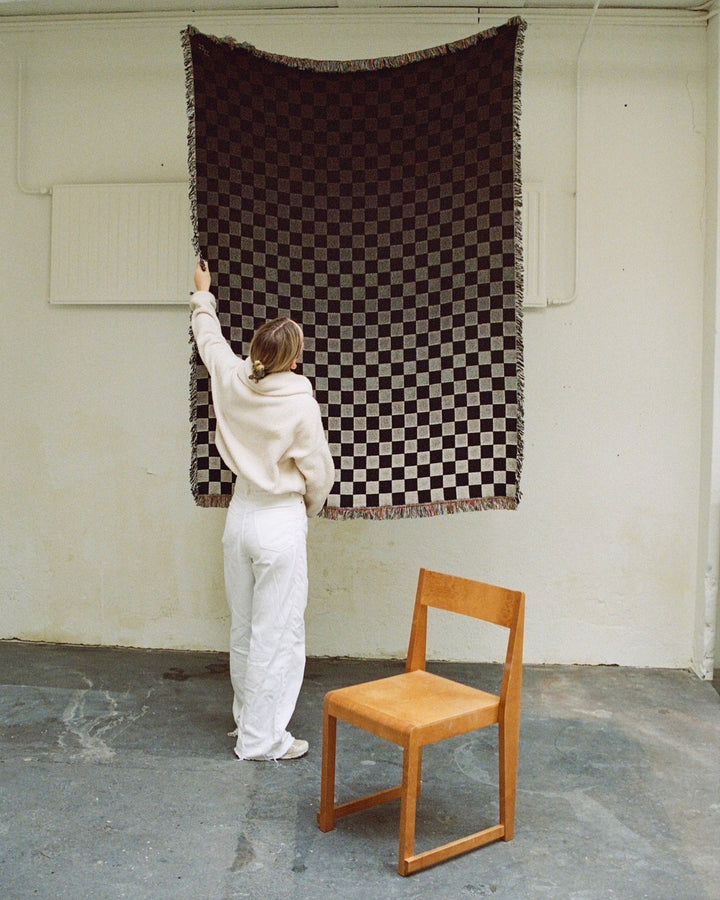
GLORIA
LANDENBERGER
Designer, creative director, ceramicist and the founder of the interior label 2222STUDIO. Firmly rooted in fashion and interior and always shifting between these both worlds.
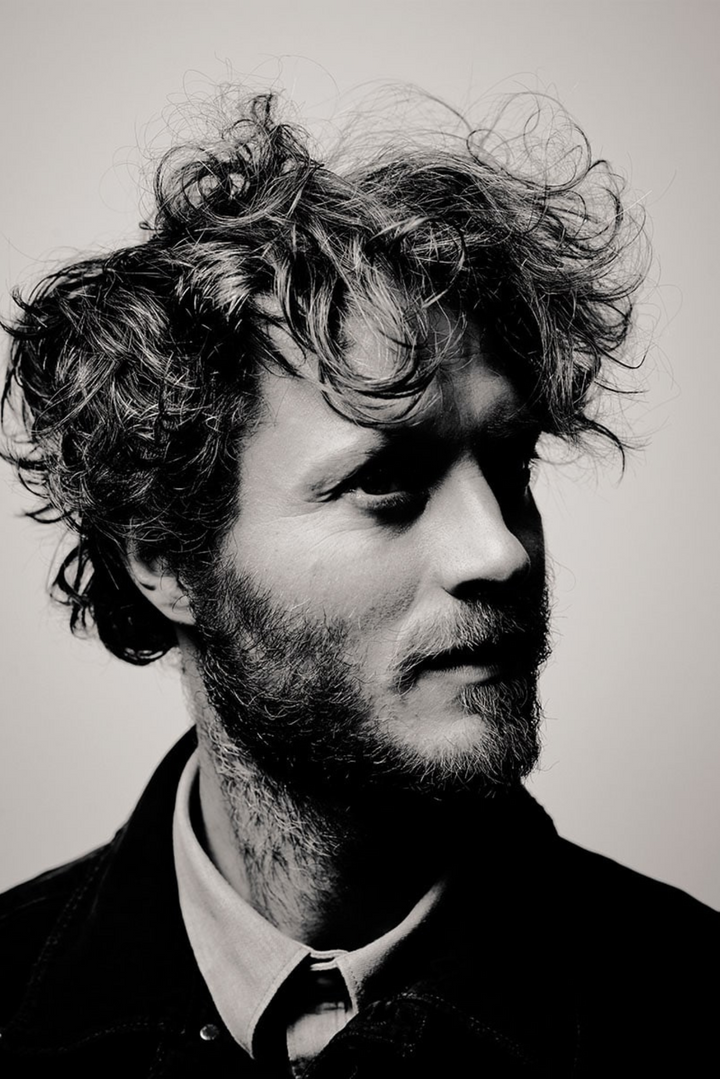
PIETER
KOOL
Founder of strategic spatial design agency, CARBON STUDIO. He has worked with names such as Pharrell Williams, Marc Newson, Rem Koolhaas as well as the Prouvé family.
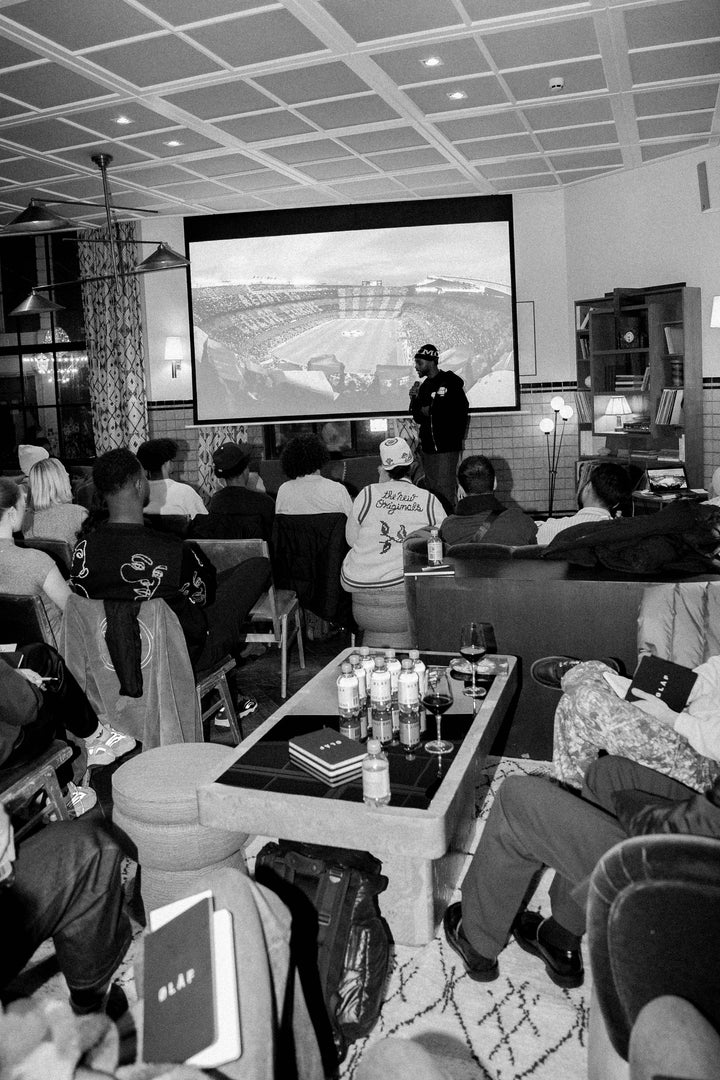
CITIZENS
SESSIONS
A recap of one of our recent CITIZENS SESSIONS we hosted at the Soho House in Amsterdam with talks and keynotes from various creatives.
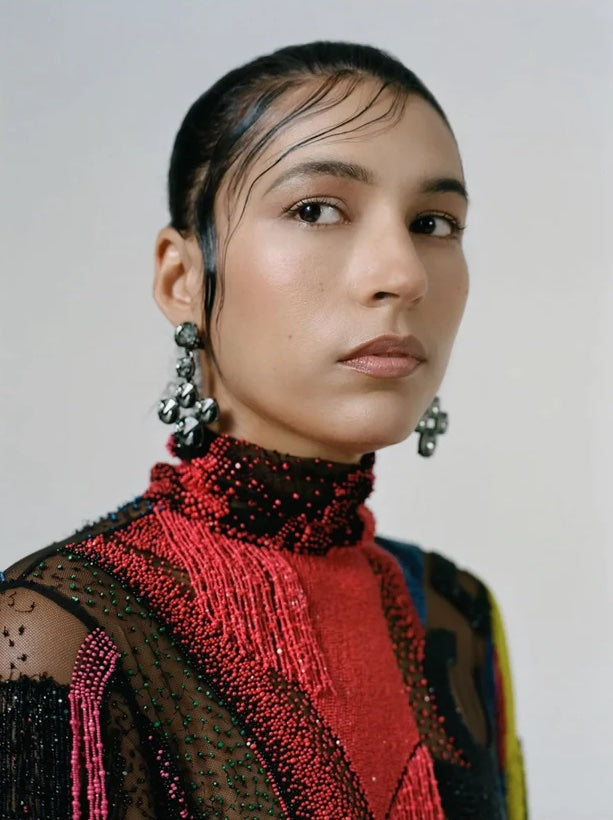
CYNTHIA
CERVANTES
She dedicated her career to community betterment. She co-founded Maroon World, a studio that celebrates BIPOC communities.
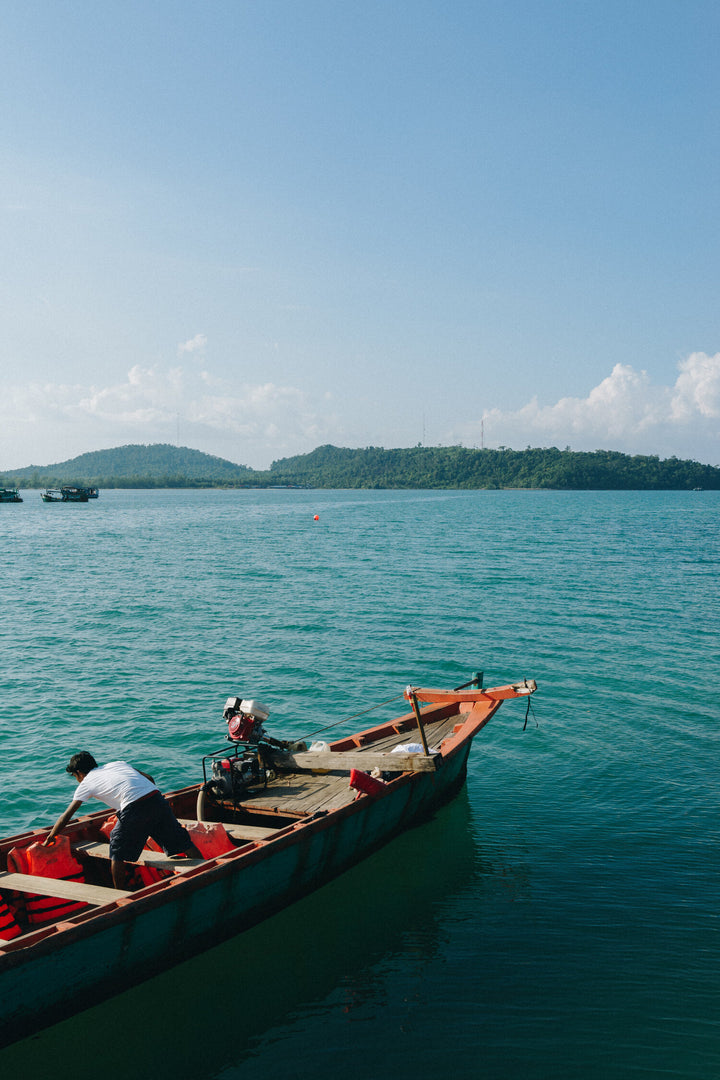
LOUIS A. W.
SHERIDAN
To travel is to live and Louis A. W. Sheridan has elevated travel into an aspirational lifestyle.
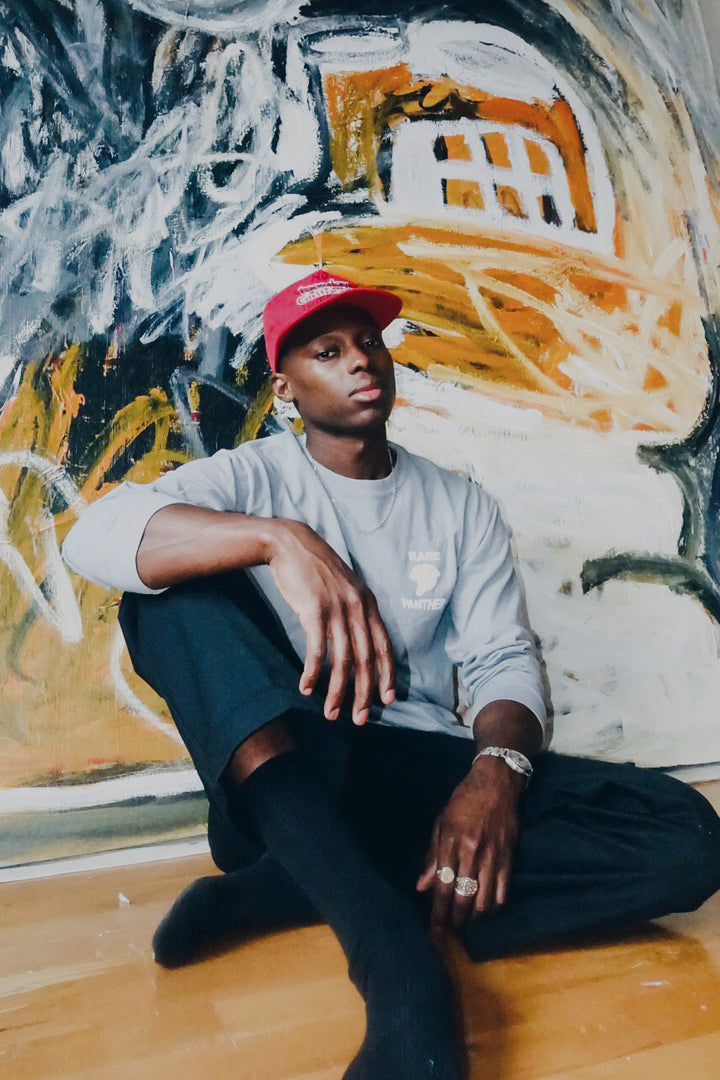
REGINALD
SYLVESTER II
Reflecting the world we live in today, Reginald Sylvester II is an abstract artist that captures moments in time on canvas.
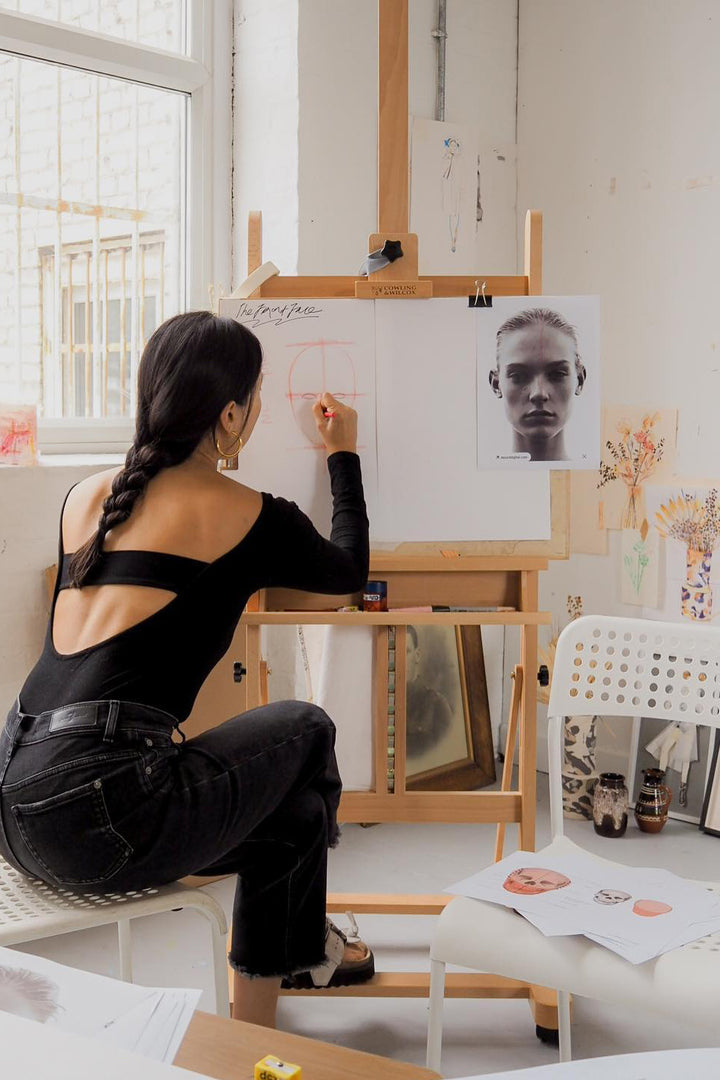
CONNIE
LIM
A talented artist and designer who has collaborated with luxury brands and been featured in top publications.
CITIZENS SESSIONS
We got together at the SOHO House in Amsterdam for a panel talk filled with conversations about FRIENDSHIP, ALLYSHIP, and FAILING with Olaf Hussein, Abderrahmane Trabsini, Hussein Suleiman and Gunifort Uwambaga. Explore the images of a night of inspiring conversations and valuable insights.
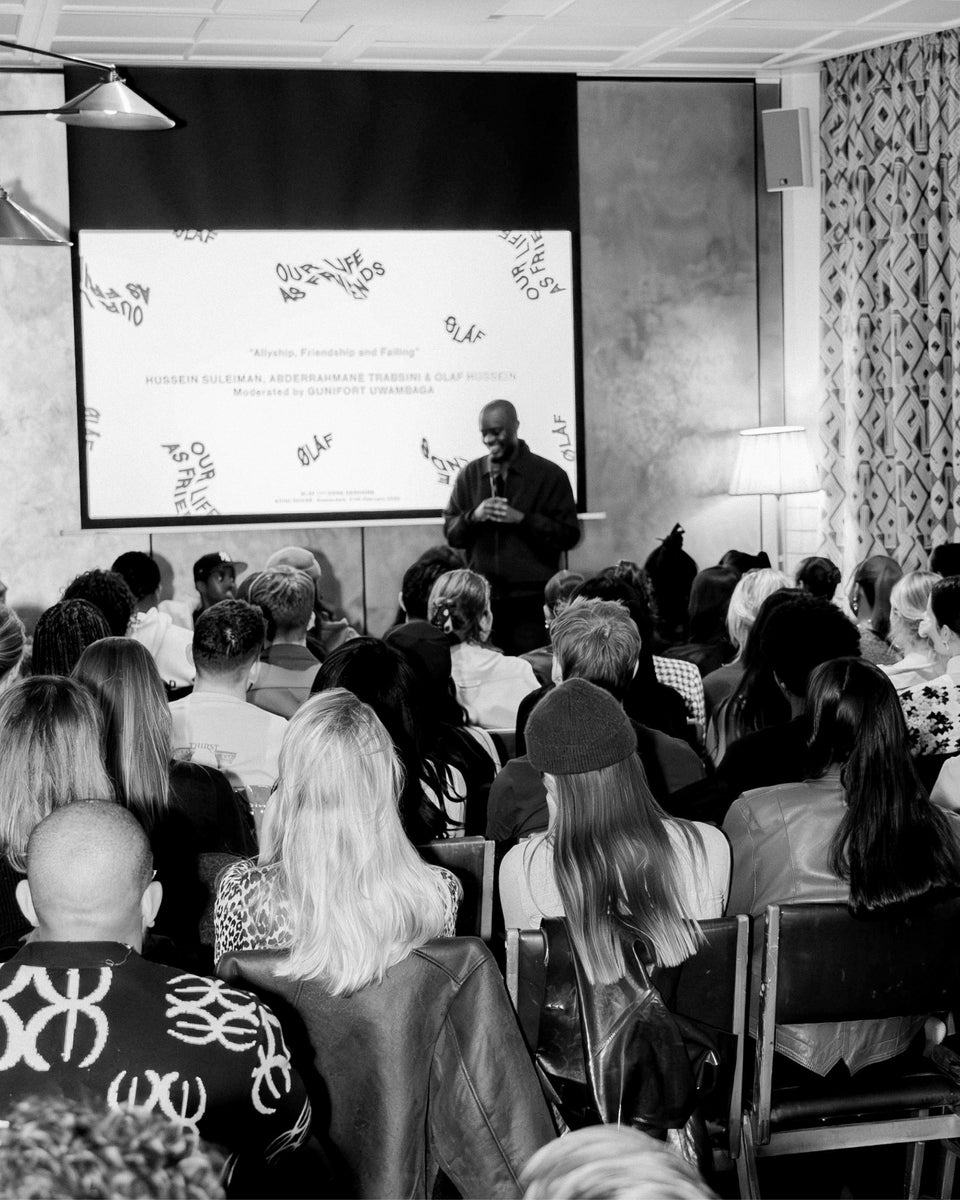

EMMANUEL
LAWAL
A man of many talents: model, DJ, music producer, brand consultant, but first and foremost, creative entrepreneur.
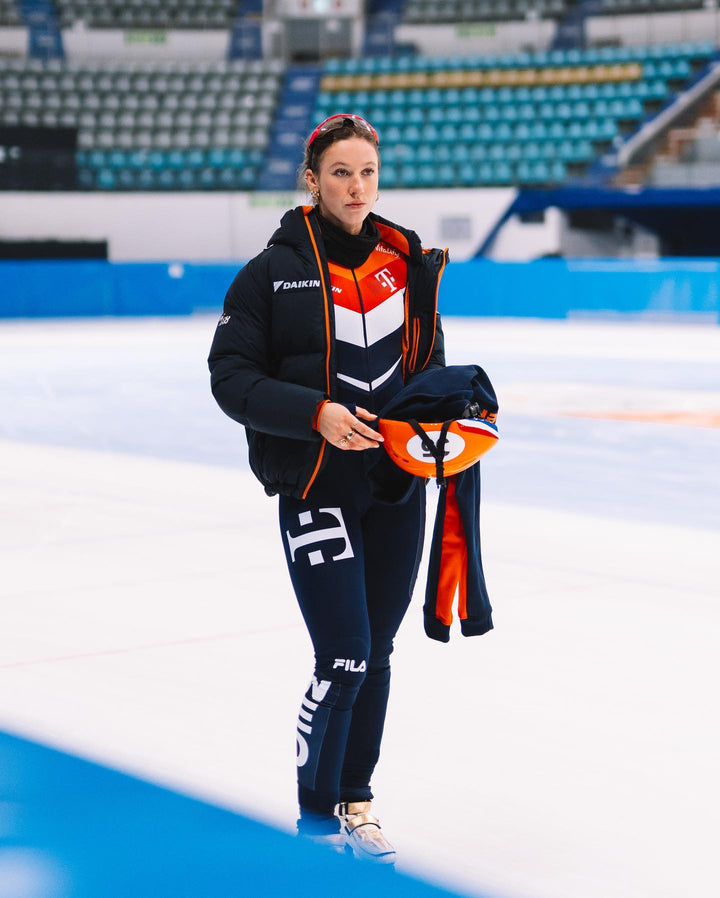
SUZANNE
SCHULTING
Olympic gold medalist, world champion, European champion and 2018 Dutch Sportswoman of the Year, the speed skater talks to us about life as an elite athlete and her goals for the future, making it clear that she’s far from the finish line.
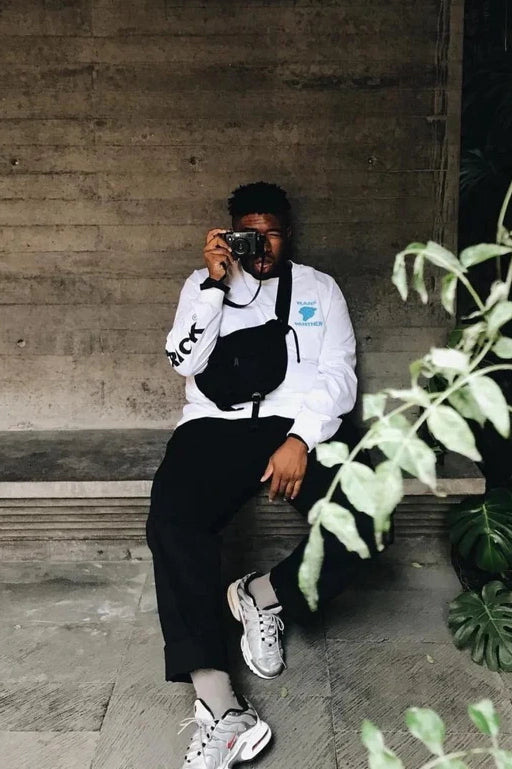
TYLER
ADAMS
A multidisciplinary artist specializing in photography, art direction, and casting with a wide array of clients such as Def Jam Records Opening Ceremony, Beyoncé x Adidas.
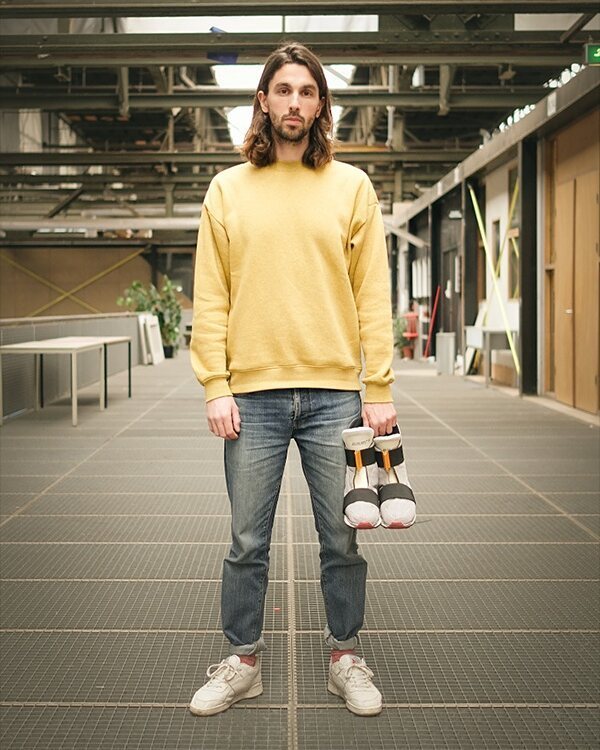
STUDIO
HAGEL
The footwear designer and founder Mathieu embraces the unexpected, isn’t afraid to change course, and finds innovative solutions in what others might see as mistakes.
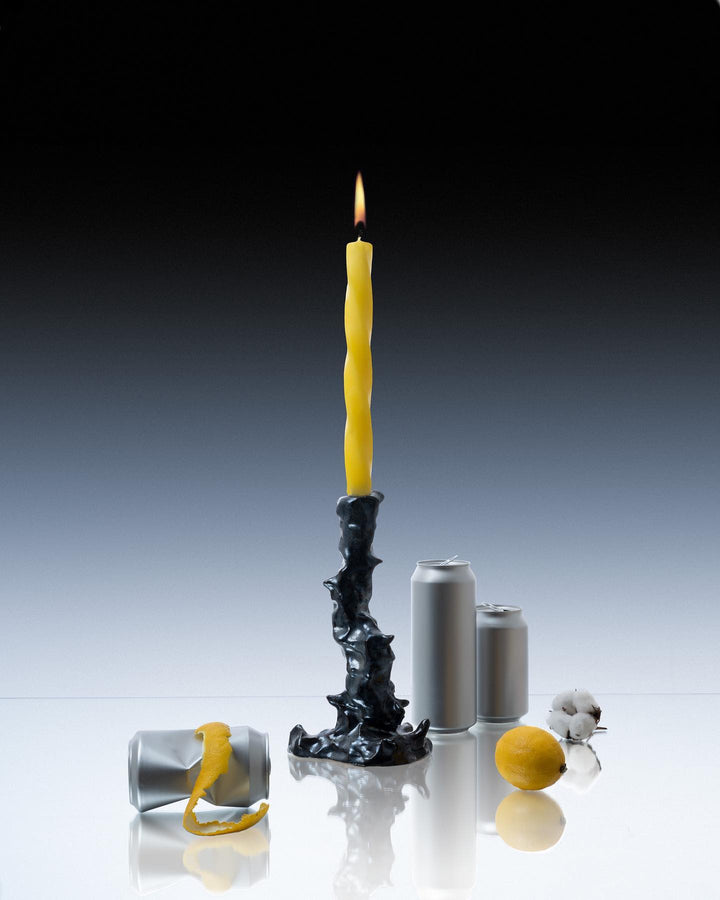
ALEX
ZETA
An intuitive creator that transforms emotion and feelings into compelling and unique works of art.
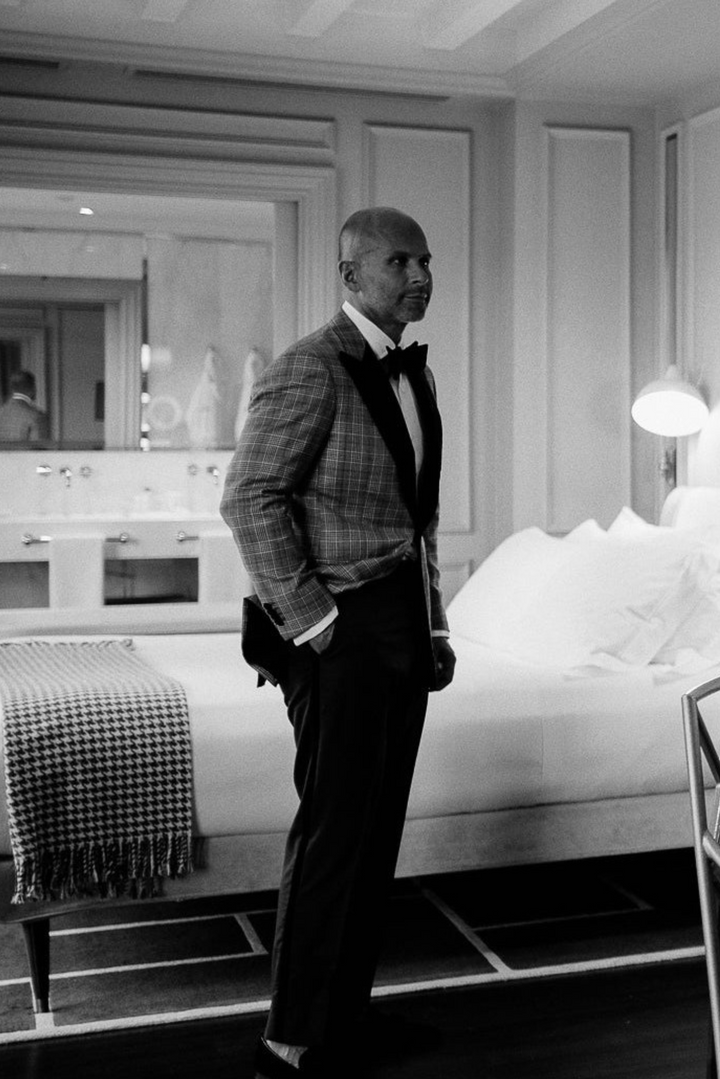
DANIEL
MEUL
Manager and buyer of Dutch fashion house, Pauw, shares his @suitwhisper expertise and tells us about how his simple interest in clothes became a well-tailored way of life.
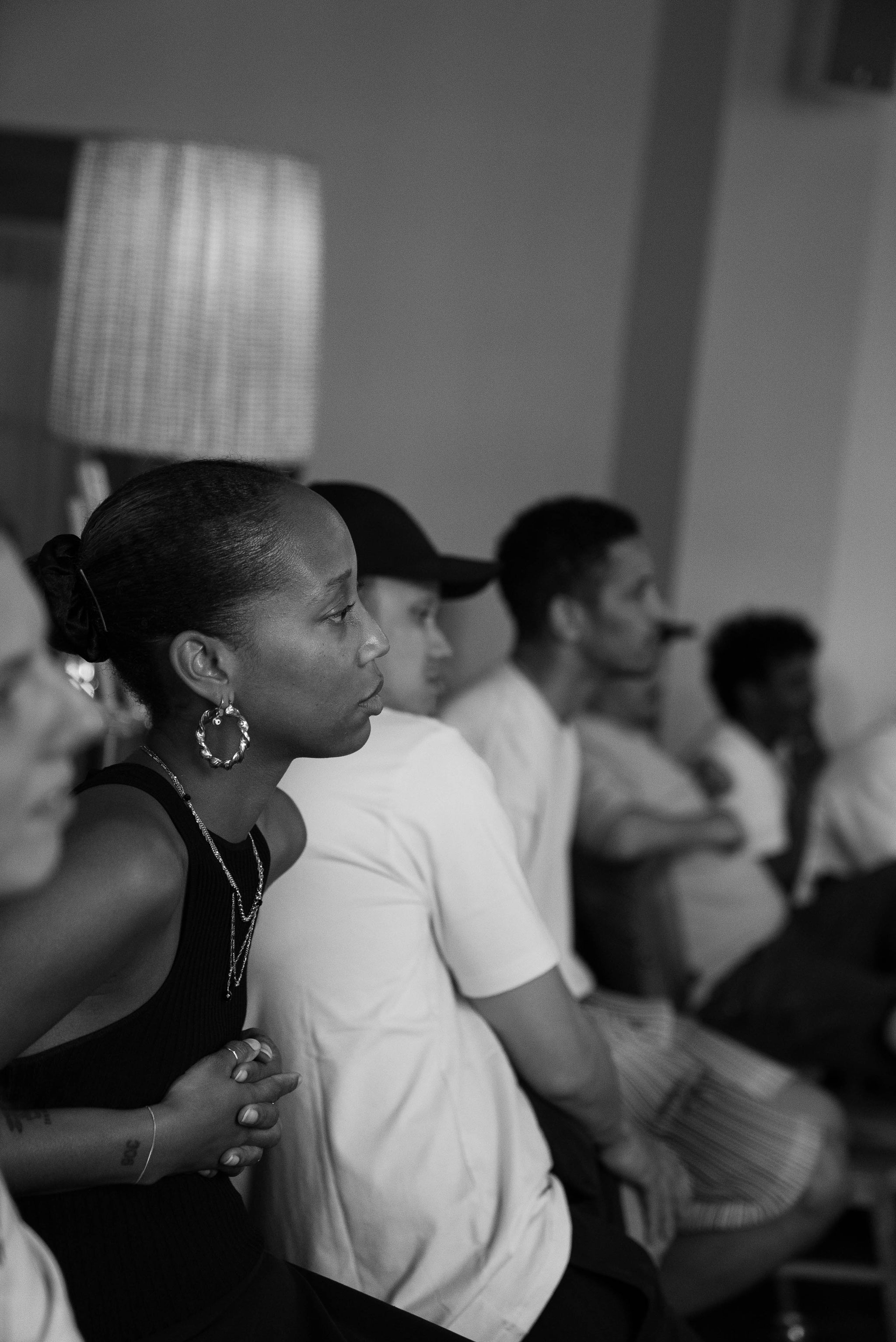
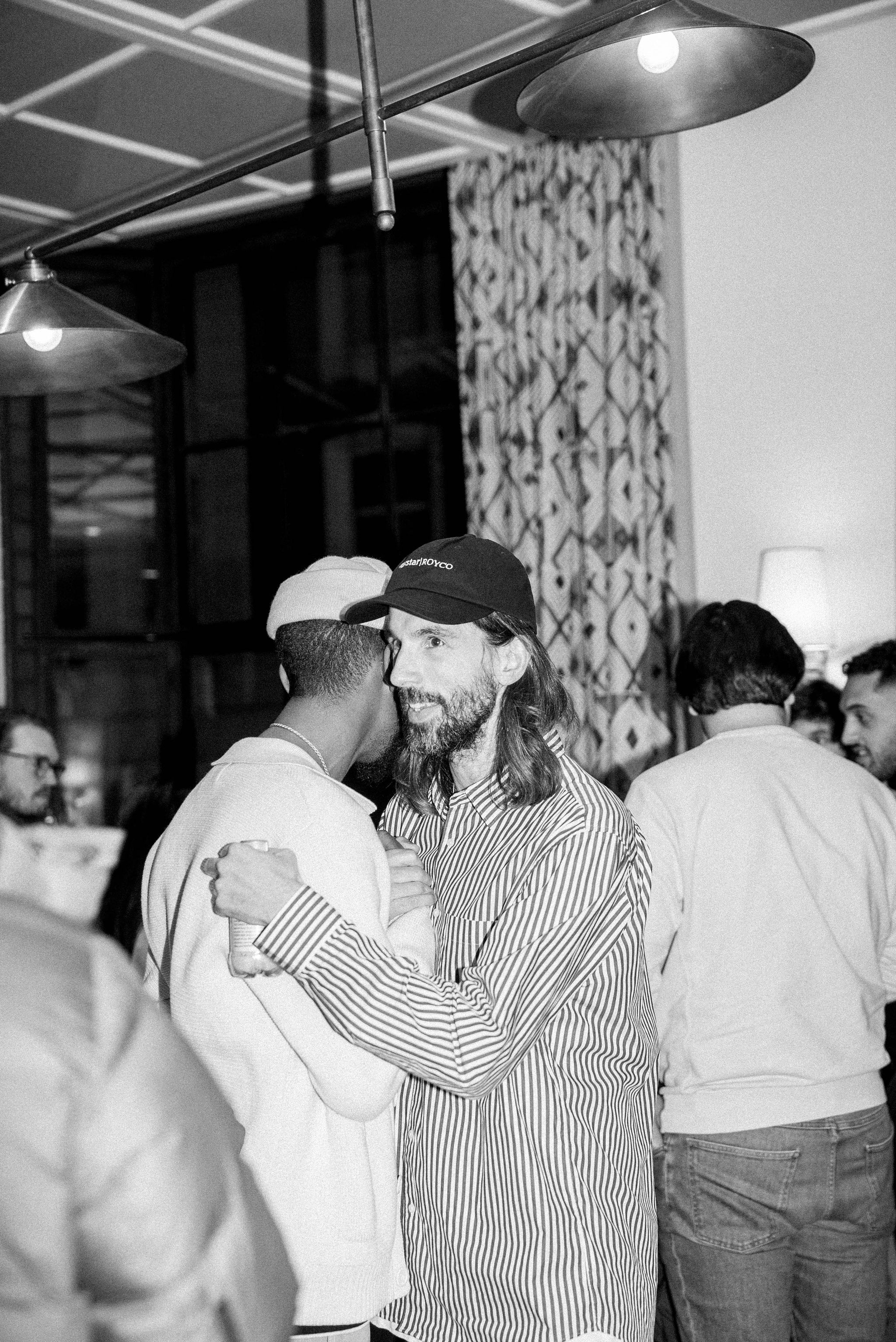
Bringing people TOGETHER, sharing experiences, building friendships and CONNECTIONS – thats the core of what we do. Our CITIZENS SESSIONS translate this into a physical space and platform to build a network with various CREATIVES who share valuable insights. Stay tuned for more sessions in the future and keep an eye on our SOCIALS to be up to date.
THIS IS OUR LIFE AS FRIENDS.
GLORIA LANDENBERGER
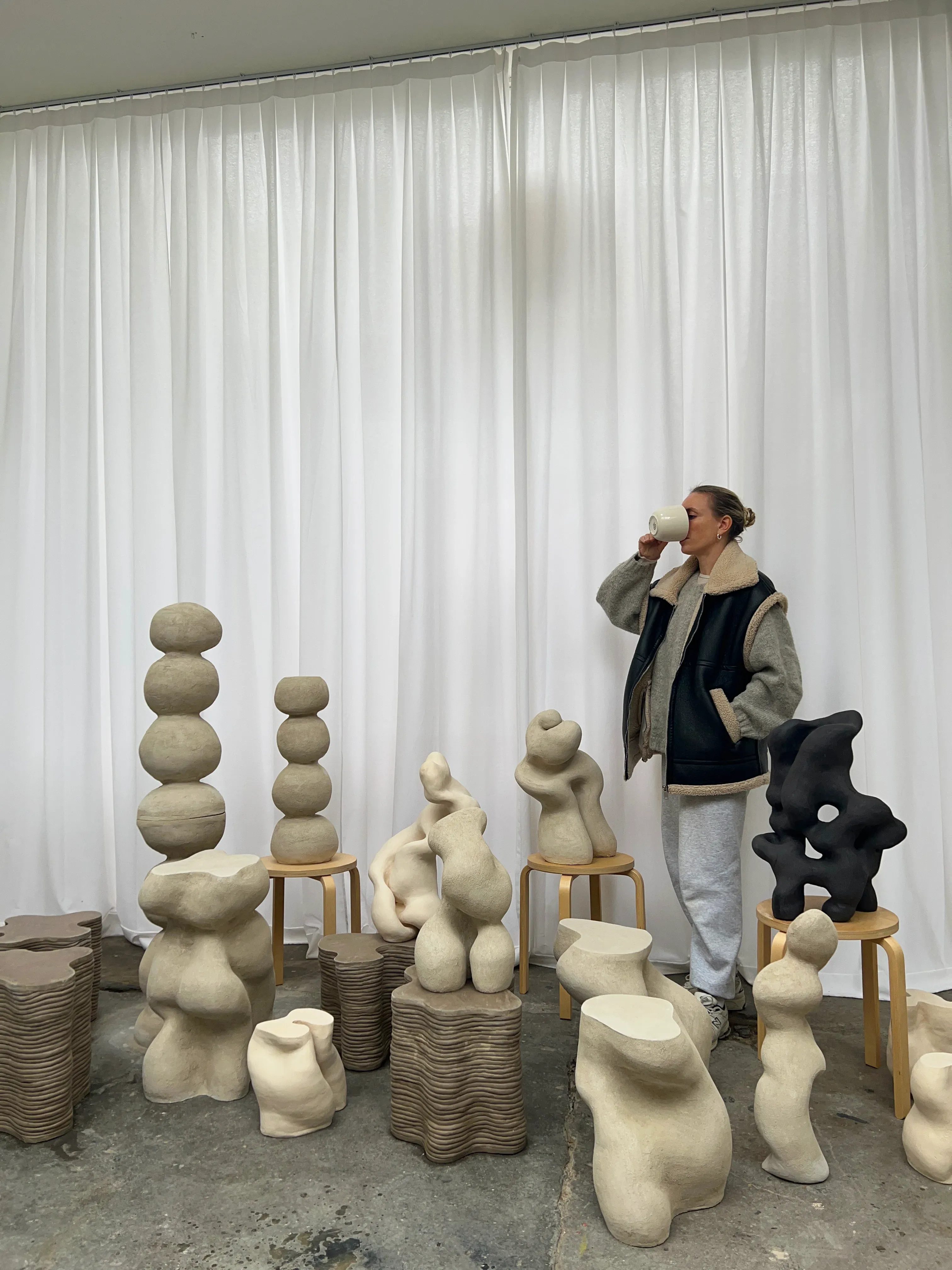
Gloria Landenberger is an Amsterdam-based designer, creative director, ceramicist, and the founder of the interior label 2222STUDIO. Firmly rooted in fashion and interior you’ll always find her shifting between both worlds. From leading the creative direction of a German fashion and interior brand to creating one-of-a-kind sculptural works in her studio, her projects all arise from the same creative drive and vision.
18 Apr 2023
Demi Meijer
How did you get into fashion?
“I studied industrial and fashion design in Berlin and Paris. Since then I’ve worked for over a decade as designer, design manager and creative director for a variety of European fashion brands. And since a couple of years as creative director for a brand in Berlin."
What motivated you to make the transition from fashion into ceramics?
“After working nonstop in the fashion industry, I was longing to take my creativity out from behind a corporate computer and create something with my own hands which led me to experiment with clay. It initially just started off as some sort of meditational practice and developed over time into my passion and second business."
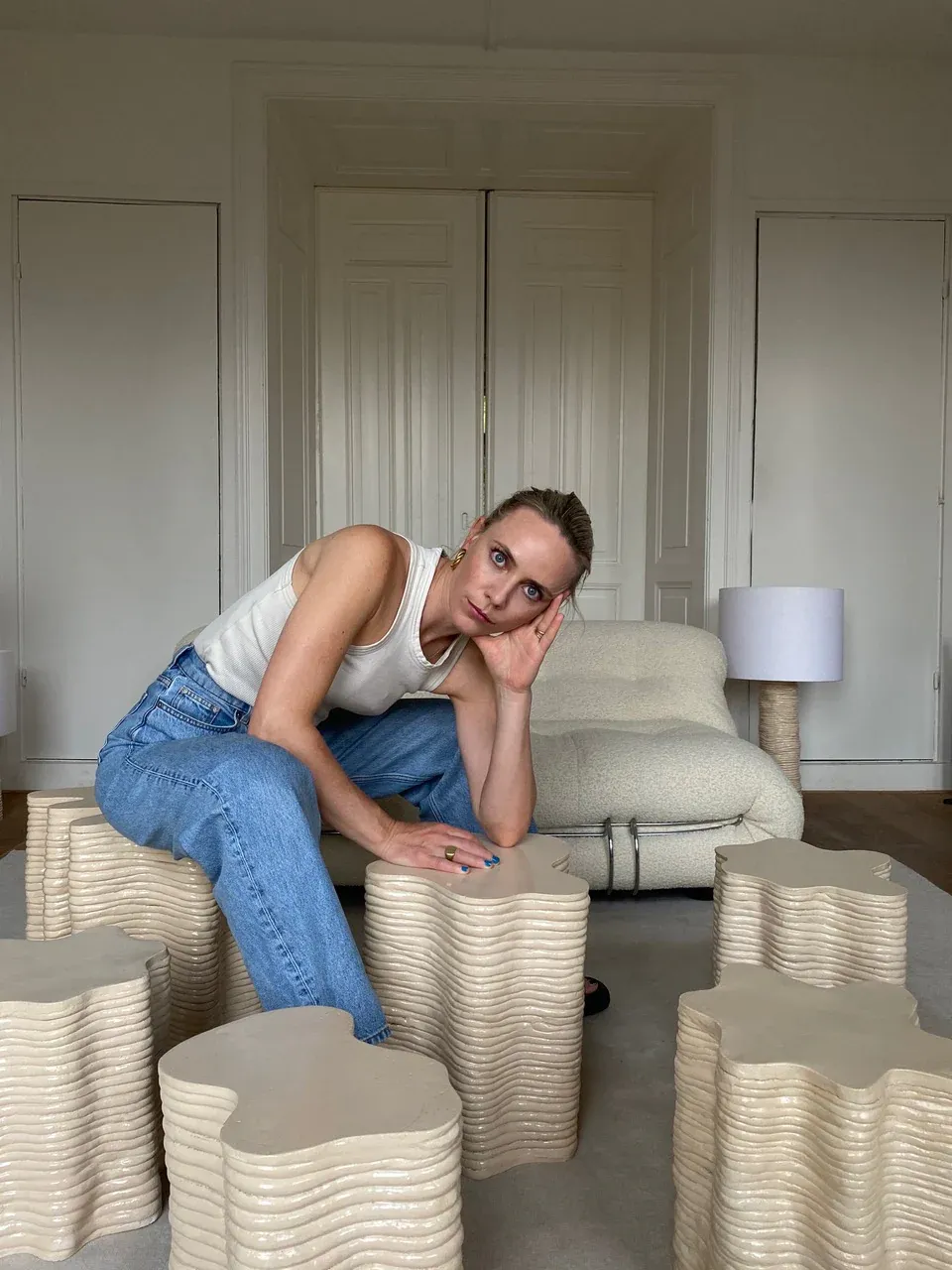
Biography
Gloria Landenberger is an Amsterdam-based designer, creative director, ceramicist, and the founder of the interior label 2222STUDIO. Firmly rooted in fashion and interior you’ll always find her shifting between both worlds. From leading the creative direction of a German fashion and interior brand to creating one-of-a-kind sculptural works in her studio, her projects all arise from the same creative drive and vision.

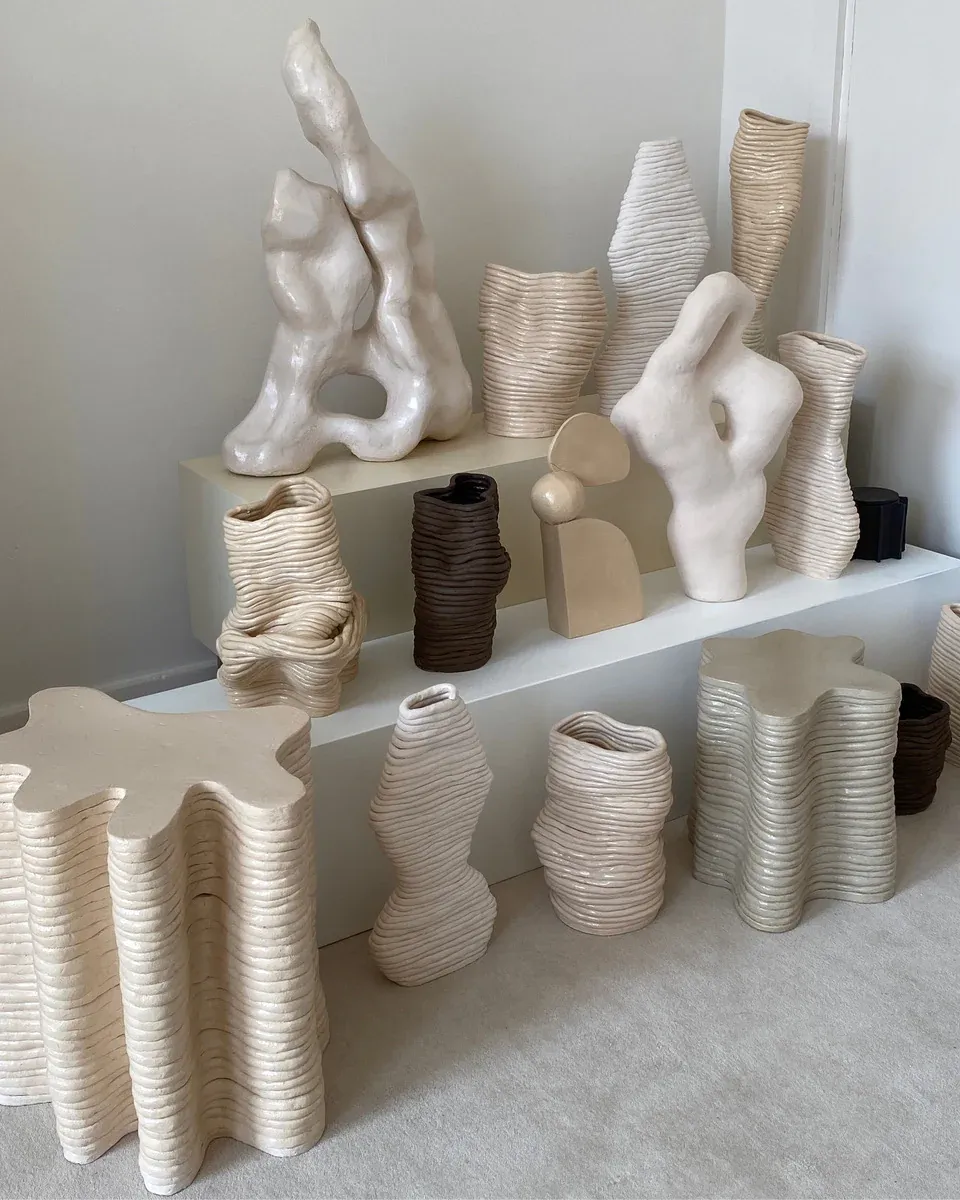
Tell us about 22_22 studio.
“As I had only worked for other people's companies, I eventually felt the urge to create a brand that would represent my own aesthetics and values that would help enable me to share what inspired me personally. Therefore, I decided to merge this idea with my passion for crafts and interior and started my own brand 2222STUDIO under which I design, make and sell interior objects. 2222STUDIO was inspired by my lucky number and time 22:22. Since I was a teenager, I have been superstitious about it and believed that catching this time over and over was no coincidence. I always felt compelled to make wishes for a whole minute until this magic alignment of numbers passed. "
Advice you would give to someone who is interested in starting their own business.
“Just do it! I believe that it’s important to start somewhere with a vision and then figure things out along the way. Too much overthinking and doubting upfront will just block you. "
What do you feel is the best part of your job?
“That it's so versatile, creative, and that I am independent."
3 words that best describe your creative process.
“Intuitive, meditative and passionate."

Favorite song to listen to when you’re working in your studio?
"Okwukwe Na Nchekwube by Celestine Ukwu & his Philosophers"
Name a personal achievement you’re proud of.
“Following and building a career for myself that reflects what I am passionate about."
Name a mistake that taught you a lesson.
“Taking on an order that exceeded my capacity and really challenged my entire setup."

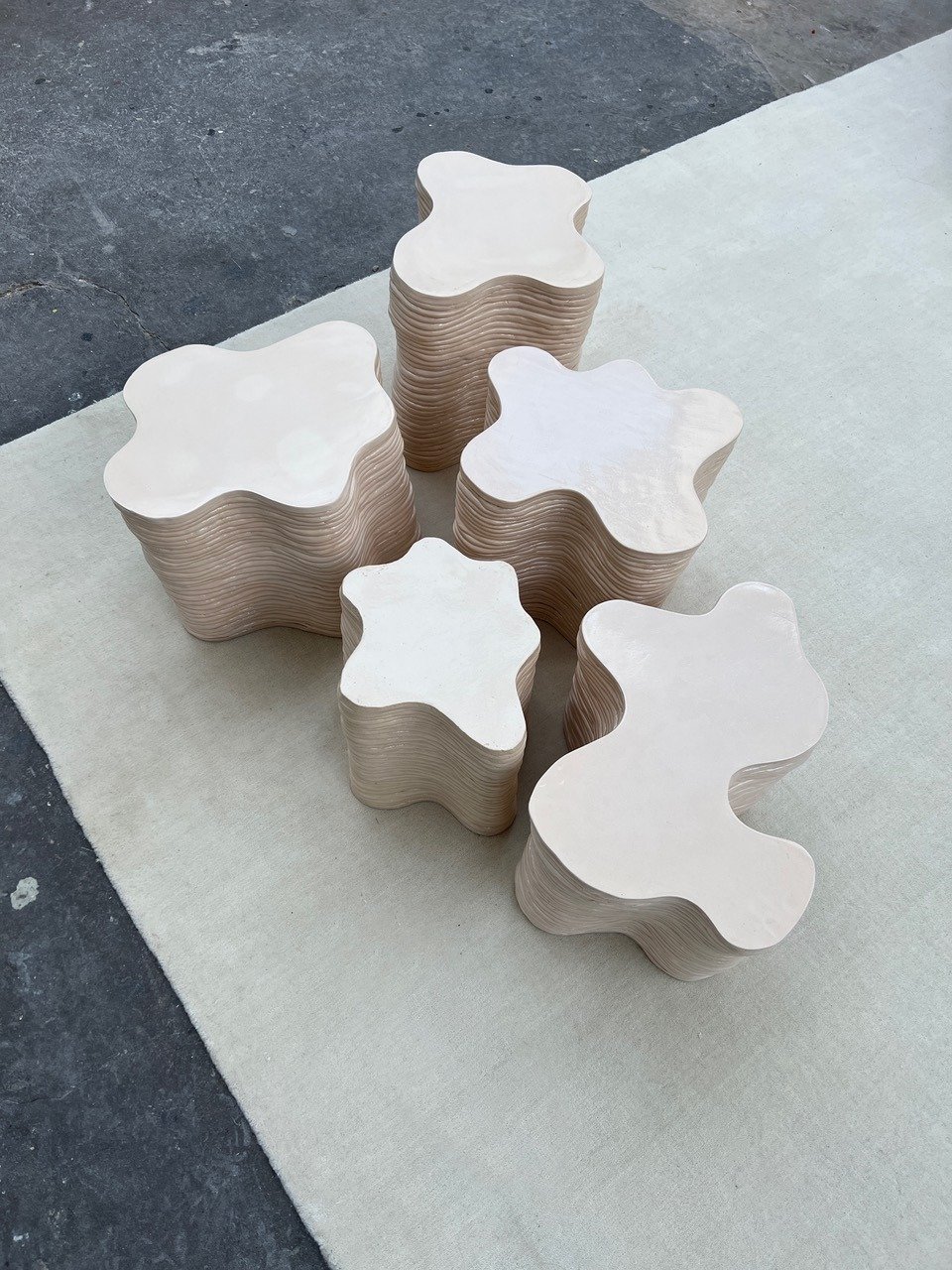
Your top 3 travel destinations. Dream vacation.
“Mexico, Japan, Venice."
Describe your personal style.
“Minimal and eclectic."
The one thing in your wardrobe you can’t live without.
"All my Jackets and coats."
Name a person, place, or thing that inspires you.
"I really like the work of Alicja Kwade. But my brain just picks up on everything that I see around me. It could be super and abstract, light, textures, shapes."
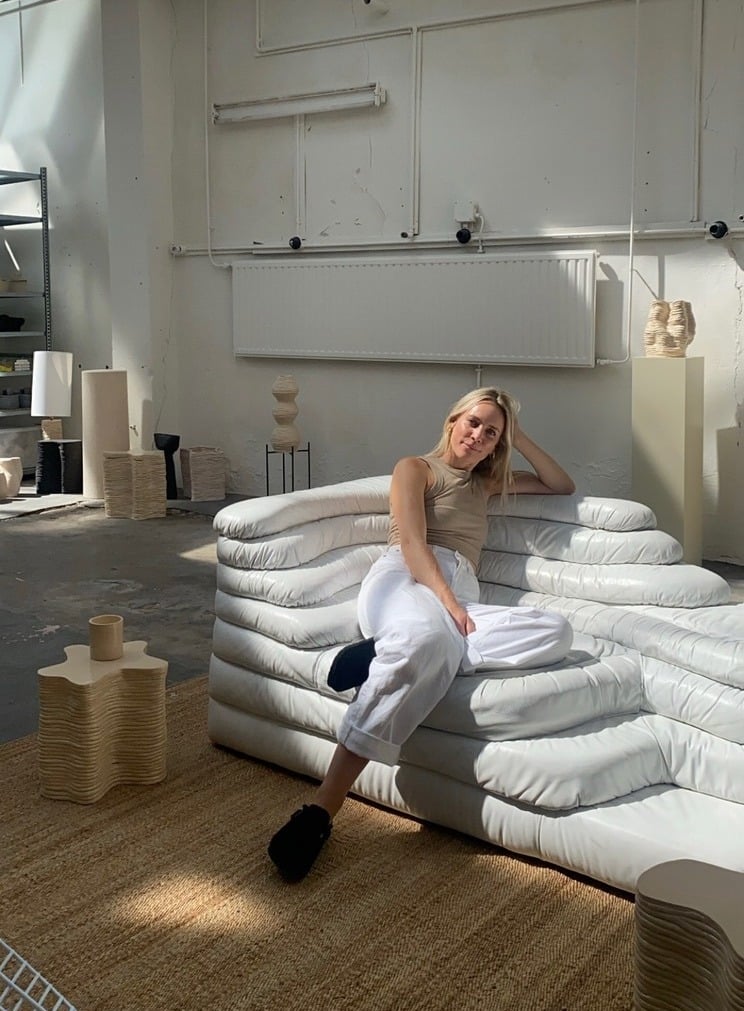
VIRGIL NICHOLAS
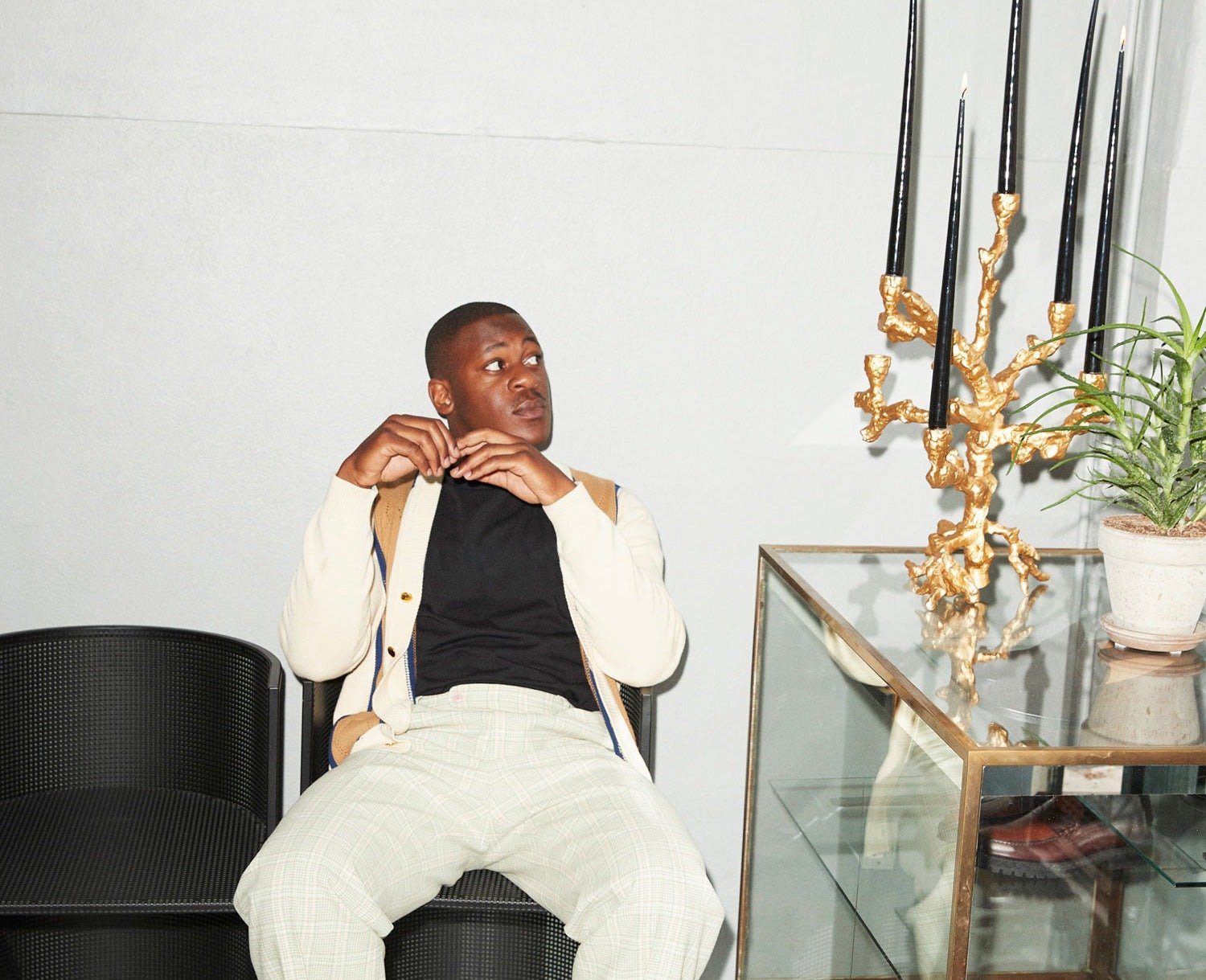
With honesty, well-being, and respect for oneself and each other as the foundation of Danish shoe brand, Vinny’s shoes, Virgil Nicholas has founded a shoe company with real soul. In this edition of Citizens, we step into the creative director’s classic leather loafers and discover more about his work, style, and way of life.
23 May 2022
Paolo gattone
Hi Virgil, why loafers?
“Good question. I've always worn loafers and compared to all the other types of footwear in my wardrobe, they‘re the one pair of shoes that I wear to death. A couple of years ago, just before starting Vinny’s, I was looking at my rotation of the same four to five shoes I wore over and over and noticed I was missing that perfect loafer. I realized that's where I have a genuine heritage and story to tell, so it made sense that I bring that to the table myself."
How should one feel when wearing a pair of Vinny’s?
“I think the loafer, for me, is like when you put on a blazer jacket. It shapes you as a person, your back gets a little bit more upright and you carry yourself a bit more elegantly. Loafers do the same thing. I want both men and women to feel comfortable, relaxed, well-dressed, and feeling confident. I think when we feel our very best, we're better humans to ourselves and to our neighbors and next of kin. So, it's really about building self-respect."
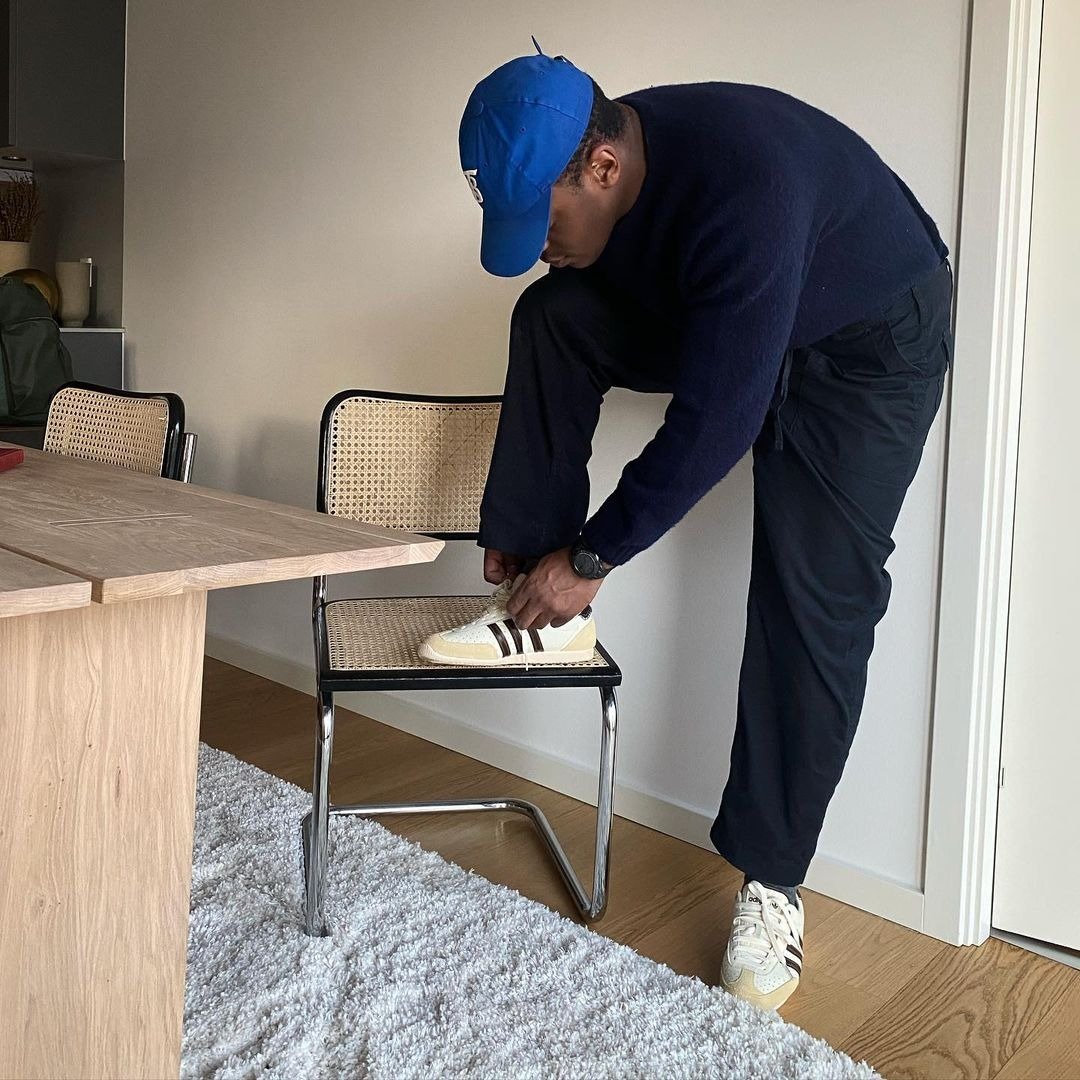
Biography
Virgil Nicholas is the founder and creative director of Vinny's Shoes, a Danish shoe brand that embodies the values of honesty, well-being, and respect. His passion for footwear has led him to create a shoe company with a real soul, where quality and craftsmanship are at the forefront of every design.
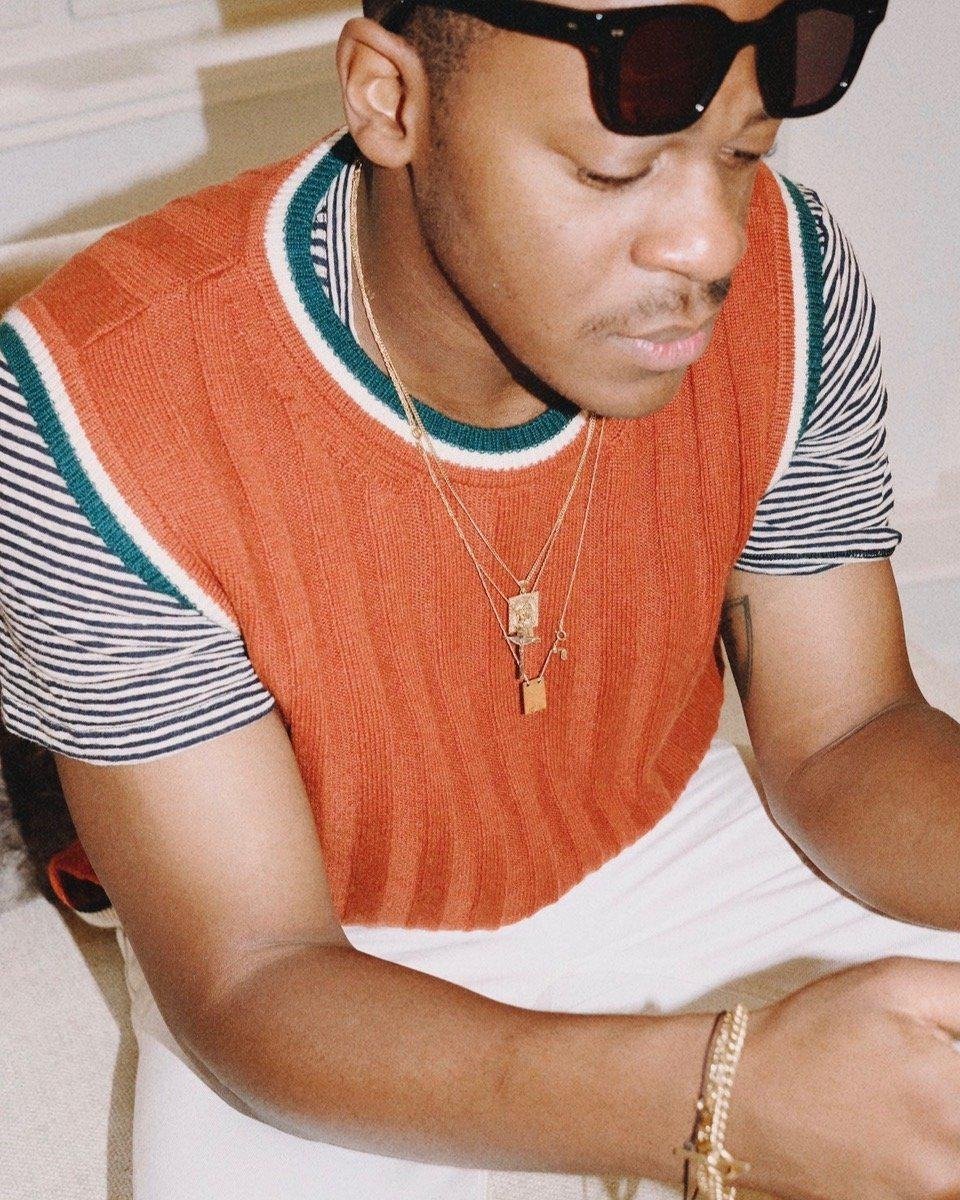
Virgil Nicholas (Still from podcast)
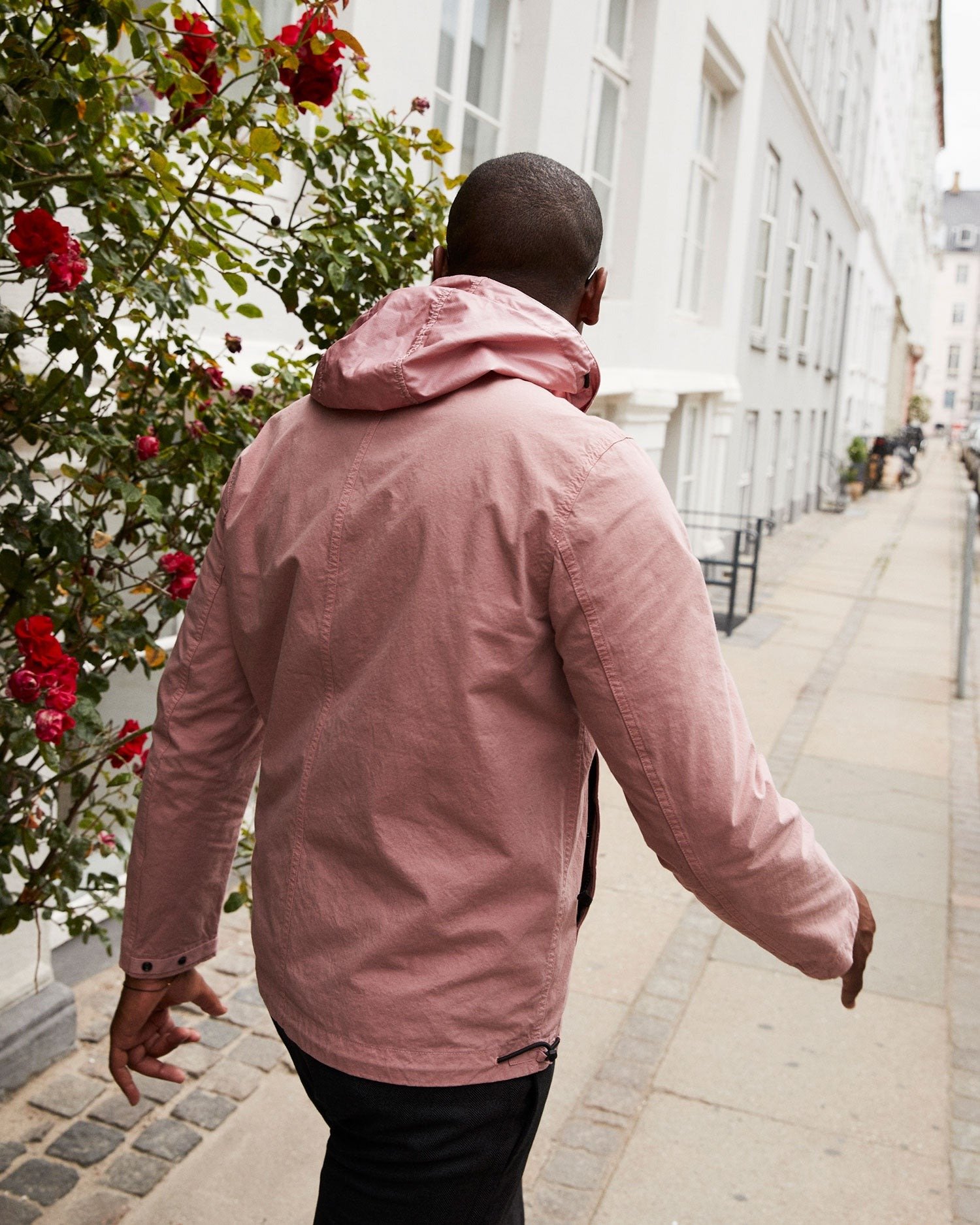
Virgil Nicholas (Photo credits: Illum)
Is that what makes you feel confident?
“A good pair of loafers, yeah. I think one of my confidence boosters is definitely always a good outfit."
Do you think good taste is something you’re born with, or can it be developed?
“I think style and taste is definitely something that you can learn. It’s about what you're interested in, what you’re exposed to and influenced by. It's definitely something that you can adapt and grow into and out of. Personally, the influences from my mom and my dad and their post-colonial heritage, my African heritage, but also the urban references from when I was a kid, shaped my wardrobe. I always go to the same things. I have pieces in my wardrobe that go ten years back and it's the stuff that I love to wear the most. Then, occasionally you add new things."
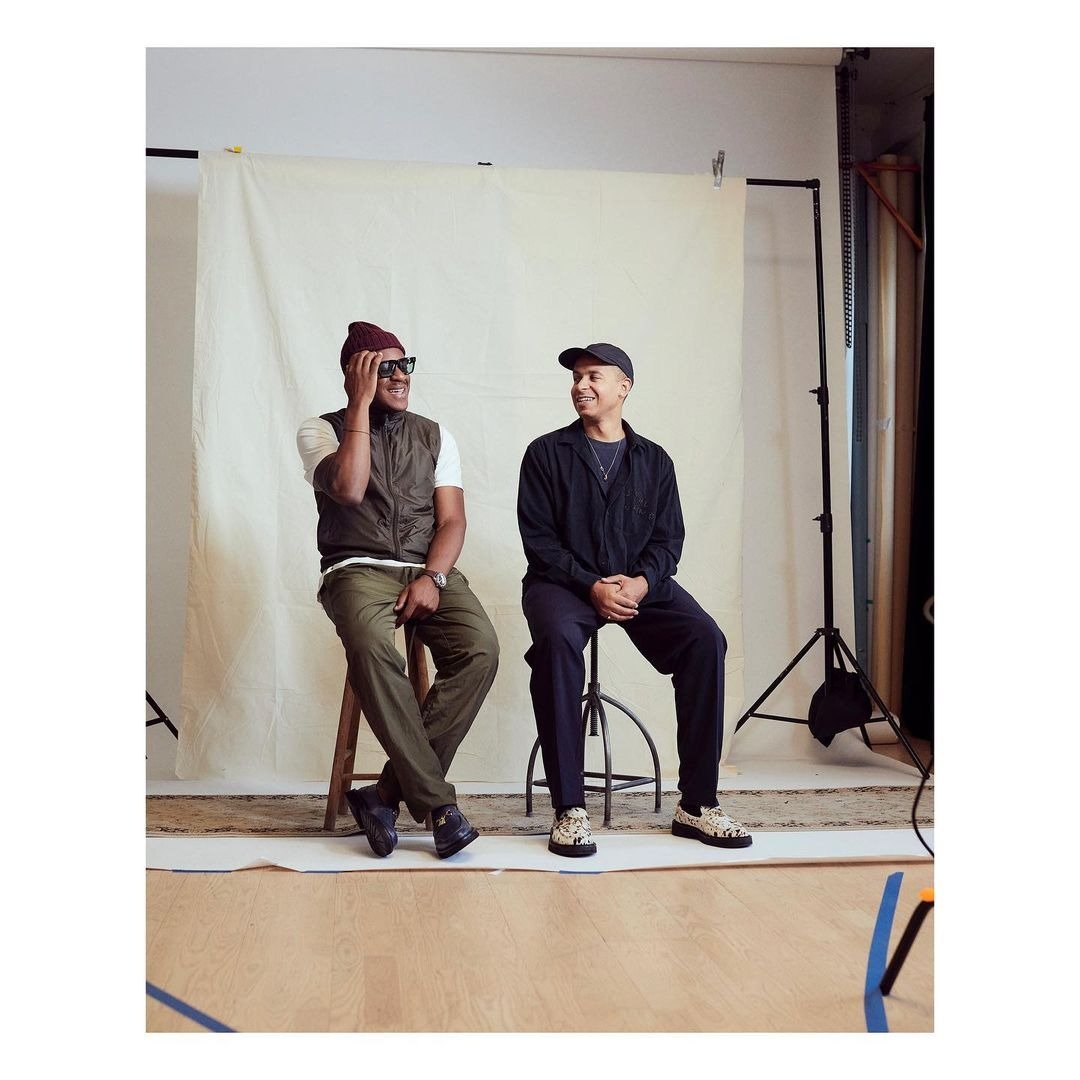
Virgil Nicholas and Silas Oda Adler
What are your tips for someone who is developing their own style?
“It starts with knowing who you are. A fashionable look or outfit can sometimes become a way to dress yourself up or to hide who you are, whereas style is about what we actually like and what you can see yourself wearing over and over again that resembles you. Also, read about pieces, find out how the penny loafer came about, the history of the slip dress, or research style icons. What makes hairstyles iconic today? Why do we like 90s fashion so much right now? Why's airport style interesting? I know a lot of men that research trends and decades and fashion and it's really been a way of shaping who they are. I've done the same, more from a research and creative perspective but it definitely helps me to also keep my own style universe sharp."
Who's your style icon?
“My dad. He always inspired me a lot."

Virgil Nicholas and son

Vinny's by Virgil Nicholas
Do you hope to be a style icon for your son?
“He already dresses way better than me. I think he already passed me. I just want to be a good role model, that's the most important thing for me."
Has becoming a father changed the way you work?
"Only that I have to leave work a little bit early. I love to work, so that's why I hate having to leave work early. When he sleeps, I really love to work. Especially when I get to live out my dream. I'm so blessed and lucky that he loves coming into work with me. He's an open-minded kid and really at ease around my colleagues. I can bring him anywhere and that really makes my workflow a whole lot better."
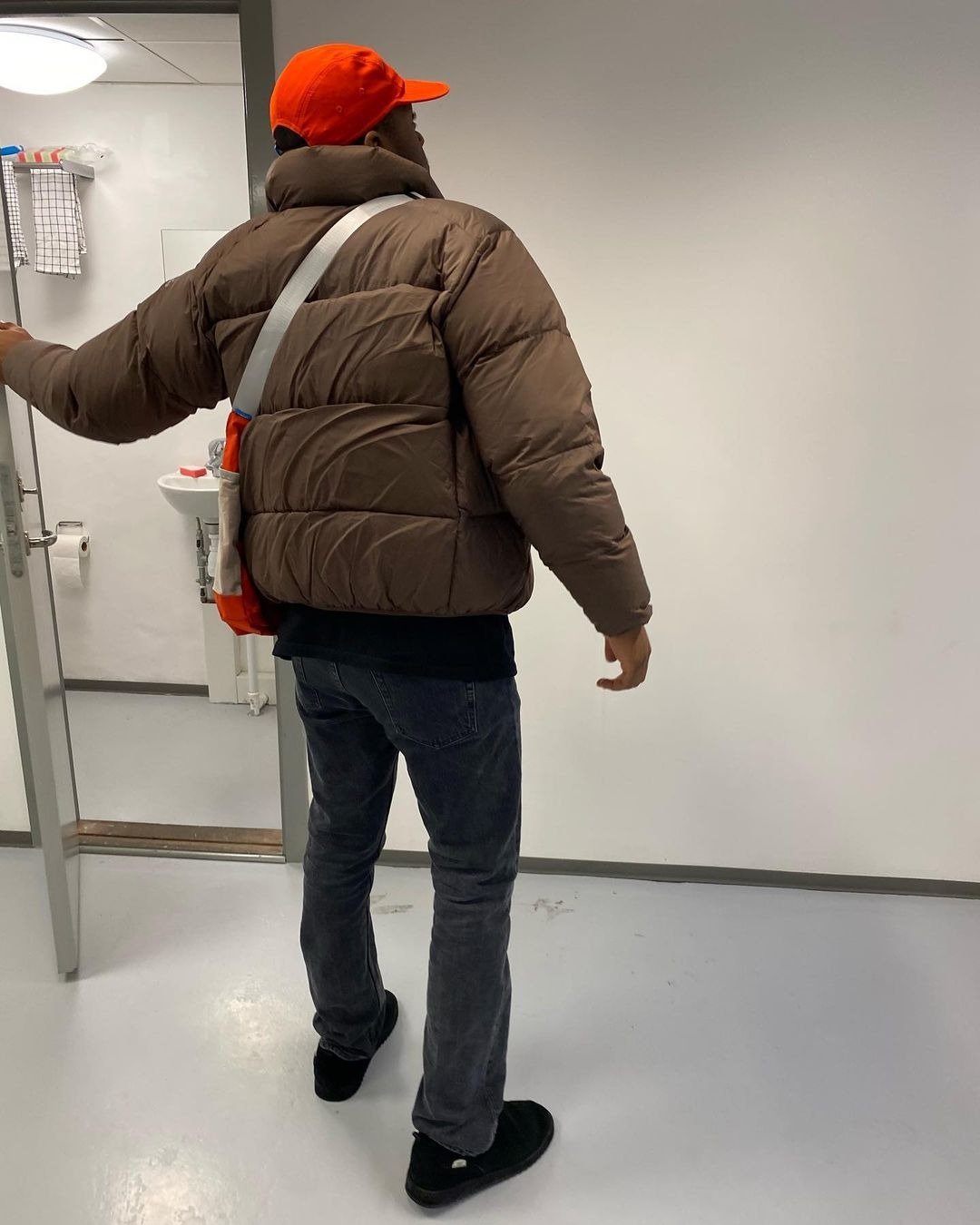
Virgil Nicolas at parelstudios
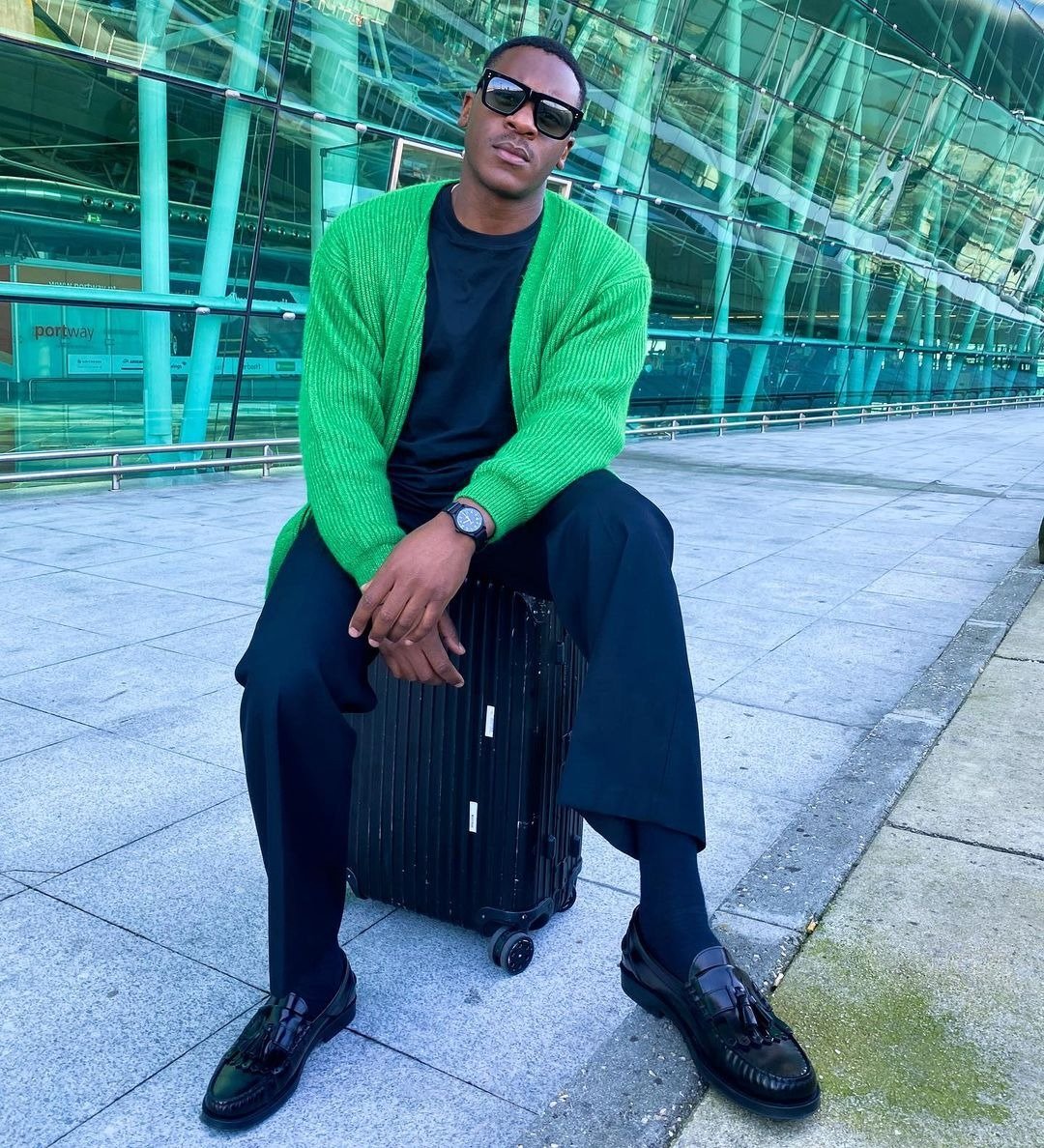
Virgil Nicholas
What’s your favorite place to work?
“We got our office four months ago and we have a red couch that I love sitting on. The most amazing thing is that our office is an old apartment, so we wanted to create a homey feeling. It's always hard to leave the office which is a good sign of a good workplace, at least for myself."
Where do you like to relax?
“Benches in my city. I love just sitting there and people watching. Not having any plans or any distractions, just a good pair of sunglasses to watch people. If you see me on a bench, you know what I'm doing. It’s the most relaxing thing ever."
As a successful creative, you’ve had a lot of great ideas. Tell us about your worst idea.
“My worst idea? Ha, that’s a good one. I don’t know, I’ve had a few. There was this one project, it was right after I started my first label, I wanted to create something that was more urban. So, we started making baseball t-shirts and the execution was good, but the name was horrible – it was a combination of three French words. I speak French with my parents, so it’s a big part of me and almost everything I do creatively starts with French. We actually got a lot of traction in France, but no one understood what we were trying to say. It was just the most horrible thing I've done. We had to shut it down quite quickly for numerous reasons but mostly the name was just a killer."
Name one thing you hope to get better at.
“I'm always on the go, always thinking about the next step, the next collection, the next campaign, am I picking up my son? I think what I need to be better at is enjoying the present. Enjoying the moment with people that are really dear to me. The thing I really value the most in my life are my relationships. It’s easy to make up an excuse not to meet up or make time for family and friends, but if it matters, then you need to remember to prioritize them. Time flies so fast."
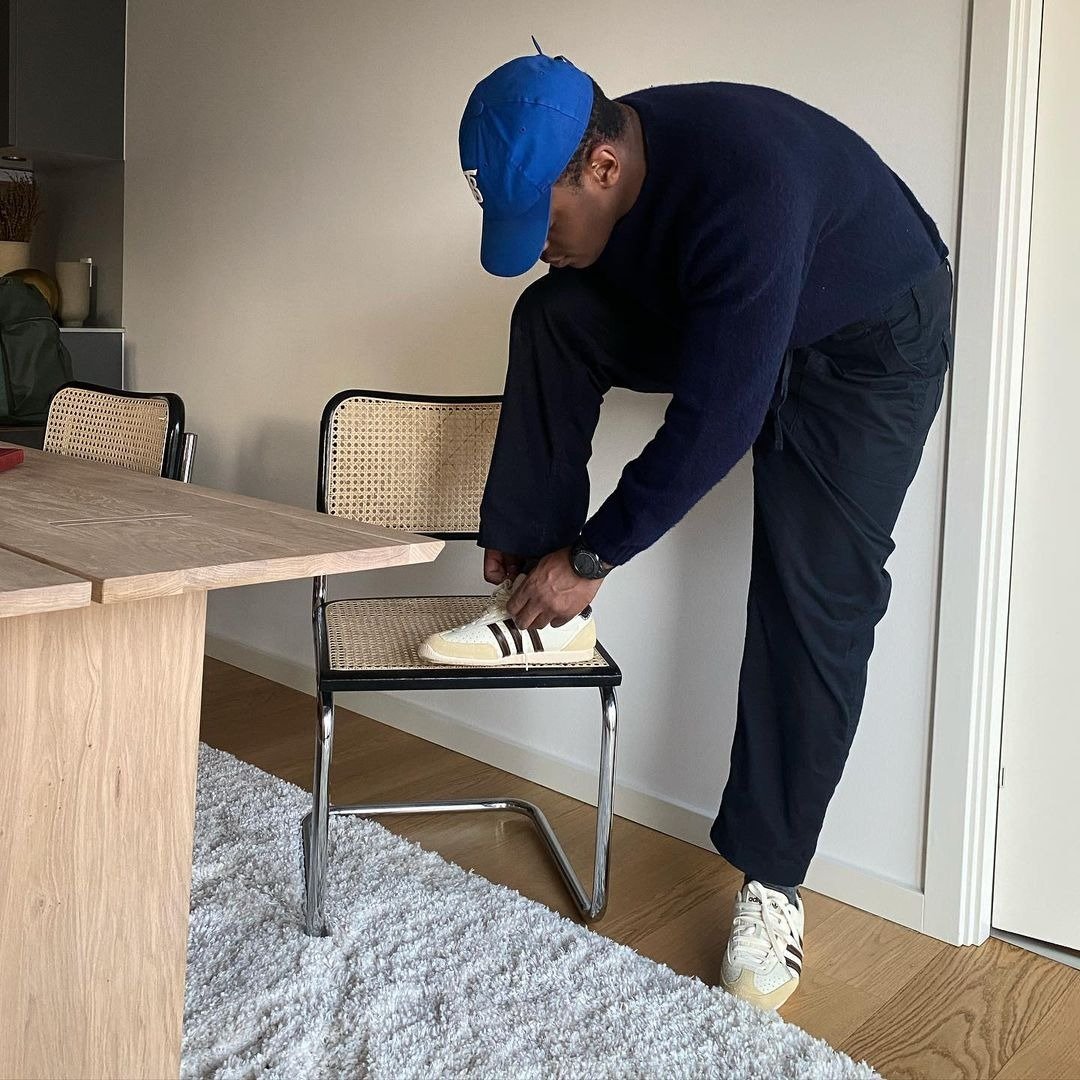
Virgil Nicholas
Tell us something you hate to do but have to.
"Every month, I have to go through all my expenses and find all my receipts. It’s a work thing that I hate to do. I try to be really good at it, but I hate it."
And something you love to do but rarely get to.
“I love to read and listen to audiobooks. I hate that I don't have or take the time to do it enough."
Do you have a favorite book?
The Alchemist by Paulo Coelho. Love it. It was really a kickstarter for how I started to believe in myself and knowing that anything you set your mind to is possible."
What's one song you listen to on repeat?
“Gold by Prince. I saw him perform it live at a festival here in Denmark. It was a crazy experience."
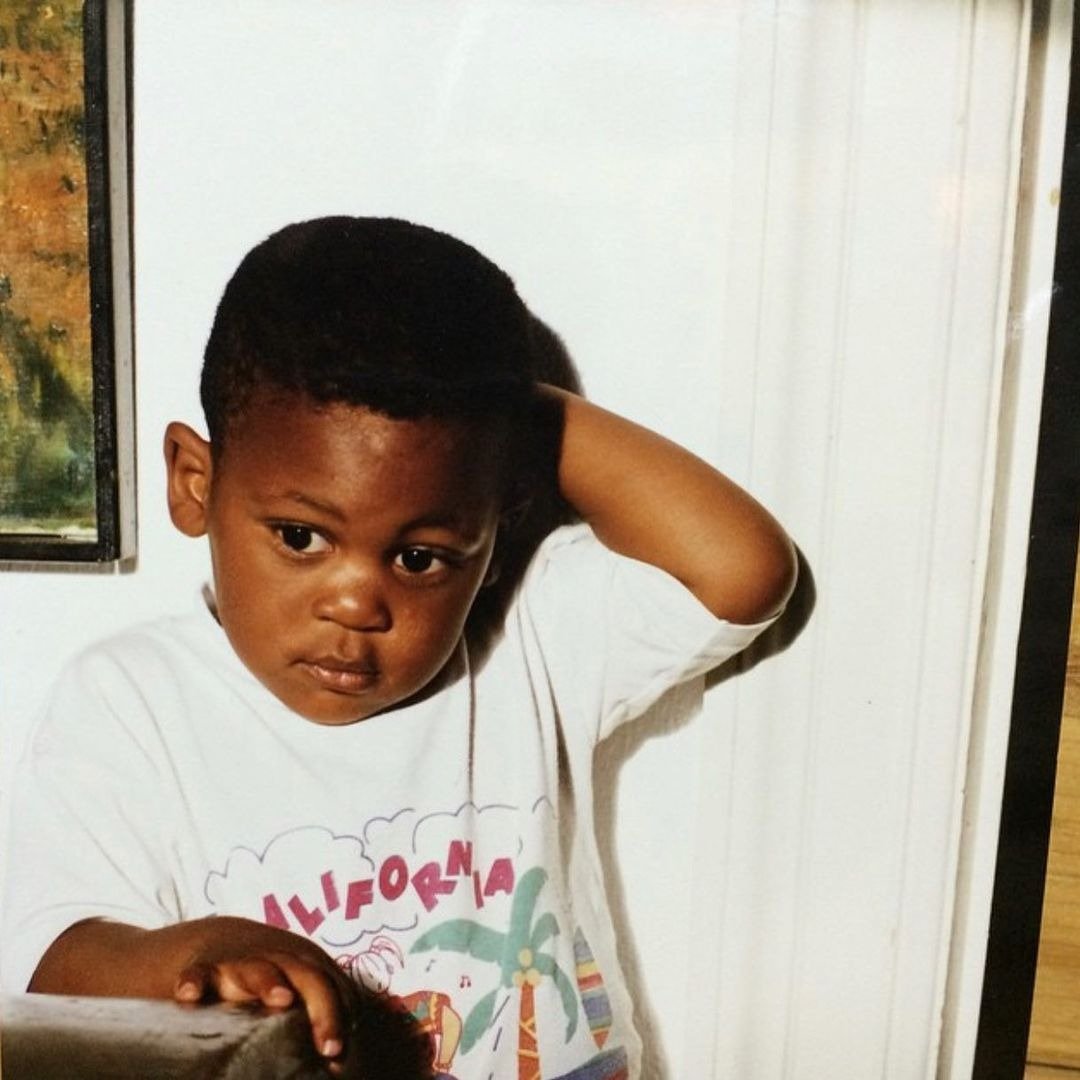
A young Virgil Nicholas
Lastly, name a person, place, and thing that inspires you.
"One of the places that inspires me a lot is Marrakech. I like it because it's a place where I always calm down, but I also see so much culture and so much honesty and genuineness in the population. I think, in general, Africa is fun because it's very true to its roots.
For people, I've always been a huge fan of, it’s so cliché, but Denzel Washington. I love that guy mainly because he's really talented and he can wear a lot of hats, so to speak. His body of work combined with who he is as a person, from what he says, how he thinks, how he operates, and his composure is inspirational.
I'm really inspired by tech and how it creates communities. For example, who would have thought even just ten years ago that there would be a car service where you can drive awesome cars without taking anything but your mobile device, logging in, driving it, then leaving it to share with another human being? It’s stuff like that, the whole shared economy in tech, I think is fantastic. It's about being helpful to each other. If the shared economy in tech could be integrated with fashion in a mainstream way, not just in the niches where it is right now, it would definitely be game-changing for the whole world."
NATHALIE ROBBERSE
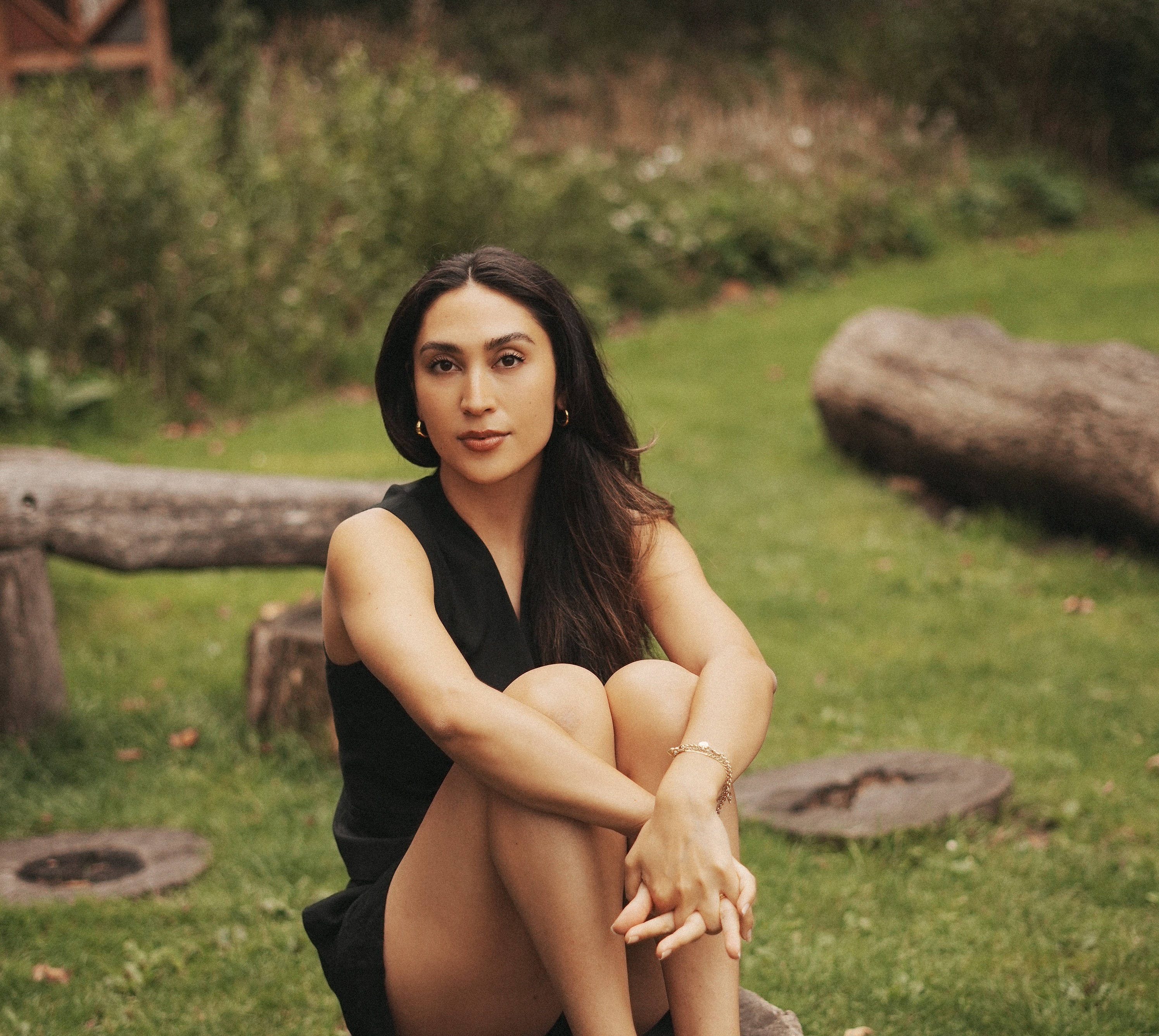
Co-founder of TEN – a networking community for entrepreneurial women that started in Amsterdam and is now going global. From working in a start-up, to starting her own, her journey is one that shows how connection, creativity and community can lead to great things.
24 Oct 2023
Olaf Hussein
Hi Nathalie. What were you doing pre-TEN? How did that lead to starting the community?
I first worked at fashion brand Daily Paper after I studied at Academie Artemis where I specialized in Strategy & Creative Concepting for fashion, interior and media. What was nice was that I got the option to work with a business coach there. I really enjoyed that also because I wasn’t really being taught about the organisational part. I think for myself as a person I am quite organised and I love organising projects so it is something I like to do but it’s not something I studied, especially business wise. It’s a whole different game. So that was really nice to have someone. She is a really inspiring woman who really had more of an experienced big sister type of role. She was able to lead the way a bit more for me. She was also the one who told me to get out there and go network, which was something that I really wanted to do but I really didn’t know where. Three years ago in Amsterdam there were many events in the creative industry but they were more focused on PR and brand type of events. I really felt like there wasn’t a place that was about the people in it and the type of connection. I felt really disconnected when I went to several events. That’s when the pandemic came and I decided to set up my own network.
I had the mission to bring women together because I thought it was interesting to see how we could support each other in that way. I think it’s just a really beautiful thing to have women come together in one space as well. I wanted to have deep connections, meaningful conversations, to support each other, inspire each other, and also share knowledge. I started a closed Instagram account, invited my own network and asked everybody to invite ten other women to the group. I think it worked because a lot of women liked the idea that they were also part of it. A lot of women were really eager to invite other people as well. It grew quite fast right from the beginning. Then I also met my business partner through the network which was really nice.

Biography
Founder of TEN Women and ambitious entrepreneur with a creative background and proven track record in managing projects from concept to completion. Developing business models, (marketing) strategies and coaching individuals effectively. Known for being a realistic optimist with an open-minded growth mindset.
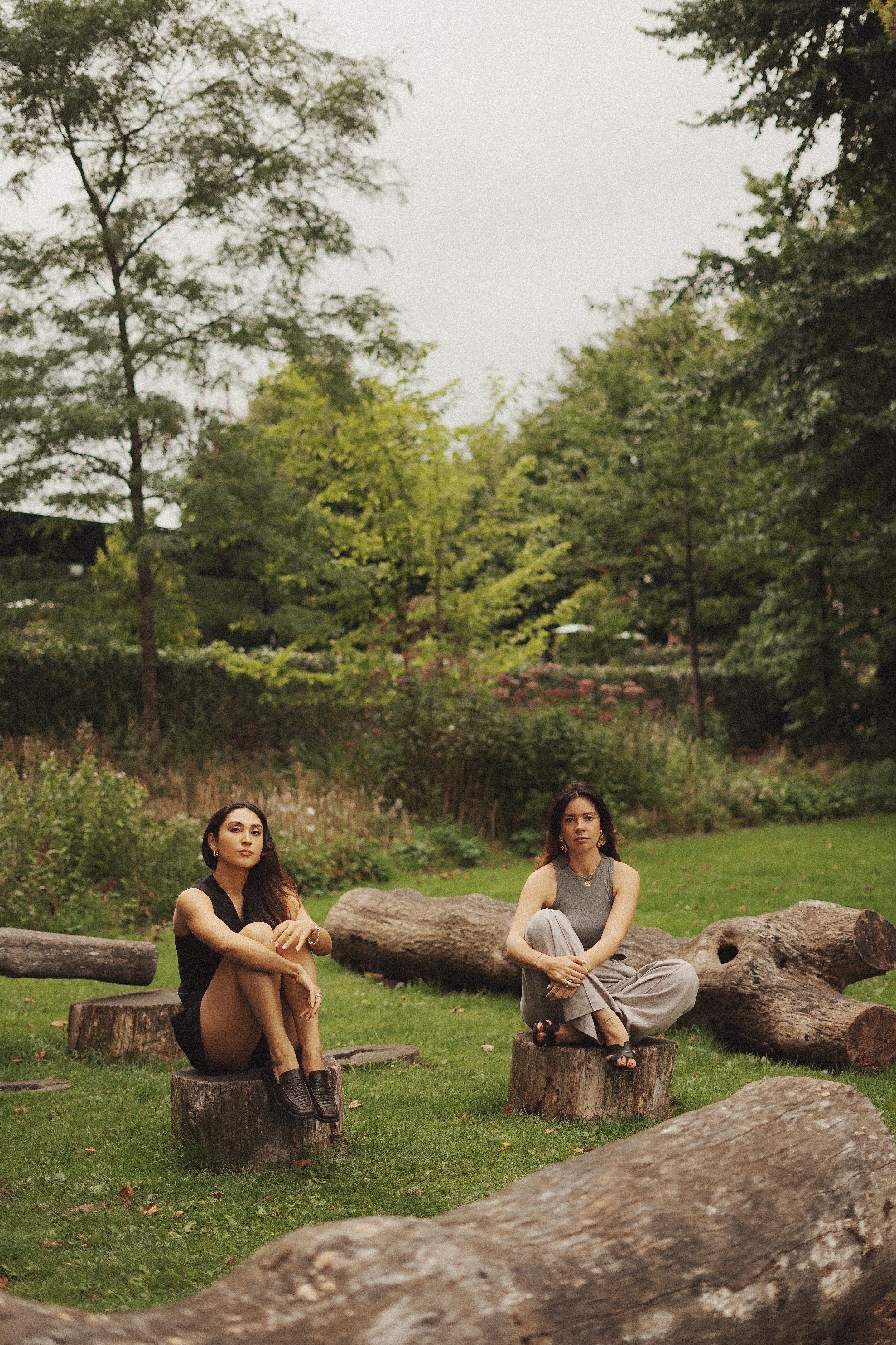
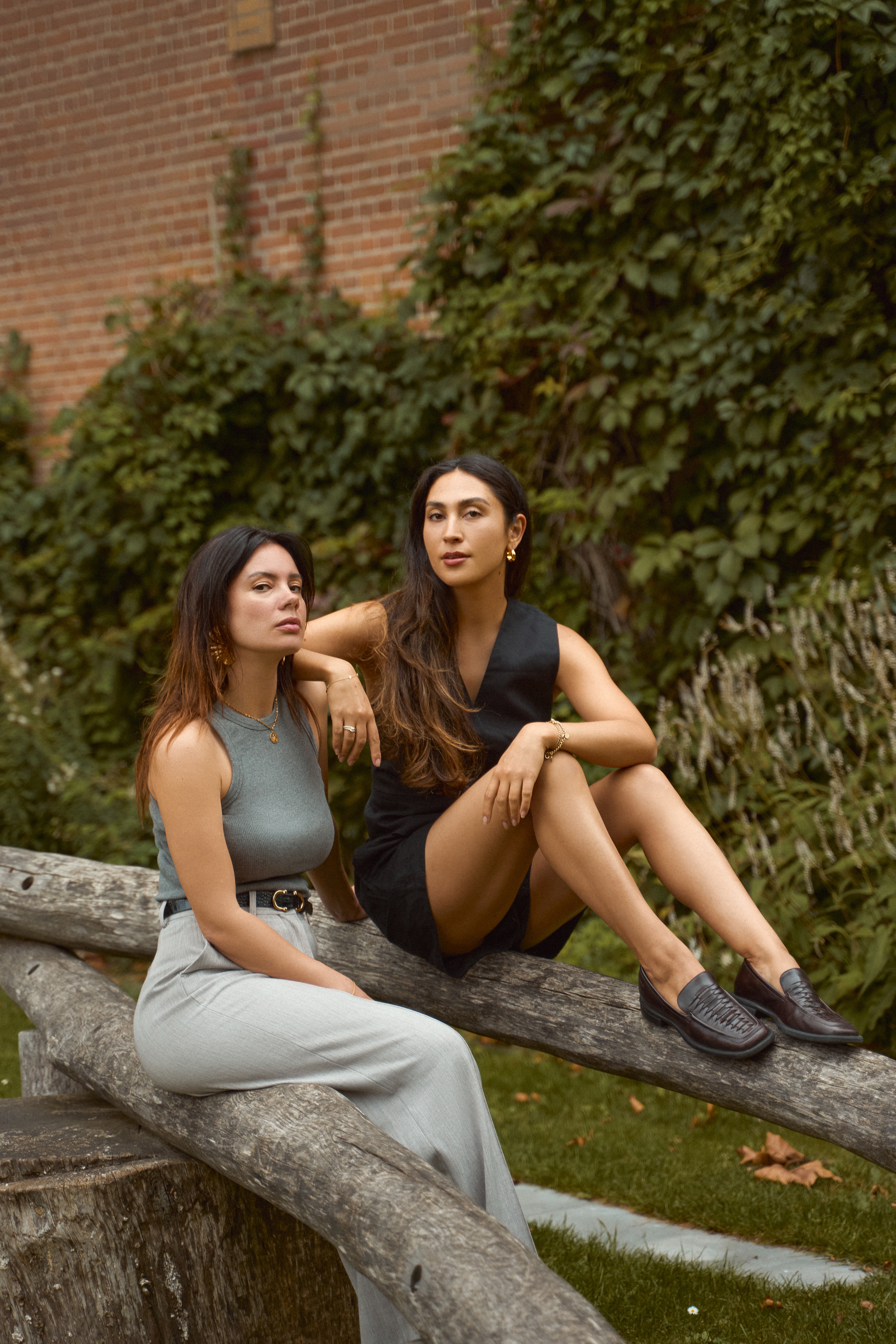
It was through you inviting people that you ended up meeting her?
Exactly yeah. She was in that closed account. She reached out to me and we decided to organise events together. We clicked so well that I really felt like it was just way more fun to do it together than just by myself. We share the same vision and I think it’s really unique to find someone in that way.
A perfect example of the power of networking!
It’s super funny - we’re the living example of what you can get out of TEN. We didn’t even realise it in the beginning. We organised many different events from that moment on and we grew into TEN later on.
TEN tells women that “it’s time to step into your power”. What does that mean to you? When do you feel at your most powerful?
I think for everybody stepping into your power can have a different meaning. I think it’s letting go of the things that are holding you back. It’s tapping into the knowledge that is already around you by surrounding yourself with the right people who have the knowledge that you are attracted to and who also want to share that knowledge with you. People who are on the same path in wanting to grow into the best version of themselves. There’s a Harvard study that says that you become like the 5 people that you surround yourself with. I think it’s interesting because I feel that it doesn’t matter what type of studies you’ve done, it really depends on a certain mindset and who you surround yourself with. And I guess that’s also the answer I have for myself – when I surround myself with inspiring people, inspiring women, it definitely gives me a feeling of power and wealth.
Your membership is open to anyone who “believes in the power of feminine energy”. Tell us more.
We’ve always had a focus on women and we often get asked who the platform is available to. We said feminine energy because we actually don’t want to limit it to a gender, but also have the focus on the fact that being in your feminine energy is really powerful as well. You can draw a lot of strength from being in your feminine energy. It depends on your industry but there is a big stigma around being vulnerable, for instance. It’s seen as weak, while I can see that it’s really your power. That’s what we really mean by “in your feminine energy”. We really believe in that and we also want to attract people in our community who stand behind that.
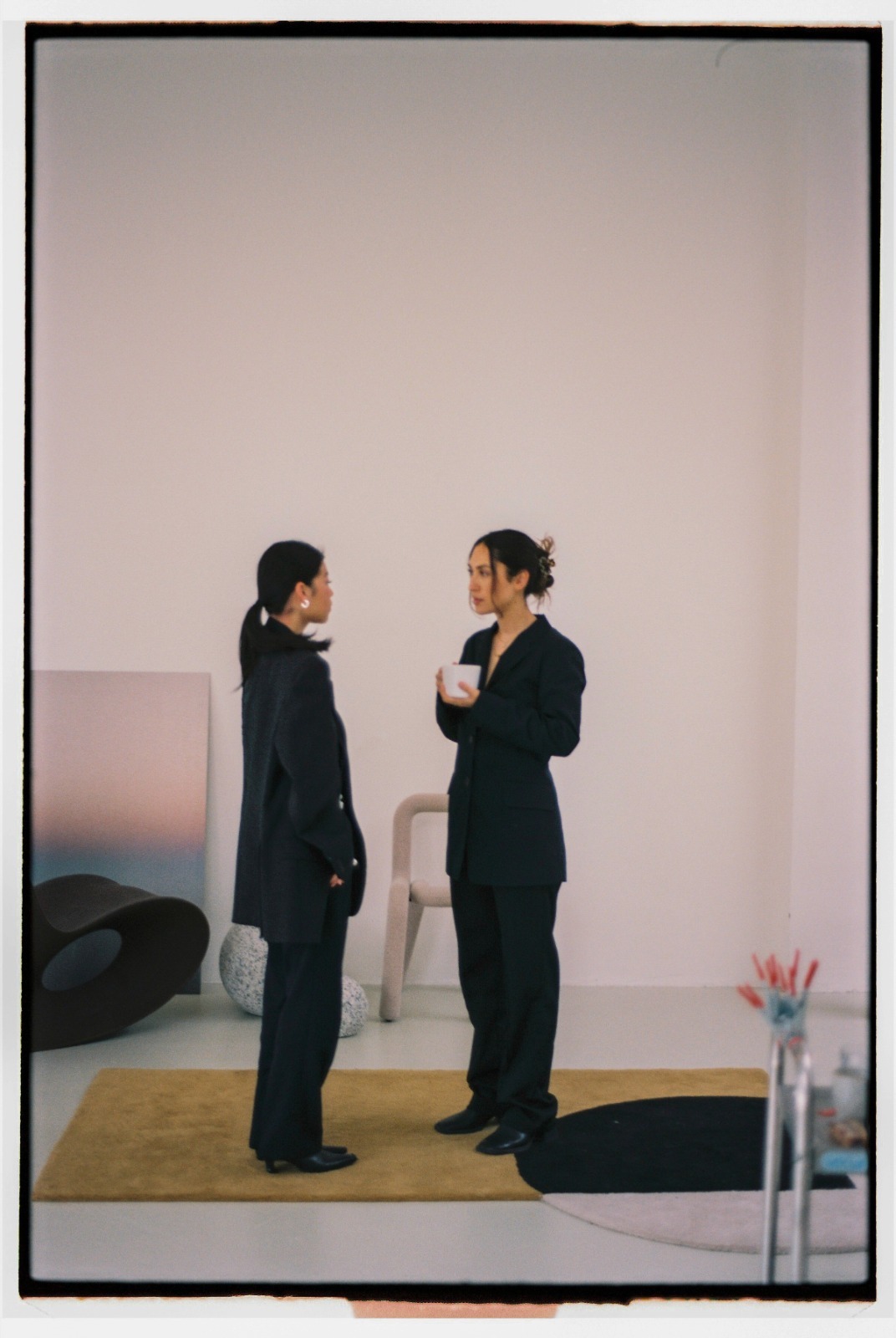
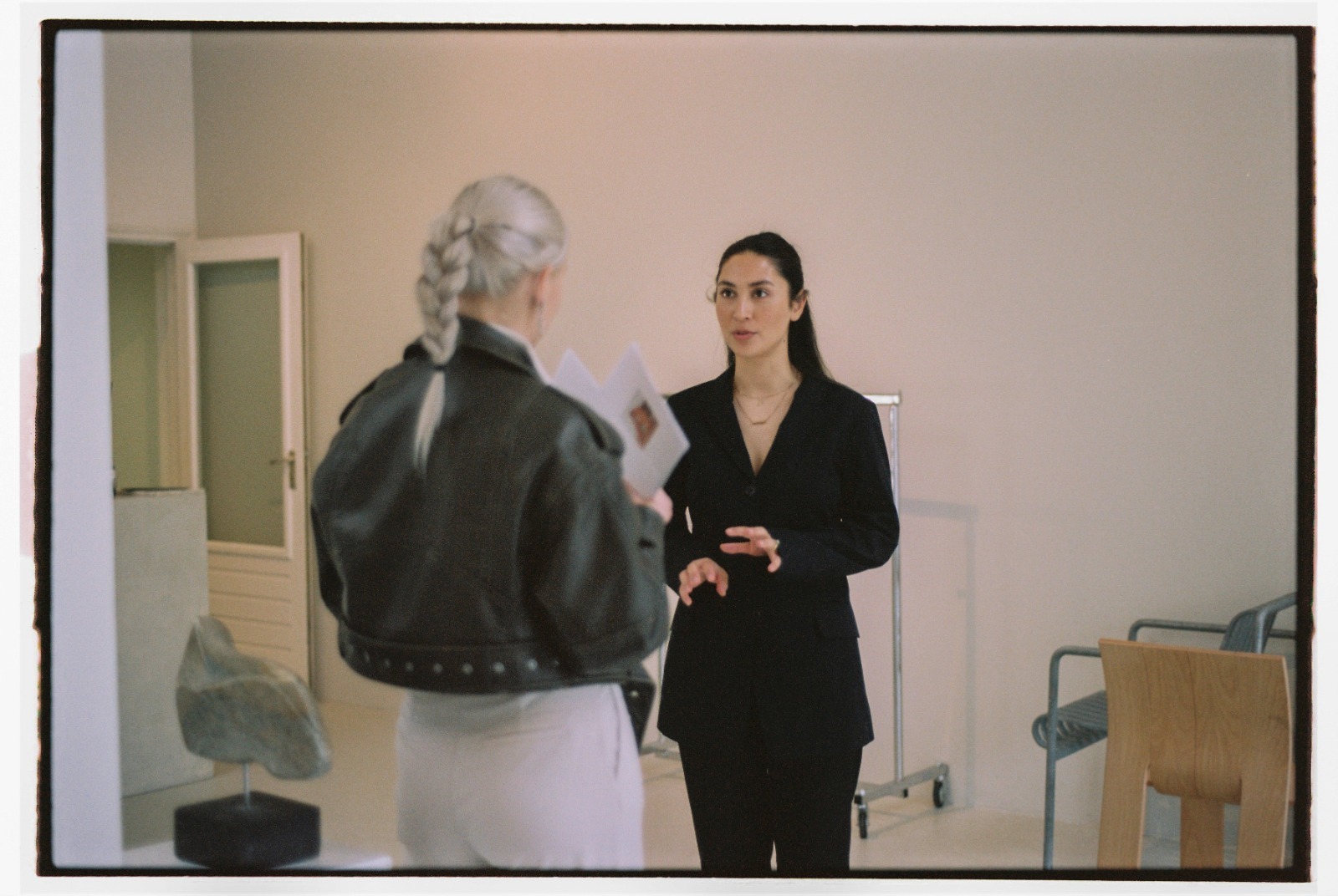
TEN is open to entrepreneurial women from all creative backgrounds. Can you talk about the mix of profiles of your members?
It started out in the creative industry because that’s mostly where my own network was. We narrowed it down and made it into a niche for us. But the longer we were working on TEN, the more we realised that we didn’t want to be limited to only the creative industry. You have so many women with the same spirit who also want to be connected to each other and also feel like they can share their knowledge. It’s actually really nice to have someone talk about finance or generational wealth, which is a totally different topic to what the creative industry is used to or ever has a connection with. We believe it’s super nice to bring these two worlds together. It’s important to learn from that side as well even if maybe it’s not your first interest. We believe in the cross over of different industries. That’s what we realised later on and that’s why we opened it up a bit more. We focus on women with an entrepreneurial spirit, so it could be that you’re working somewhere and want to start a side hustle or eventually work for yourself. Or if you’re in a leading position, that also really fits within our community. The industries are quite broad.
Can you give an example of how you foster human connections through creativity at your events?
Human connection is what we focus most on at our events. The creative thing is something that we sometimes implement but you don’t need to be creative in that sense. For instance, we’ve sometimes hosted ceramics workshops and shared with people that it’s just to get their inner child out and be playful. Not to focus on making something super professional. We added a twist that they had to create a ceramic for someone else – like the person sitting in front of them. Which is fun because they’re then trying to get to know another person and what they like.
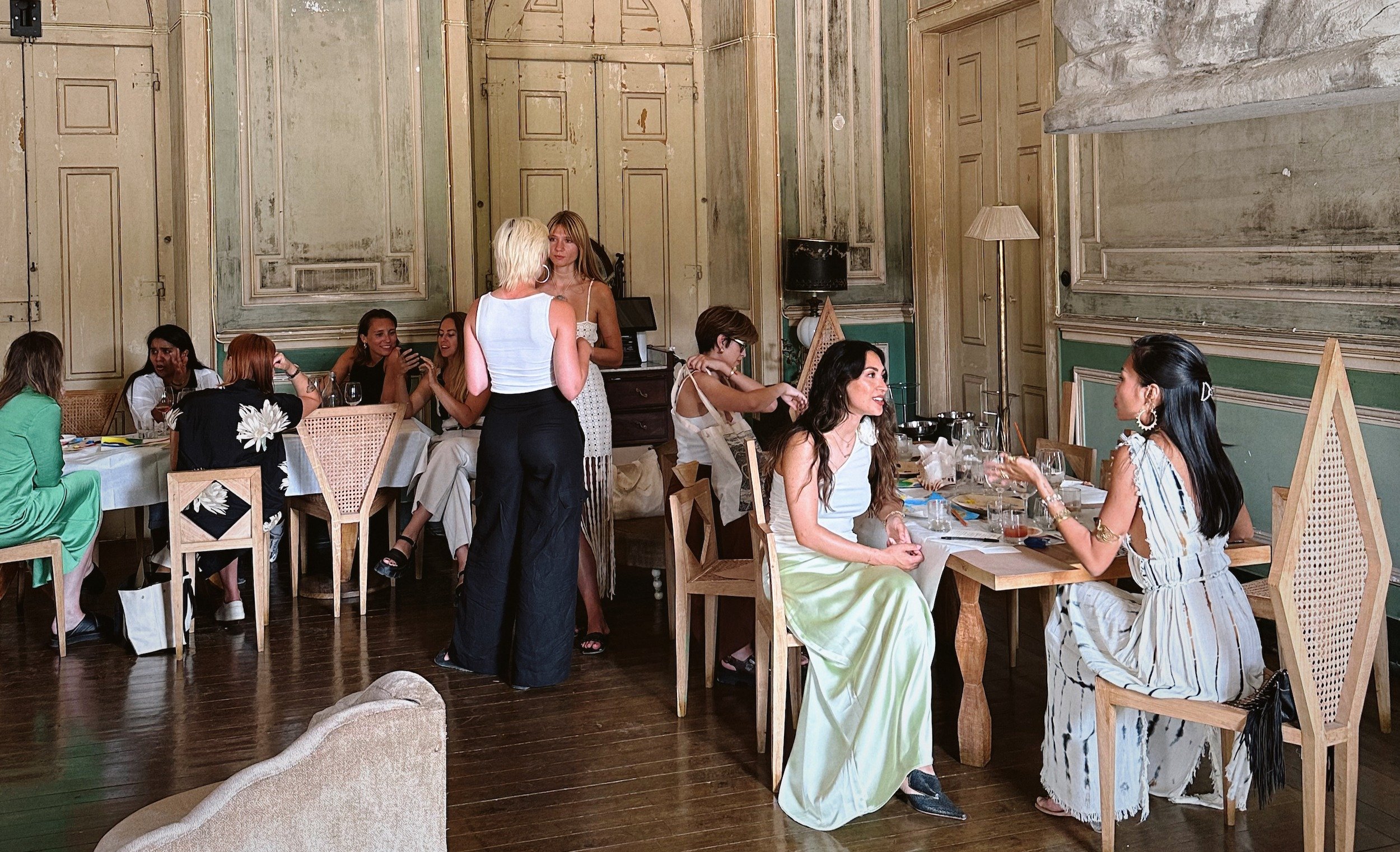



Do you have any personal creative practices? Either that feed into your professional work or maybe allow you an escape?
I used to always really love to draw but it’s something I don’t do often anymore. I think in general being creative and working with your hands is something that a lot of people really enjoy but forget to do because you get caught up in all the other things you have to do. That’s what led us to do creative workshops at our events -sometimes you just need to plan that moment. I don’t think a lot of people would easily say, “OK, tonight after dinner I’m going to sit and draw.” I try to sometimes but it’s really easy to get caught up in other things or maybe watch a movie, which is also nice, but it’s not really feeding into your creativity. I think it’s really healthy to do it also.
Maybe you’ll be inspired to do a bit more drawing now! Moving from creativity to culture – TEN has done a few international events now. How does the different cultural setting feed into the experience? Do you feel like each country creates a different vibe for the meet ups?
It’s something that we find super important and that’s why we work with local women when we go to other countries. We really believe it’s a synergy. We bring our concept of finding connection with one another, which is kind of universal – you don’t need language to find a connection with someone. But, of course, there are many different cultural ways of interacting. For instance, in New York people are really outspoken, whereas in Holland, people are more introverted. Our local teams are very valuable to us as they understand what works best.
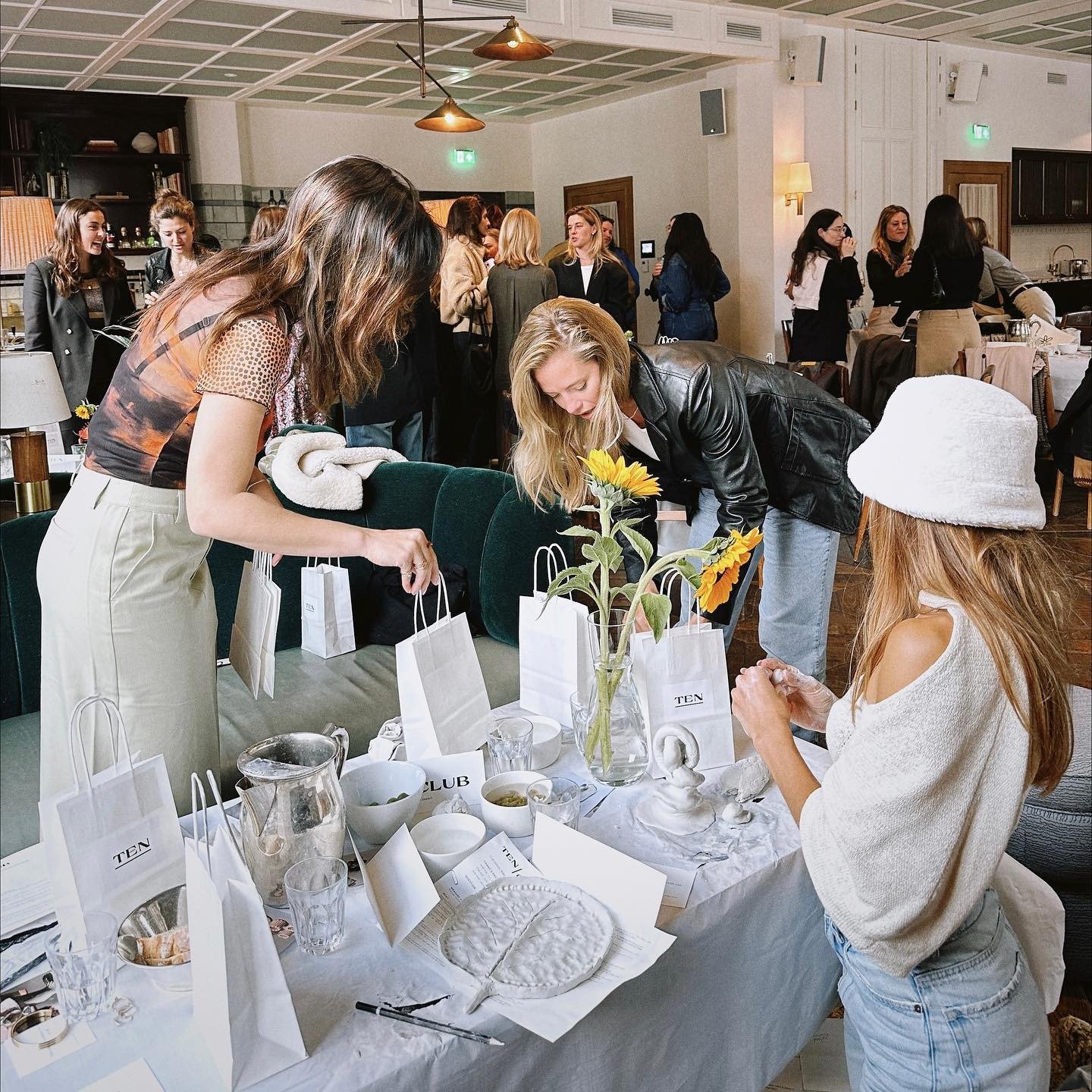

So, events are tailored to your location?
Yep, and I think this is also something that we want to explore more in the future, to see how we can more specifically tap into the different cultures that we enter.
Do you have a story from an event that stands out as encapsulating what TEN is all about?
It’s difficult to describe only one! I think for Luca and I, any event is really rewarding to us. We both feel really grateful for the gratitude we get from the women who join us because they have felt a connection with someone. We’ve researched that and it’s a basic human need to have these connections. A lot of us don’t even realise how disconnected we all are.
Finally, what are your hopes for the future of TEN?
We want to build our network internationally but also outside the western world because we really want to see how we can connect women globally!
LOUIS A. W. SHERIDAN

To travel is to live and Louis A. W. Sheridan has elevated travel into an aspirational lifestyle. Through photography, writing, and a keen creative eye, Sheridan has become an industry expert. In this edition of Citizens, he tells us about his journey from fashion writer to founder of Discover & Escape studio and creative director of Mr & Mrs Smith – the travel club for hotel lovers.
14 Feb 2022
Paolo gattone
Hey Louis, how did you get into photography and writing??
“I started taking photos when I was pretty young, like a teenager just carrying around a camera, taking pictures of friends skateboarding and street stuff, really trying to find my vision. Later on I studied photography which started to kill my love for it a bit. It made it a very formulaic process and removed some of the magic for me.
At the same time, I started to write more and found myself feeling like writing was where I could be creative and engaged without barriers. So professionally, I started out in fashion. I was a writer first and foremost, reviewing shows, writing stories for some niche magazines, and then interning for the bigger ones. Alongside this my photos started to become more fashion focused. I was shooting new faces for model agencies and the odd editorial, which felt refreshing."
How did you make the transition to travel?
“Through fashion, I found that travel was the most engaging element to anything I was doing. That was the part that was standing out above everything else. New people, new places. It was a natural segue into travel – I created an editorial platform, D&E (Discover & Escape) with my partner, and started trying to blend these two worlds. We were approaching people in fashion, film, and music but sneaking to them purely about travel. ‘Everything through a travel lens’. Everyone had so much to say about this wild world of travel, and it snowballed from there."
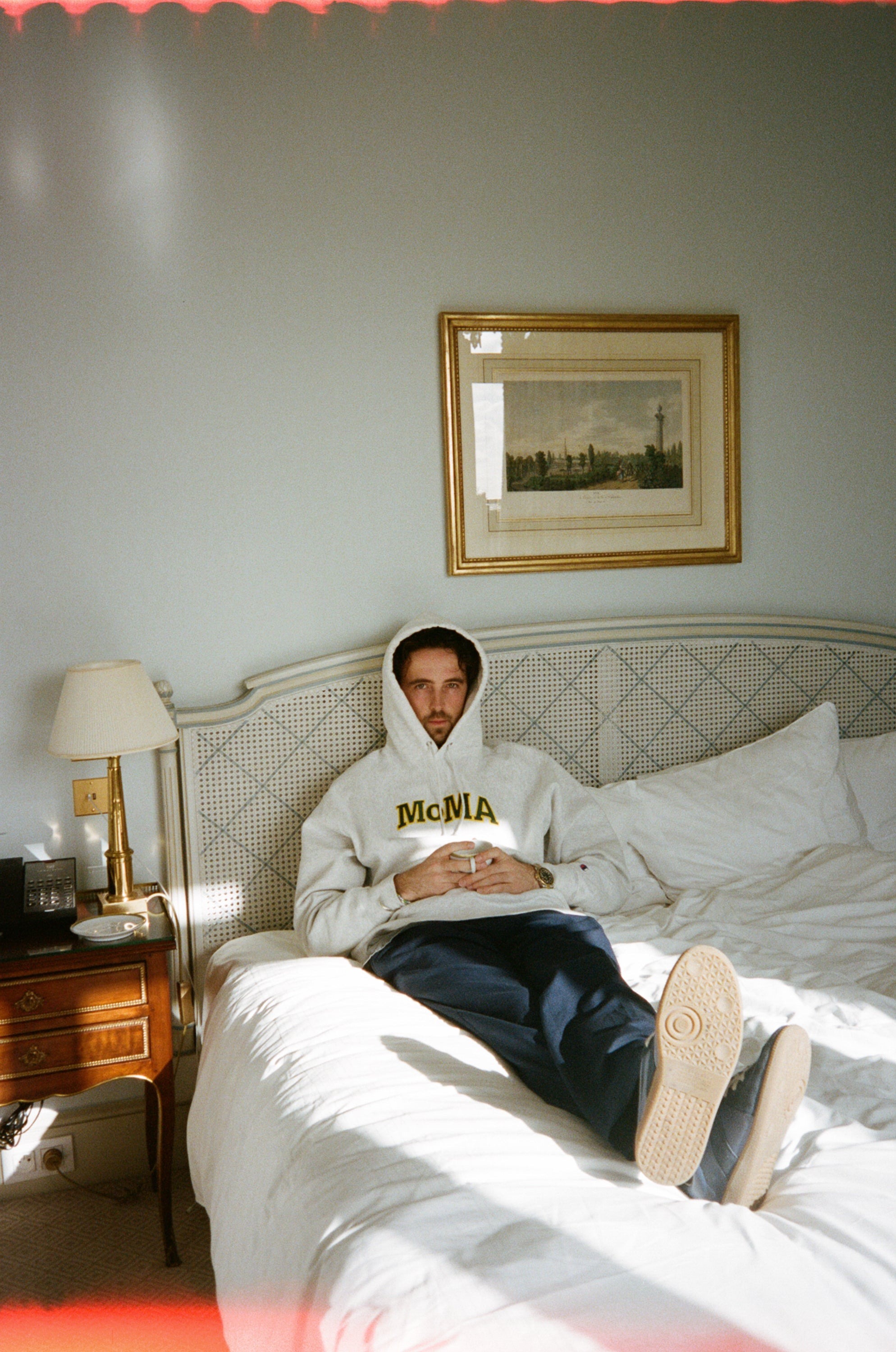
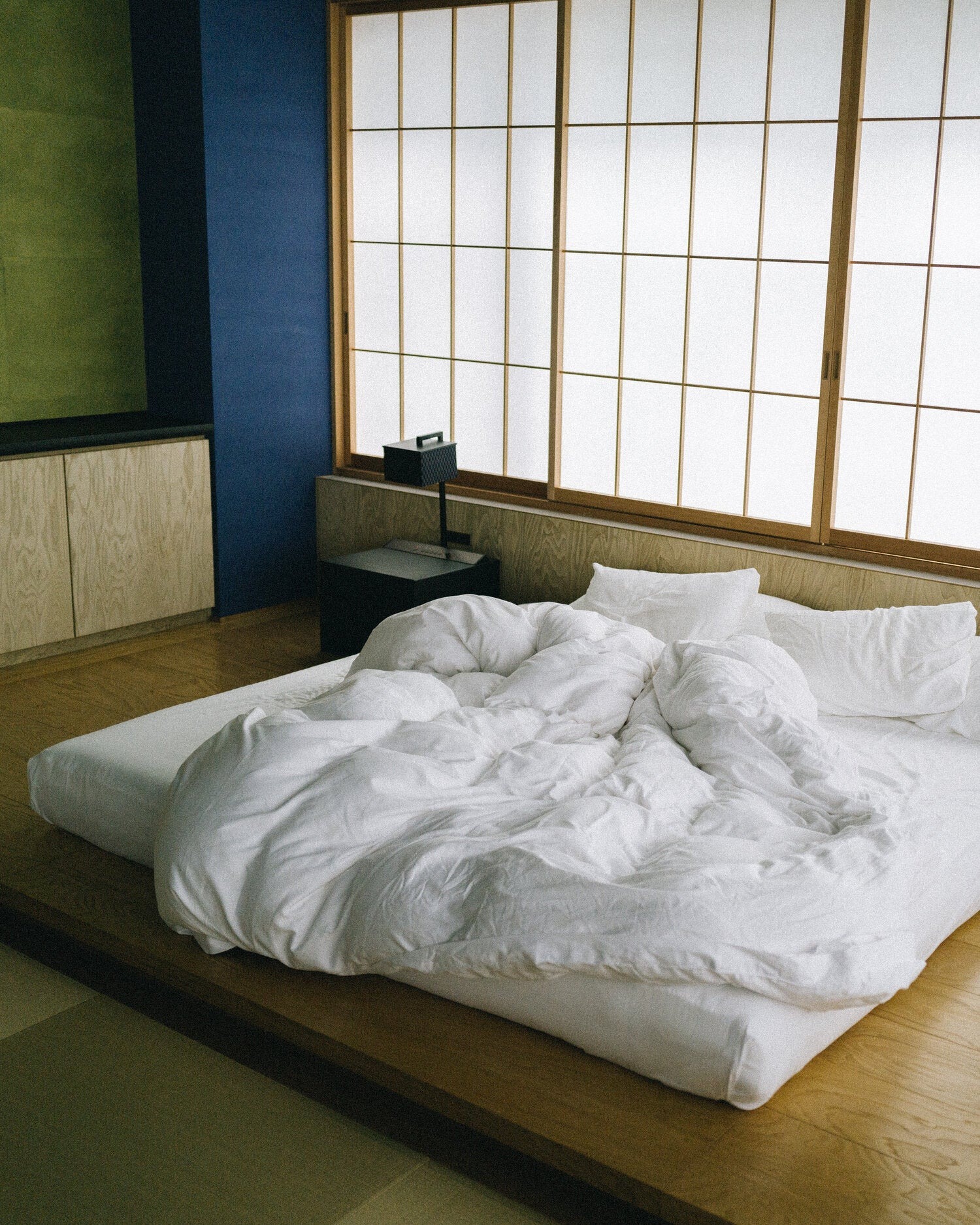
So, from that platform you created your studio.
“Yeah, it started off as an editorial platform and gradually transformed into a creative consultancy slash studio. We've got photographers, writers, designers, developers globally and are connecting the dots between businesses and creatives. There was luck involved in that we started at a time when Instagram was first taking off, so aesthetics became more important to businesses than ever before and we had the keys."
Any tips on starting your own studio or business?
“Honestly, some of my tips are probably outdated because so much happened organically and the landscape changes weekly. I guess if I were to do it now, I would say, it's worth having either an exit plan or a scaling plan from the very beginning. It’s not cool to talk about in the creative world but if you get to a certain point where you know you either want to move on to something else, or you want to bring other people in, but everything behind the scenes is really messy, it's going to be difficult. The other tip is that the personal relationship is always the most important part of the working relationship. Wherever you are in the world, you're probably not that far from an extremely talented writer, photographer, social media manager, designer, or whoever you need, and so you can afford to be picky and work with someone you identify with on a deeper level."
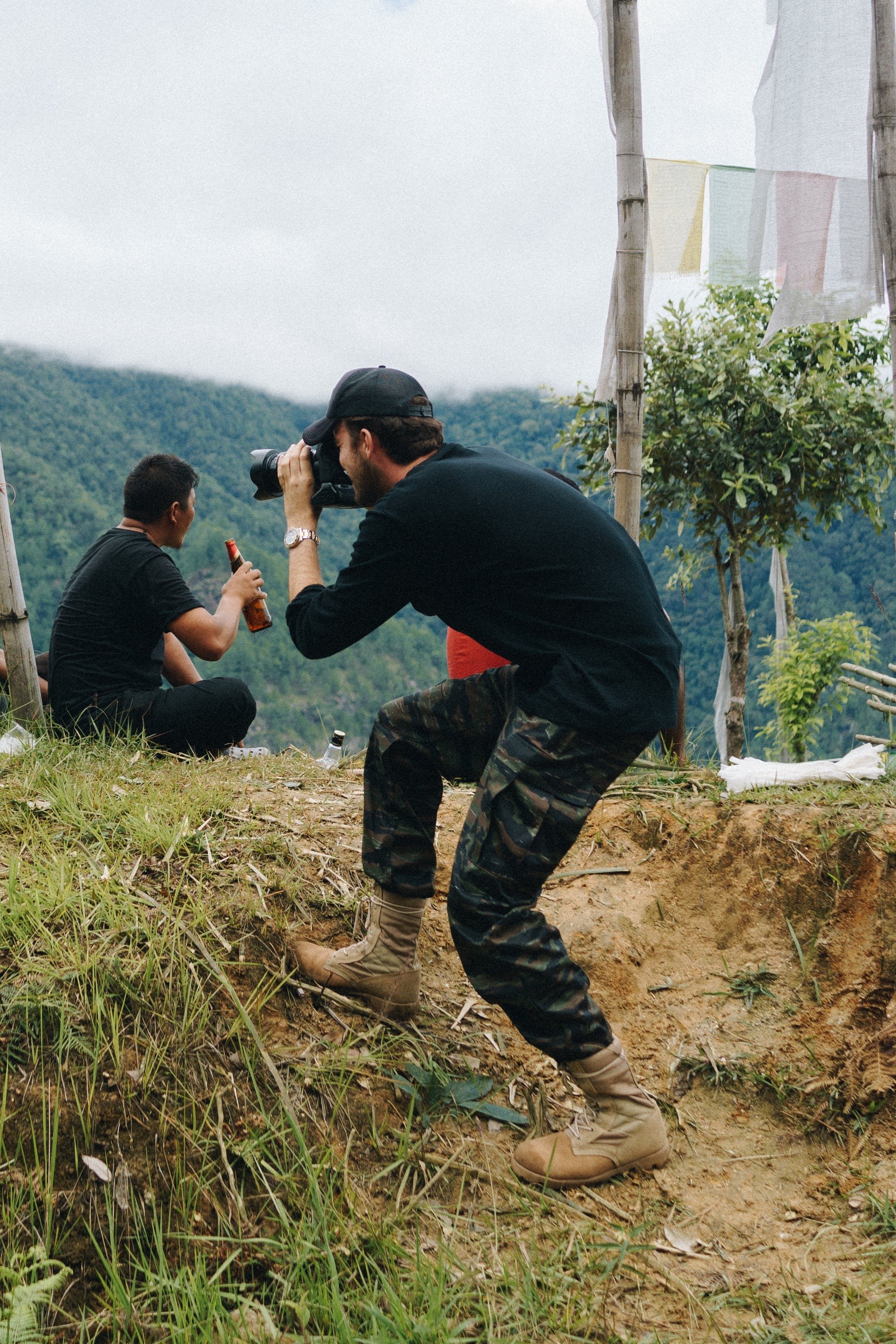
As creative director at Mr & Mrs Smith, tell us what kind of hotel makes the list..
“Hotels with genuine soul. Passion projects, dreams that have been realised, and places you’d actually want to live. They have a focus on design and style whilst still being authentic, and your overall experience there is a memory you play on repeat. We’re also looking for hotels that transcend travel, the places that consider their local impact and how they can weave sustainability into what they do. We have places like an isolated cabin in the wilds of Norway, and then there’s an old school New York hotel with bellboys and tasseled keys – the common thread between those places is they both care about what they're doing. There is an obvious love for what they do, and it’s infectious."
What are your 2022 travel trend predictions?
“The last few years we’ve all spoken about experiential travel a lot. But I think we’re moving beyond it, more the idea of fully immersing yourself in culture and embracing a lifestyle entirely, it's no longer enough to just pick from a list of experiences. Instead, it's a more engaged way of travel where you get to experience and gain insight into how other people really live. Like your own alternate reality is out there waiting for you."

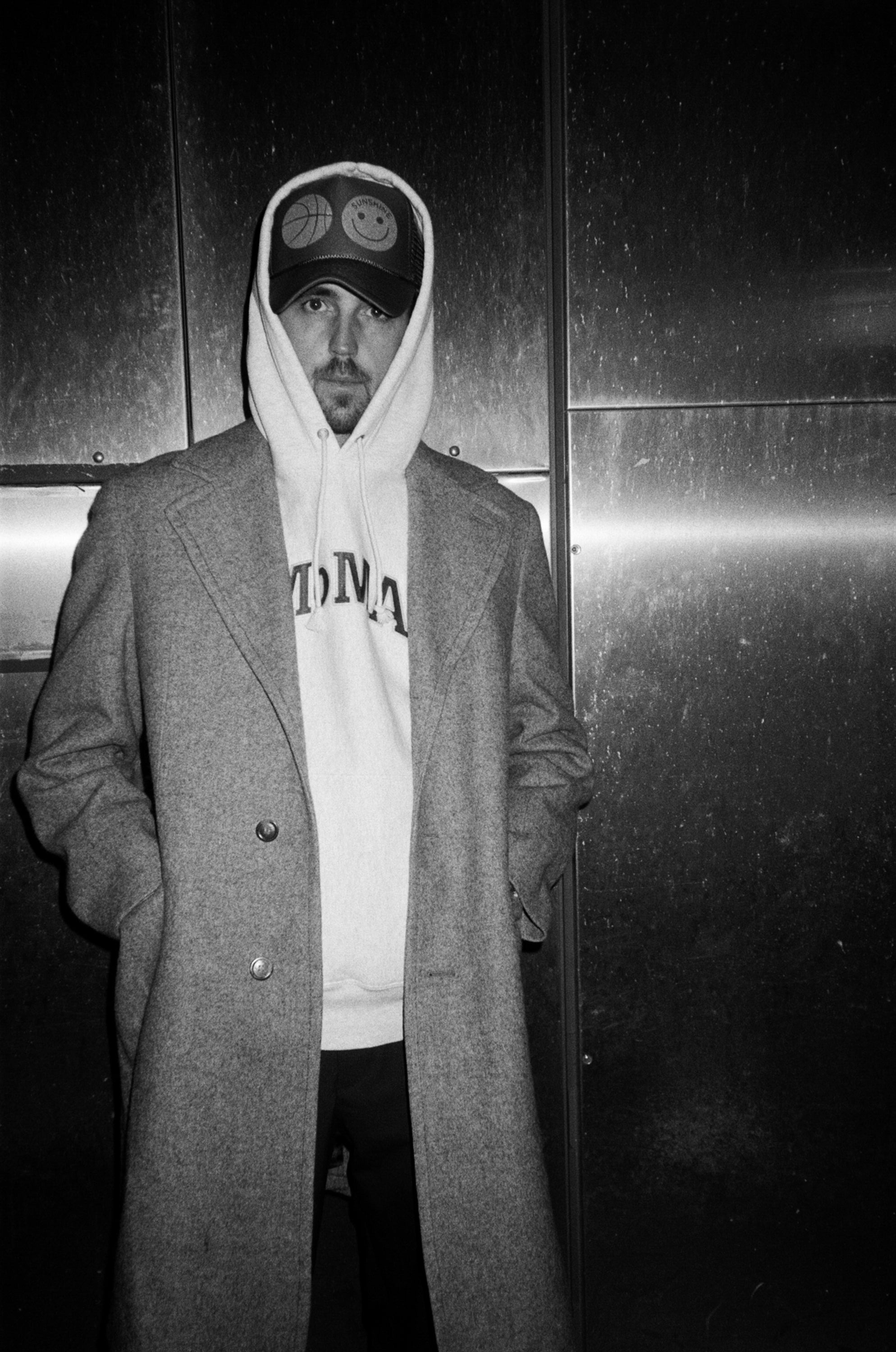
How do you think the pandemic affected a traveler’s mindset?
“I think the pandemic almost forced people into looking at what it is they actually want to do when they have the choice, what drives them most, and every decision on how we spend our time is even more important than it was before. So, I think with travel, there's a lot more meaning and emphasis on each trip we take. We’re looking for those memories we can play on repeat in the future."
Name your top 5 must-have travel items.
“Camera, number one. A laptop or my phone. With a fully charged phone you can do anything. A USB for impromptu DJ sets. If there's a chance to get behind the decks, it's going to happen. A double-breasted blazer or sports jacket. You never know where you're going to end up, and sometimes “black tie” is like an access all areas pass. And then a pen, a sharpie specifically."
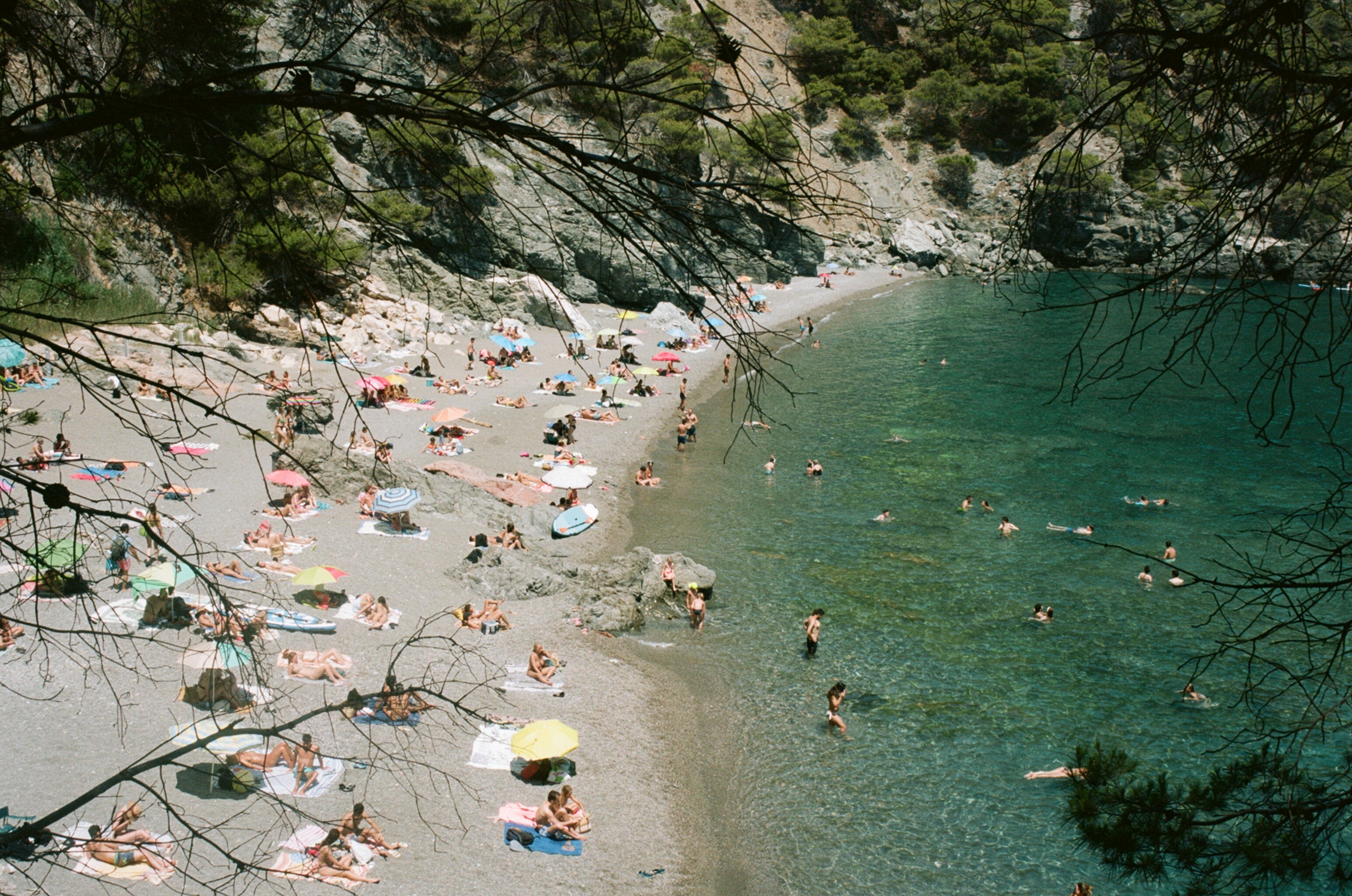

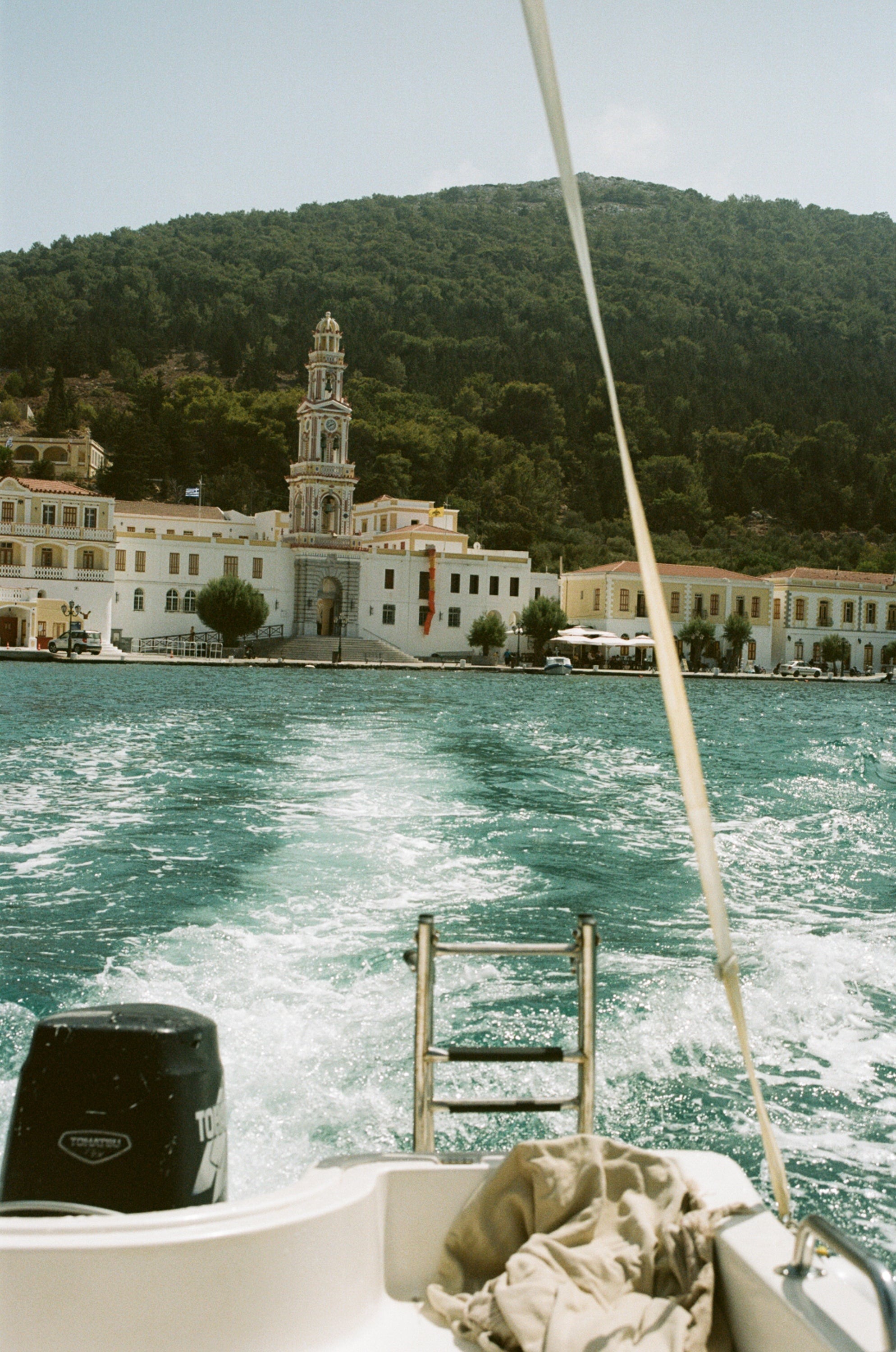
Do you dress for style or comfort on planes?
“Style. I blame the fashion background. But I can still wear stuff that looks cool and is functional. I like to travel as light as possible. I have this Jacquemus field jacket I always travel with. It's got like six pockets on the front that I can fill with batteries, passports, chargers, anything. That's always a good one."
Let’s play a ‘this or that’ game, travel edition.
Mountain or beach?
“Mountain."
Winter or summer?
“Winter."
City or countryside?
“Countryside. I'm going for wild here."
Car, train, or plane?
“Car, or all three?”"
Travel alone or together?
“Together."
Plan or go with the flow?
“100% no plans… with some advance planning."
When you're not traveling, what are you doing?
“As a photographer, I might be shooting projects for different brands and magazines or personal projects. I’m DJing and working on events and music with the Audio Coming Soon guys. I'm dabbling with more art focussed projects at the moment and getting ready to release some works for the first time. It's exciting, I've been working and drafting for years and now I feel so ready to just put more things out into the world. I'm in a fortunate position in that everything I do sort of flows into one another."
Do you think London is always going to be your home base?
“I don't know. I'm originally from the countryside so I'm still always drawn to nature. But I love being around people, I love meeting new people, and I feel like the energy in London is so good that it makes me feel driven in a way that’s hard to replicate. I love being in the city, but I travel quite a lot. If I had to be home full time, I'd maybe choose somewhere that was even more closely linked to nature."
.jpg?v=1680084457897)

Speaking of inspiration, name a person, a place, and a thing that inspires you.
So many people, from my friends and family to random encounters that stay with me. The well worn phrase that “ everyone has an interesting story if you look for it” really is the most obvious truth. I read a lot and I'm inspired by a lot of writers, at the moment it’s Giuseppe Tomasi di Lampedusa and Haruki Murakami. I also love people that just do things differently and are open to new ideas. Obviously, Virgil Abloh is a massive inspiration just in terms of leading with a sort of radiant positivity about everything and everyone.
A place that inspires me… at the moment maybe the Swiss Alps or Rajasthan. I know they're both worlds apart. But Switzerland is addictive, visually ridiculous and time there is deeply restorative. And India is on another level. Everything is more vivid, the colours, sights and sounds are all dialled up to an extreme that makes everywhere else feel flat for a while afterwards. I think it was A. A. Gill who described it as 'the world with the lid taken off.
For a thing, a blank canvas is very exciting to me. Or even hotel stationary, a blank notepad and there's a pencil or pen next to it, I can't not be writing or doodling or doing something on there. As part of the studio here, I have an easel set up with canvases. If it's blank, I feel drawn to it. I want to create. I want to do things."
EMMANUEL LAWAL

Emmanuel Lawal is a man of many talents: model, DJ, music producer, brand consultant, but first and foremost, creative entrepreneur. In this edition of Citizens, the born and raised Londoner tells us about his city, career, and latest project – The ACS Show.
29 Nov 2021
Paolo gattone
Hey Emmanuel, how’d you get your start in music?
“In terms of knowing what I wanted to pursue in my career, it was from being at fashion events and afterparties. I wanted to do more than just be a guest. I knew I’d love to be part of it, do nights, program nights, DJ, and everything else. But my actual start in music was just from being around musicians in general and having a community of musicians that gave us the opportunity to DJ for them, produce for them, and get immersed in their own careers."
How did you and your business partner, Ashton, meet?
“We were signed to the same agency when we first started modeling. I was 19 and Ashton was 16. Going to Milan, Paris, all these shows in Europe and America, we just created this bromance from traveling, living, eating, and working out together. Being like-minded individuals, we decided to join forces to create something."
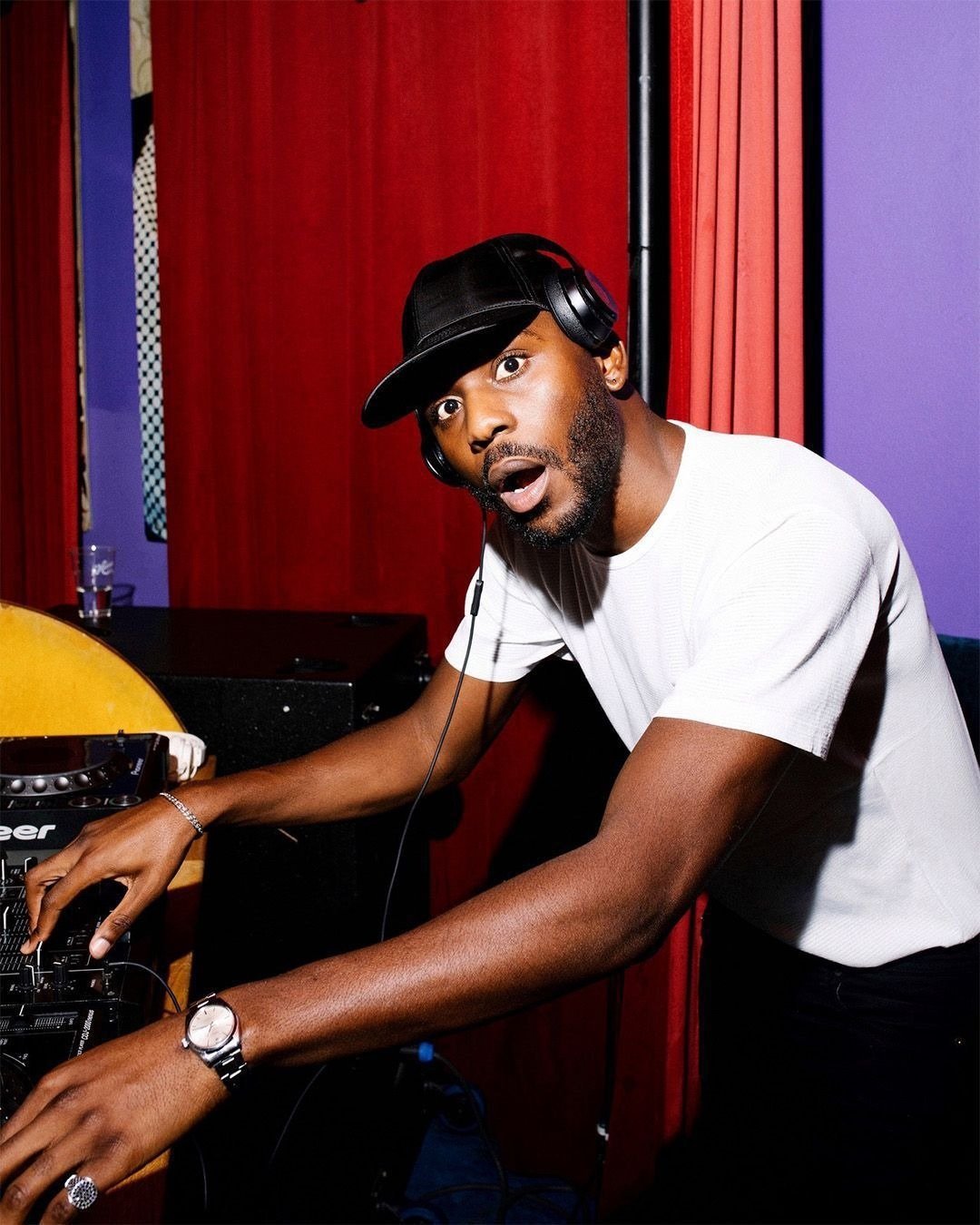
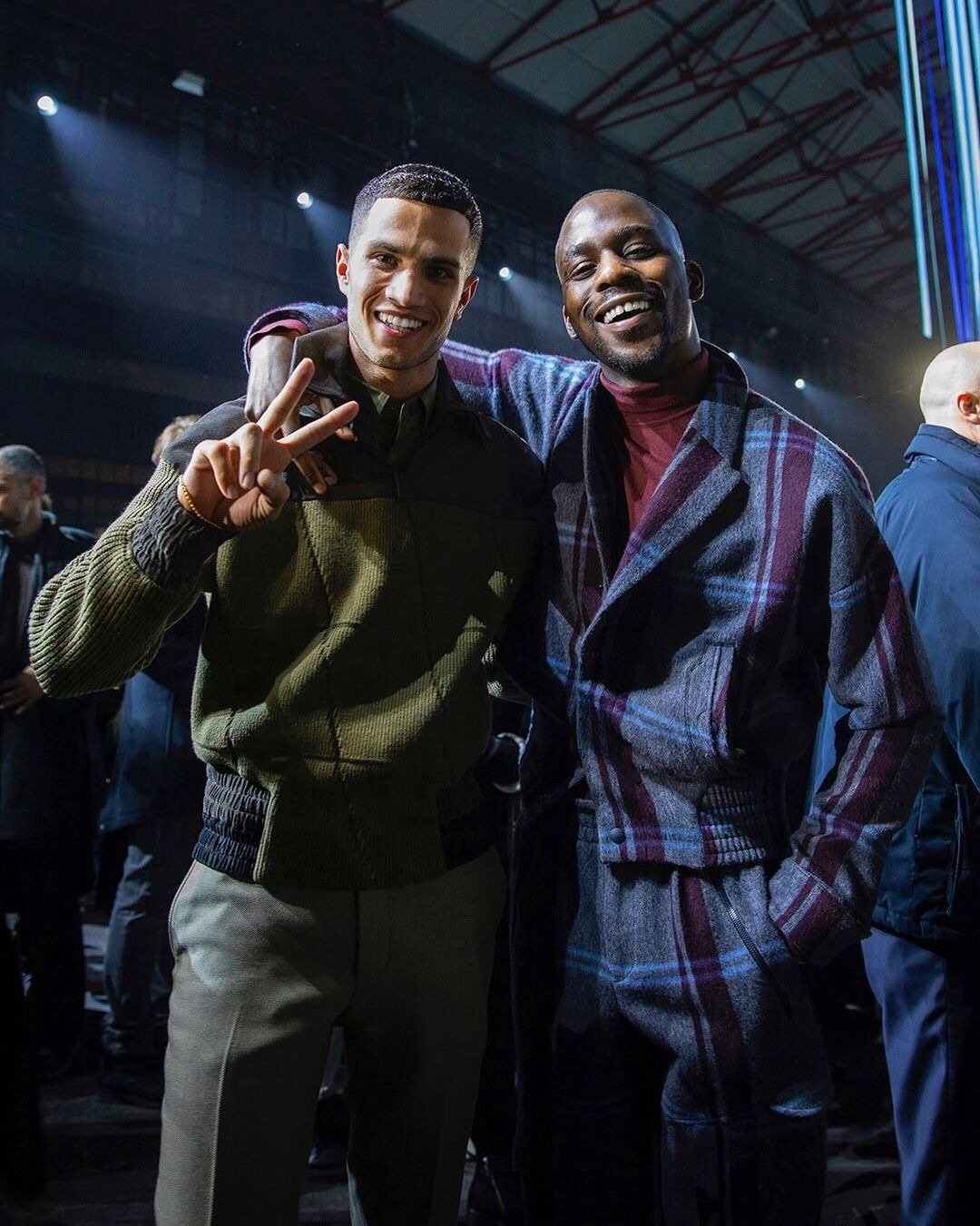
Is there anything that you want to try next?
“Not really. I just want to keep carrying on with the broadcast and keep creating spaces for me to breathe in when it comes to fashion, music, and lifestyle. Everything else is just up to destiny. I'm just happy with where I'm at now."
Music, fashion, travel, sport. If you had to give up one for the rest of your life, what would it be?
“Easily sport. Music is something I listen to every single day. Fashion is something that I have to think about in order to get ready. Sport is something that I do when I have the off time, it's a bit of a hobby, and I'm definitely not making any money from sport haha."
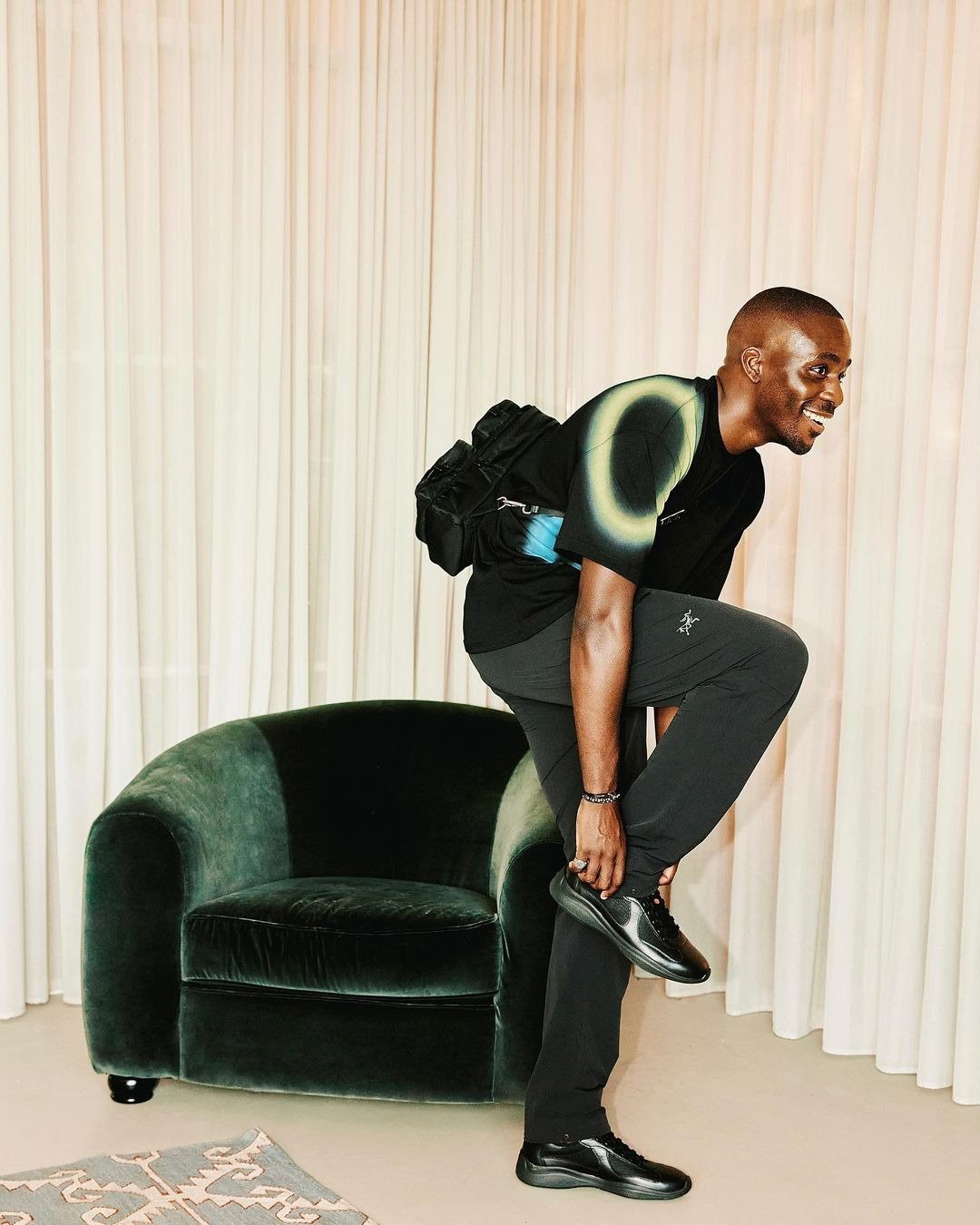

What is the best and worst advice you've ever been given?
“Worst advice is probably somebody telling me somewhere along the line of ‘this is impossible, and you can't do this’. The best advice was ‘move towards it’. It wasn't even advice; I was speaking to one of my mentors at the beginning of the year and saying how much juice and energy I have at the moment and how much I wanted to create. His response was actually just ‘move towards it’ and it made me realize that even a step forward is better than a step back, even if it's a tiny step forward. "
What has been your favorite brand to work with?
“Prada. I loved Prada since I was a child. From the age of 12 to 15, I wore Prada to school. I didn’t go to an affluent school where people had unlimited pools of money, I saved up so much money to buy it. So, it was one of those full circle moments working with them. It wasn't something I did for the paycheck, I'm proud to wear the stuff because of the child in me that just loved to wear them in school."
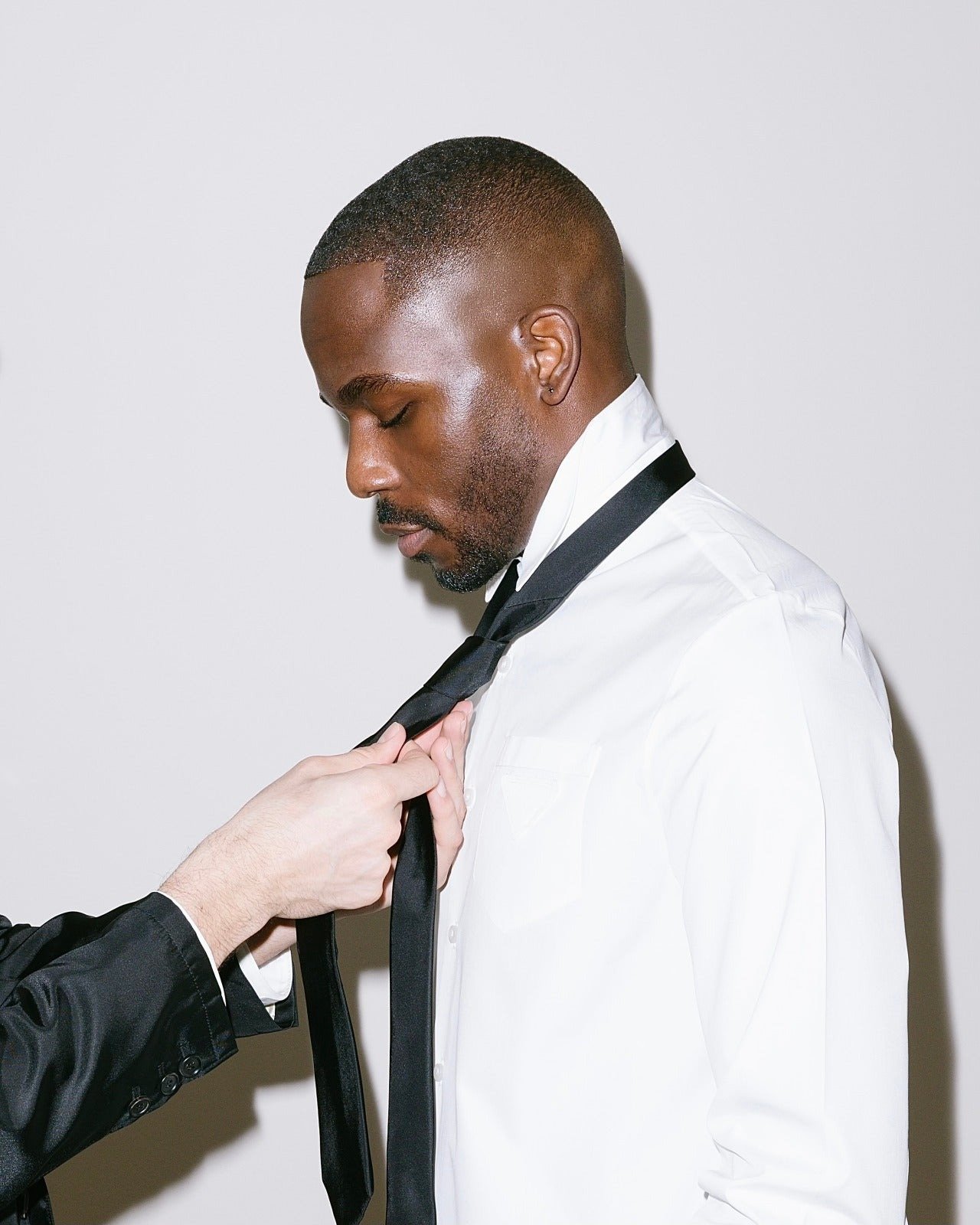
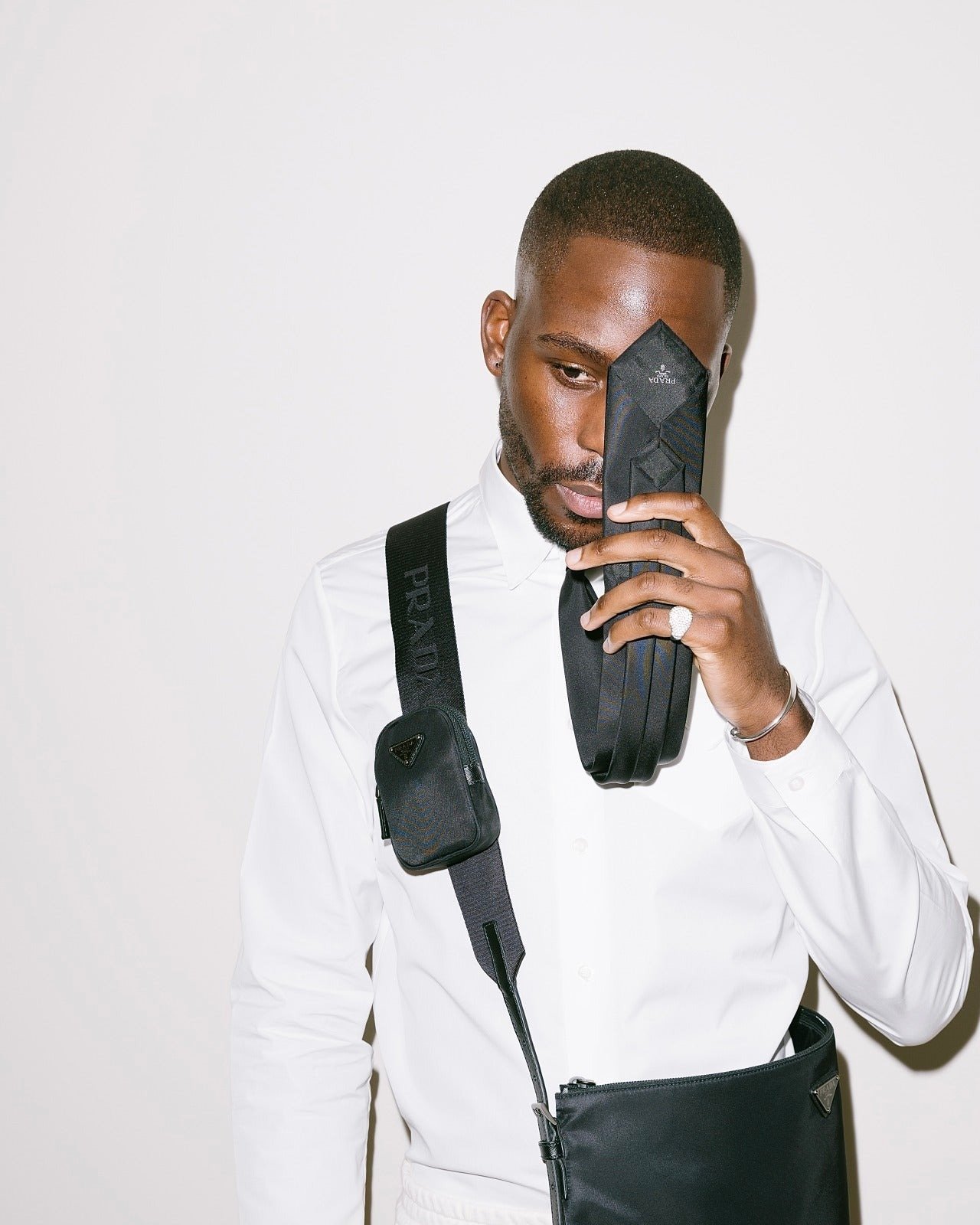
What's your staple fashion item?
“My staple item would probably be jewelry because we change clothes. So, I would say somewhere between my Cartier bracelet and my Rolex."
Three songs that best represent you.
“At the moment:"

Name your favorite part of London.
“Greenwich, probably. I grew up there and it’s so different anywhere else in London. It’s not super fancy and it's not super hood, it's just normal. It’s so diverse, it’s got both historic and new monuments, and the O2 arena. It’s a good balance."
If you were to live in another city, what would it be?
“Berlin. We love Germany. We haven't been able to go back for a while, but we’ve been fortunate to play a few things in Berlin. It's not like there is a massive hip hop presence but the kind of people there just love the music and are there to have a good time."
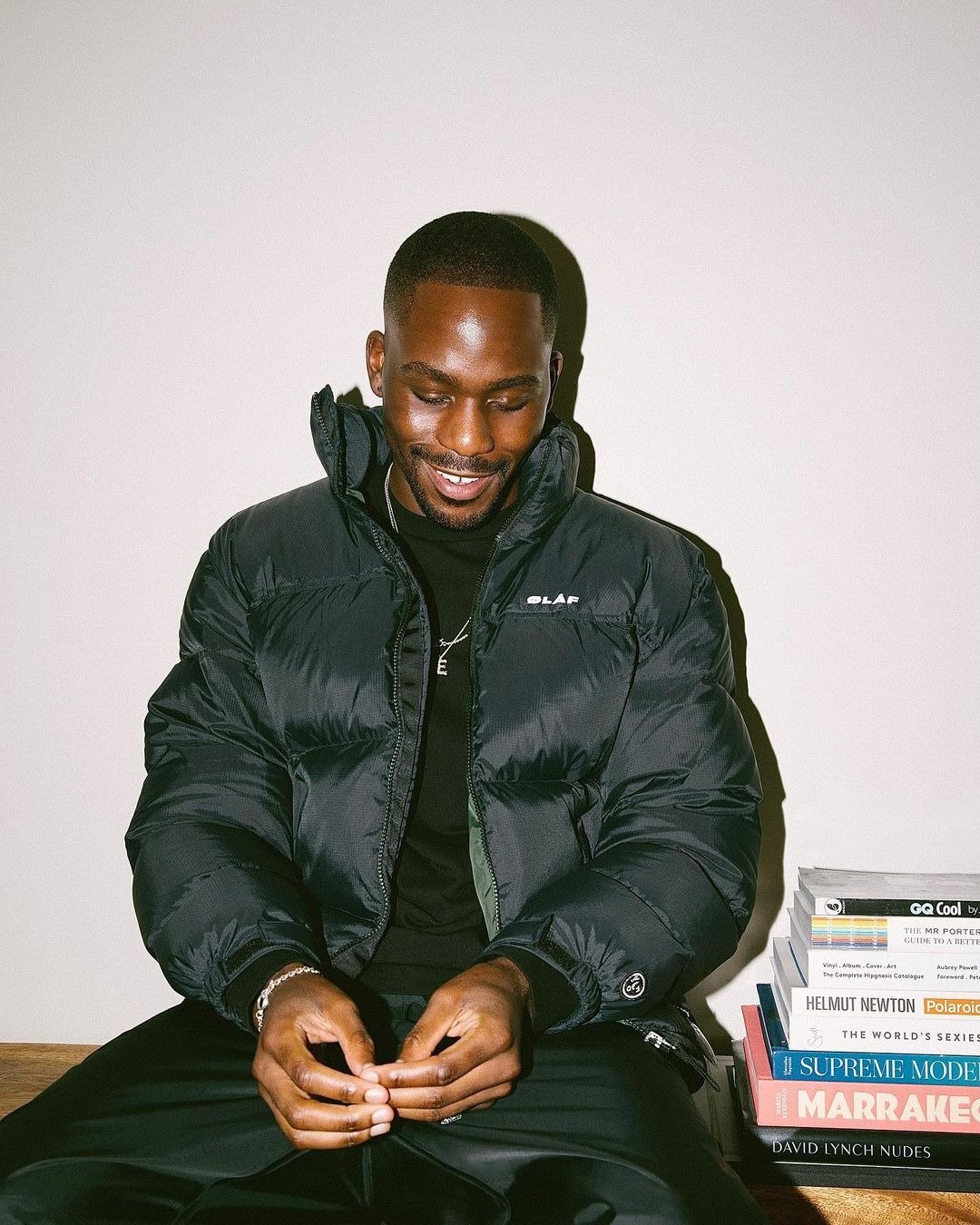
Best music venue ever?
“The Elbphilharmonie in Hamburg. I’ve never been there but I’m dying to go. It's incredible, from the layout of it, to the chairs, the light, acoustics, the whole thing. The design and architecture make it the best venue in my opinion."
Name a person, place, and thing that inspires you.
“Person. That’s a hard one. Can I say God? I’ll say God."
“A place that inspires me is London. Naturally. London has so many success stories whether it's football, music, fashion, community lifestyle, culture, business. So many people have made it here."
“In terms of a thing that inspires me, I would probably say, it’s an idea. The idea of achieving everything. Knowing that you could possibly achieve what you put your mind to. Even if you haven’t achieved everything that you want to achieve or know how to exactly, it keeps you going, getting to one hurdle, conquering it, then another. Then you realize everything can be done. I think that is so inspiring."
CYNTHIA CERVANTES
.jpg?v=1680102098033)
From working in educational reform and becoming COO of a high school, to cofounding a creative studio dedicated to celebrating stories of black, indigenous, and communities of color, Cynthia Cervantes has spent much of her career focusing on building a better future for the people around her. In this edition of Citizens, Cynthia tells us about her new city, life as a working parent, and Maroon World, the studio she launched with her husband, Travis Gumbs.
03 Oct 2021
Paolo gattone
Hi Cynthia, tell us how Maroon.World got started.
“It grew out of frustration of having very veiled conversations with clients who wanted a specific look – at that time, everyone was calling it ‘urban content’– but they didn‘t have the language and were not in a position to say what they wanted to say. We wished we could do work that spoke to our own communities in a way that was authentic - made by US for US, so we decided to just do it ourselves. Everything we worked to put out in the world was made specifically for people of color, made by people of color. That’s where it was born from."
Do you have any advice for clients on how to have those conversations?
“If you’re a brand, it starts with having a diverse team. Not just bringing in people to fill periphery positions. When we’re at a table and speaking to a creative team, VP, or whoever is in charge of making decisions, those people need to be people of colour. You have to have people representing the audience you’re trying to connect to."

Biography
Cynthia Cervantes dedicated her career to community betterment. She co-founded Maroon World, a studio that celebrates BIPOC communities. In this Citizens interview, Cynthia talks about her new city, being a working parent, and Maroon World with her husband, Travis Gumbs.

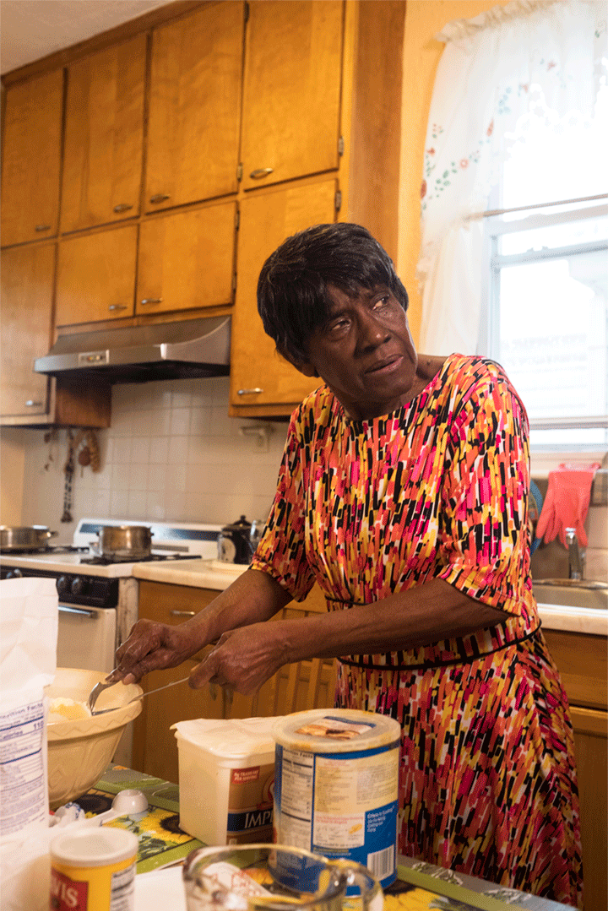
How do you overcome any challenges you face in your work?
“I try not pressure myself to create anything or be creative at all. I just focus on the present and do something that makes me happy like meditate, cook, or spend time with my son. He likes drawing, so we draw together. It helps me get to a place where it feels good to create again."
Name a project or accomplishment from your career that you’re most proud of.
“Now that our lives are so different because we have a child and our energy is divided into many different arenas of life, I think differently about my past accomplishments. I am thankful for them, and for the path that has led me to this place in my life, but more than looking backwards at the past, I am more so inspired to think about what my future accomplishments will look like."
.jpg?v=1680102774950)
Can you share news on any upcoming projects?
“I am very excited about a project my husband has been working on for almost two years now. It‘s an extension of the work we’ve done together, specifically in regards to honouring our cultures and ancestral knowledge. It’s called Medicinal Plant Index. It’s an herbal supplement line and resource guide for medicinal plants. It’s going to launch at the end of the year. We’re currently working on building out the resource guide, which explores traditional uses of herbs, documents the people that have been working to cultivate medicinal plants , and provides an understanding of how herbs can be incorporated into our daily lives."
You work with your husband a lot. Has parenthood affected the way you work together creatively?
“Parenthood has exposed very specific parts of our partnership that are very strong and that we rely on daily in order to make it through the day. We often talk about the fact that because we’ve known each other for so long and have worked under extremely difficult circumstances professionally, our transition to parenthood has been really interesting and fun. I think it has also made us reevaluate where is it that we really feel is important that we show up for each other."
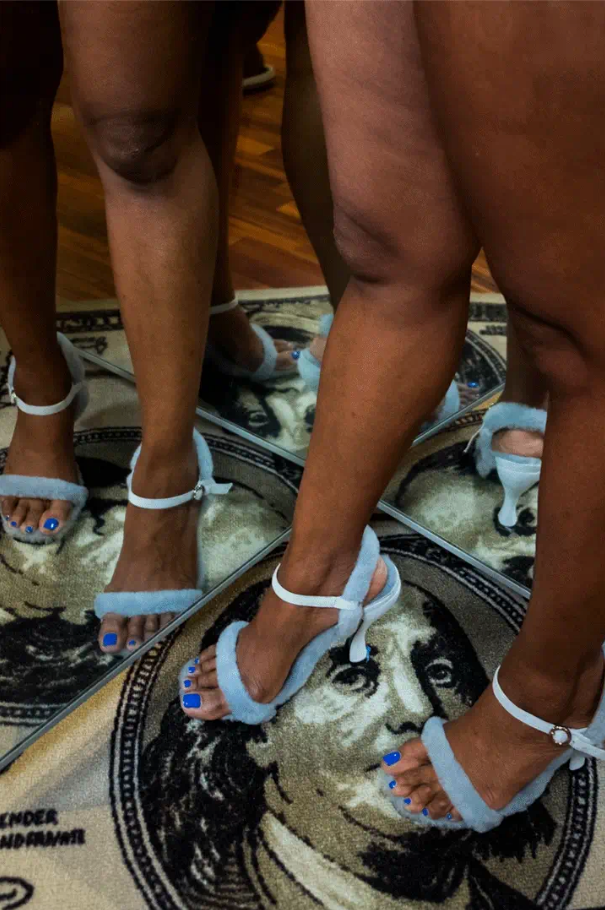

Okay, let's play a ‘this or that’ game. New York or Mexico City, which do you prefer for food?
“Mexico City. Hands down. We don’t eat gluten and we eat a mostly plant-based diet, so the food in Mexico City is next level - you can just spend every single day eating your way through the city."
What about a night out?
“New York! A lot of my friends are in nightlife so it’s always just a cute vibe. Also, there's such an incredible mix of people and cultures."
Which city do you prefer for art?
“That‘s really hard. I‘m going to say a tie. New York and Mexico City are so inspiring in such different ways. Both places really push you to want to make work, but I think the vibe is so different in each place. I think Mexico City is much more experimental."
Last one, New York or Mexico City for style?
“That’s so hard. They're so different! For me, in Mexico City, the best style is found on people you pass on the street, who aren’t necessarily in the fashion or art world. In New York, the looks I find most incredible or inspiring are usually on people who are in the scene."

Our latest CITIZENS event at SOHO House in Amsterdam with: SHARKY, Mathieu Hagel (STUDIO HAGEL), and Iris Skrami (RENOON).
PIETER KOOL
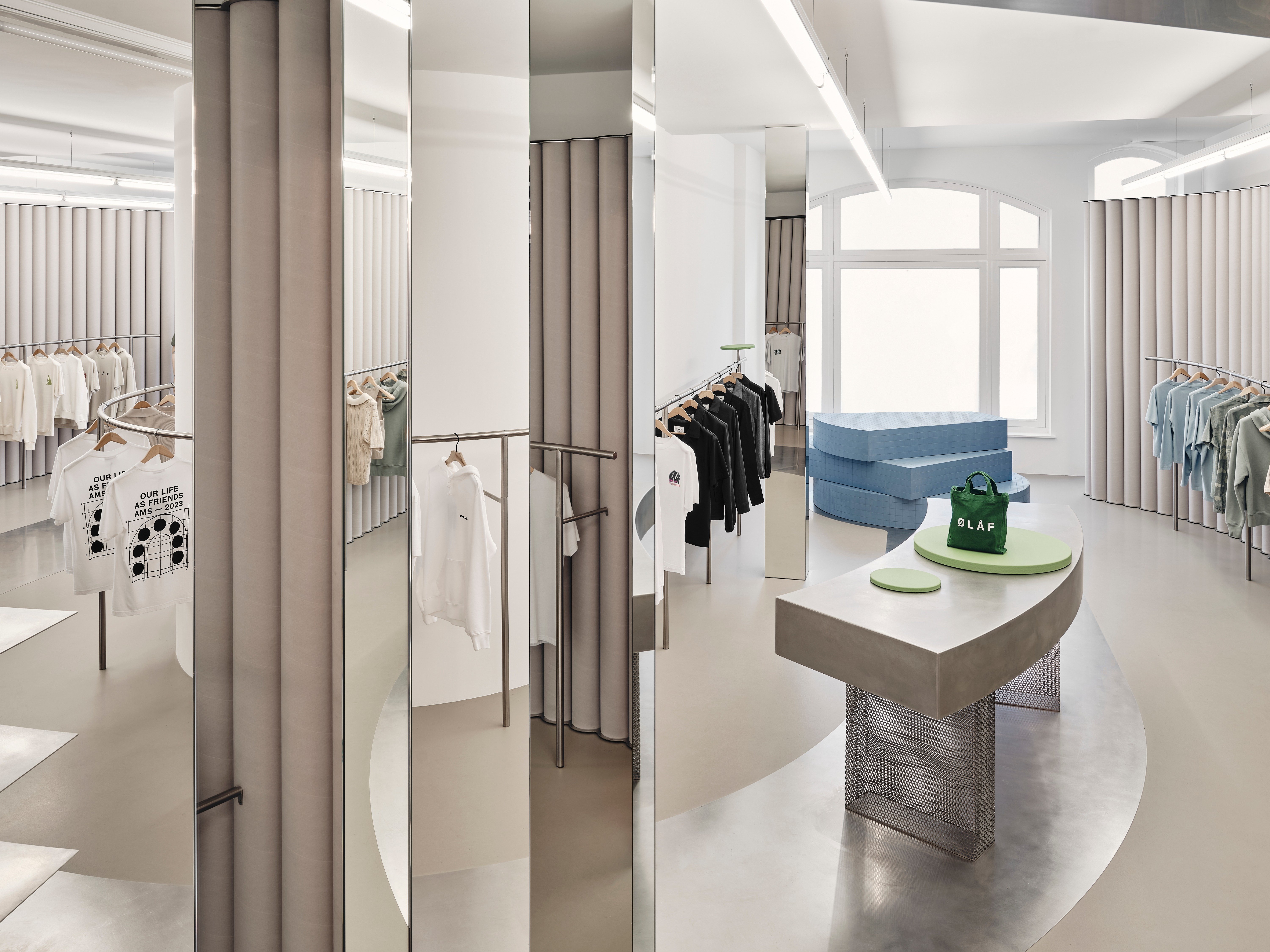
Pieter Kool is the founder of strategic spatial design agency, CARBON STUDIO. He has worked with names such as Pharrell Williams, Marc Newson, Rem Koolhaas as well as the Prouvé family. In this edition of Citizens, Pieter talks to us about what inspires him, his approach to design, and his latest project.
09 Jun 2023
Tiffany Chung
Hey Pieter, you’ve created spaces for brands such as G-Star, Ace&Tate, Precinct 5, and most recently, OLAF’s new HQ and flagship store. Tell us about the design.
Olaf had a lot of confidence in me and gave me a lot of freedom. The brief was very loose which I really enjoyed. I think that’s also very typical about Olaf and the people that work at the company, there’s a lot of trust. To start the design, there were two main factors I looked at: one is the brand and the second is the context of the space. In my conversations with Olaf about the brand, there was a lot of talk of streetwear, but OLAF is a bit more high-end so that's what is reflected in the store. We came up with this idea of a minimalist display to really let the clothing speak, but at the same time it‘s not the hard, cold minimalism that you see in many stores. That just didn’t fit the character of the brand. So, we came up with this ‘friendly minimalist’ concept. Second, was looking at the retail space. It’s two adjacent ground floor spaces of two separate buildings that have been connected through a small passage. The idea was to create this sort of gallery with a continuous horseshoe wall connecting the two spaces. We placed clothing on the inside and outside of the horseshoe and in three places the wall is punctured by two displays or vitrines, and the third puncture connects the horseshoe with the courtyard so light comes in from the back. The courtyard is another really nice feature of this space because it helped create a very logical area for fitting rooms – it’s a little bit back in the store, so you feel secure, but there's beautiful daylight. Then, the question was ‘How do we build it?’ The materialization philosophy for the brand that we developed is for both the retail space and the headquarters. They are developed as one concept. The idea was to design something that is not fixed but basically designed for change. Just like the way people grow and change, brands like OLAF do too. So, I view the office and the store as platforms and we design the rules for those platforms that allow change to happen very easily.
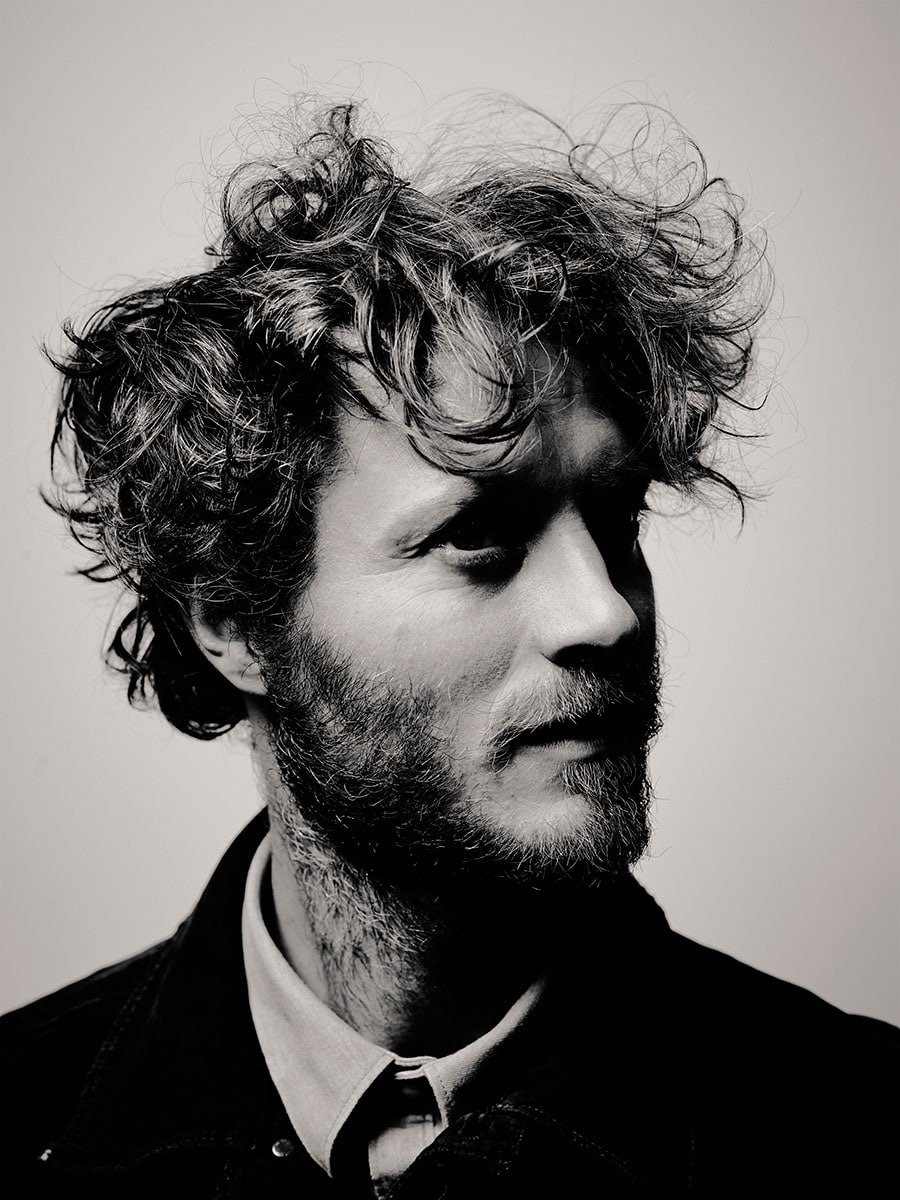
Biography
Pieter Kool is the founder of strategic spatial design agency, Carbon Studio. He has worked with names such as Pharrell Williams, Marc Newson, Rem Koolhaas as well as the Prouvé family. In this edition of Citizens, Pieter talks to us about what inspires him, his approach to design, and his latest project.
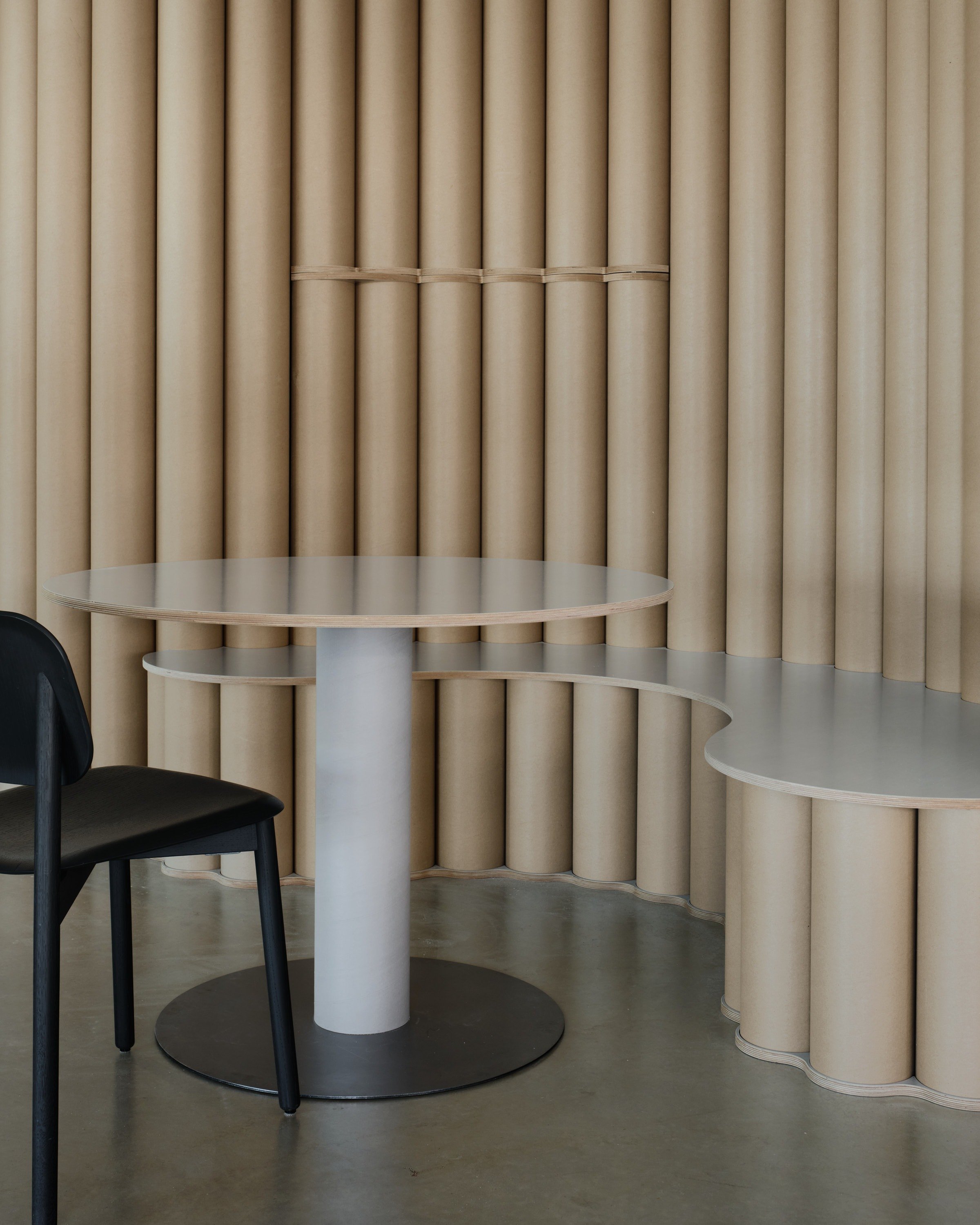
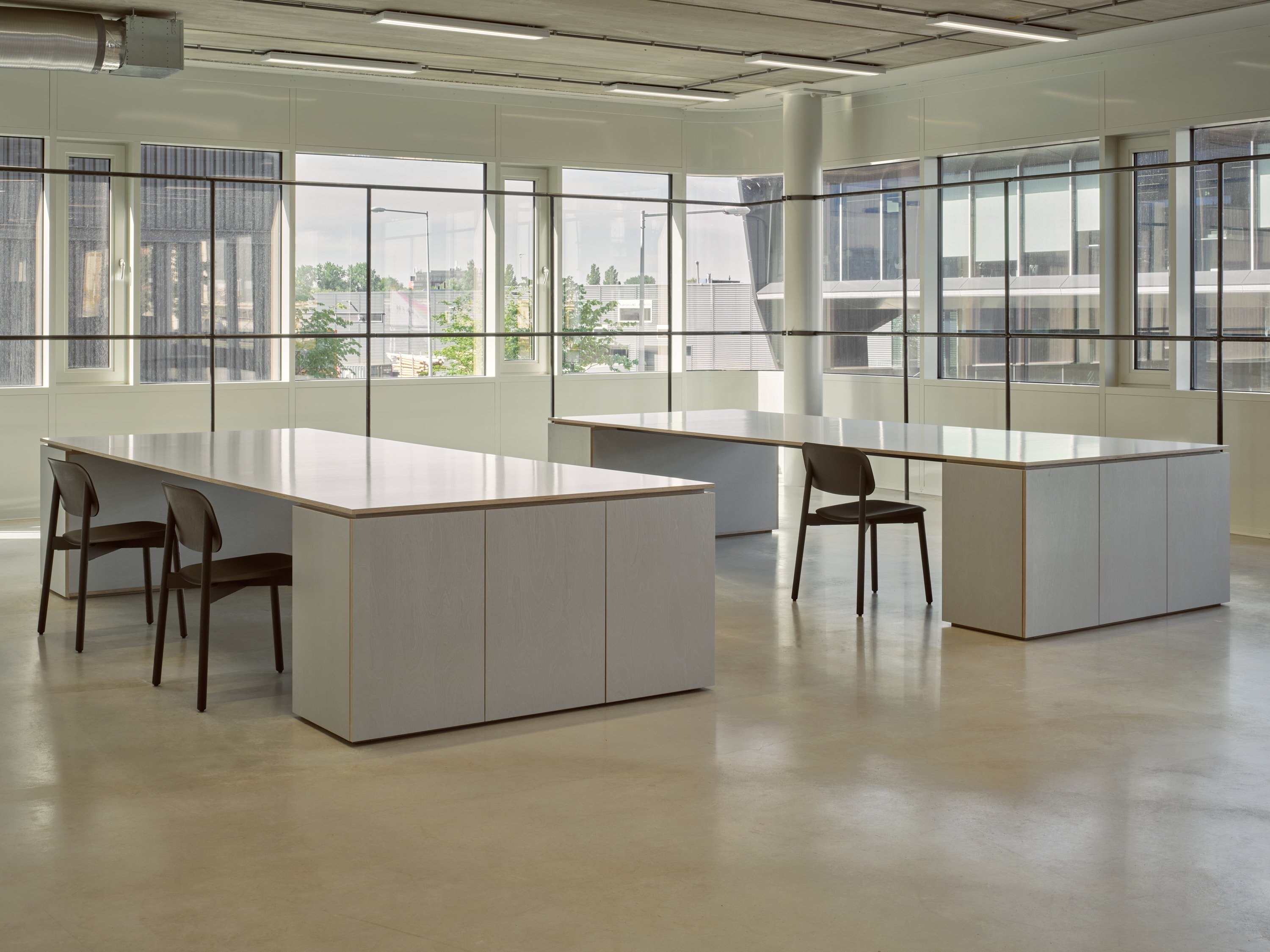
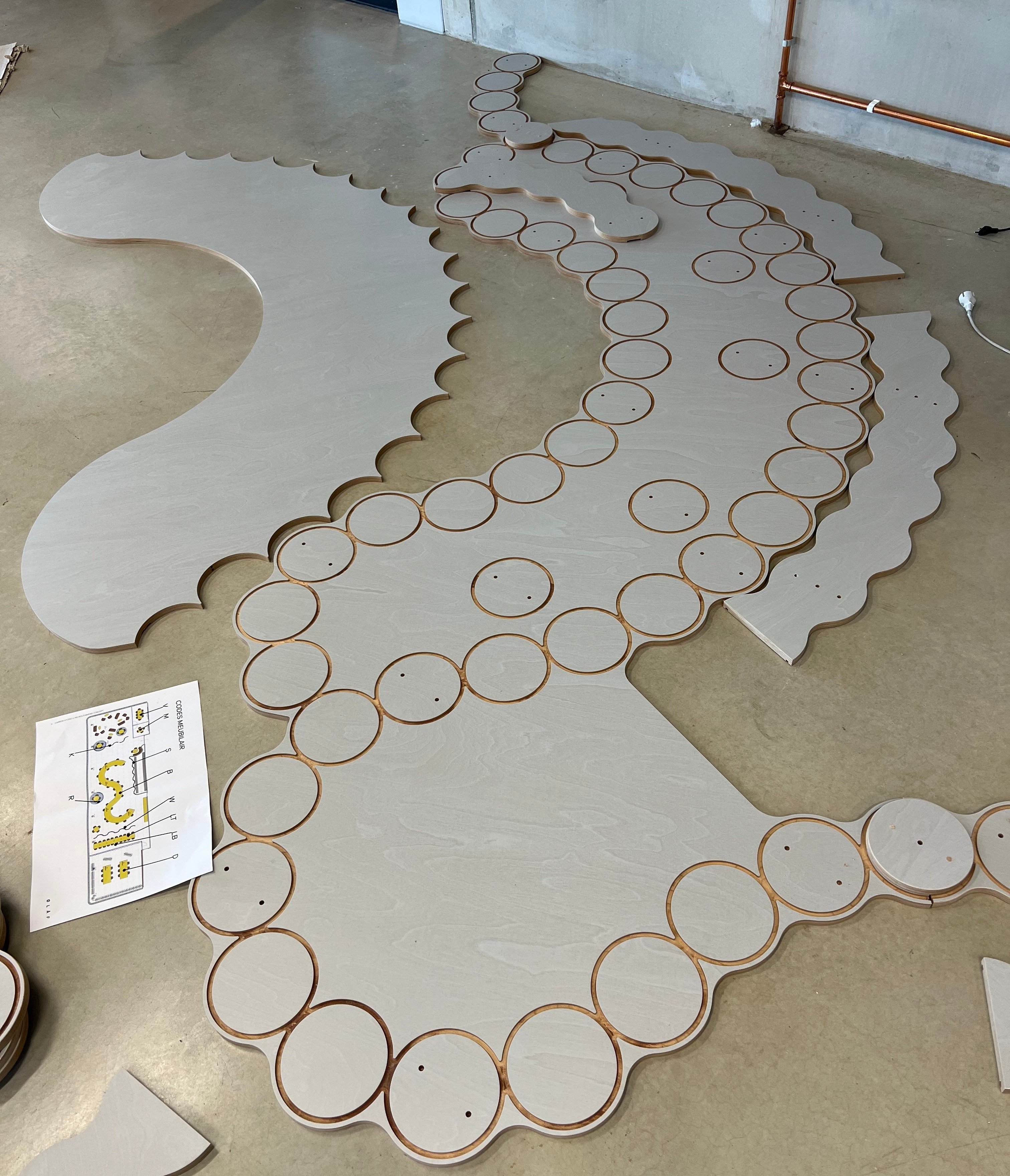

Is that how you would describe ‘future-proof design’?
Yes, but you cannot design for every possible change. A good design considers which things will or might change and which things are stable or permanent. For OLAF’s office space, the variables are bigger than the retail space. After only half a year, we’re already working on the first big overhaul. That’s how the idea of the cardboard tubes came out. They are flexible building blocks: one tube is one unit and by combining units you can create walls, supports for tables, and those kinds of things. What I also like about the cardboard tube is that it really fits the ‘friendly minimalist’ concept for OLAF. It's round and very soft to the touch which really works for the brand. Secondly, and more importantly, cardboard is one of the most circular building materials you can find. It's local, it’s always so cheap, and if you throw it away it's not downcycled into something of less value, you can basically just make it wet and make new cardboard to reuse again. That’s why cardboard became such a theme in the design. The flexibility and sustainability combined with the aesthetics of being round and soft fit well with the brand.
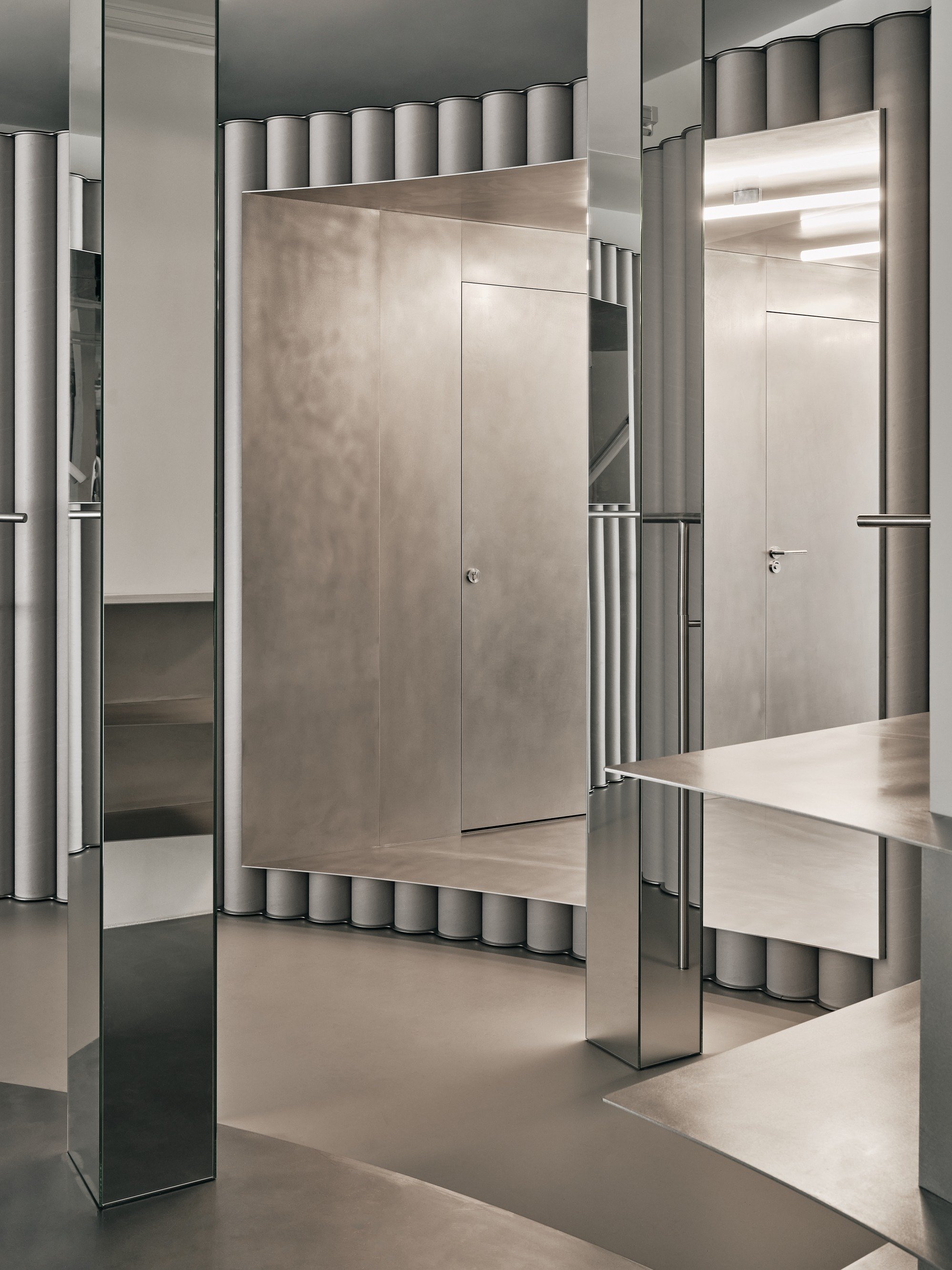

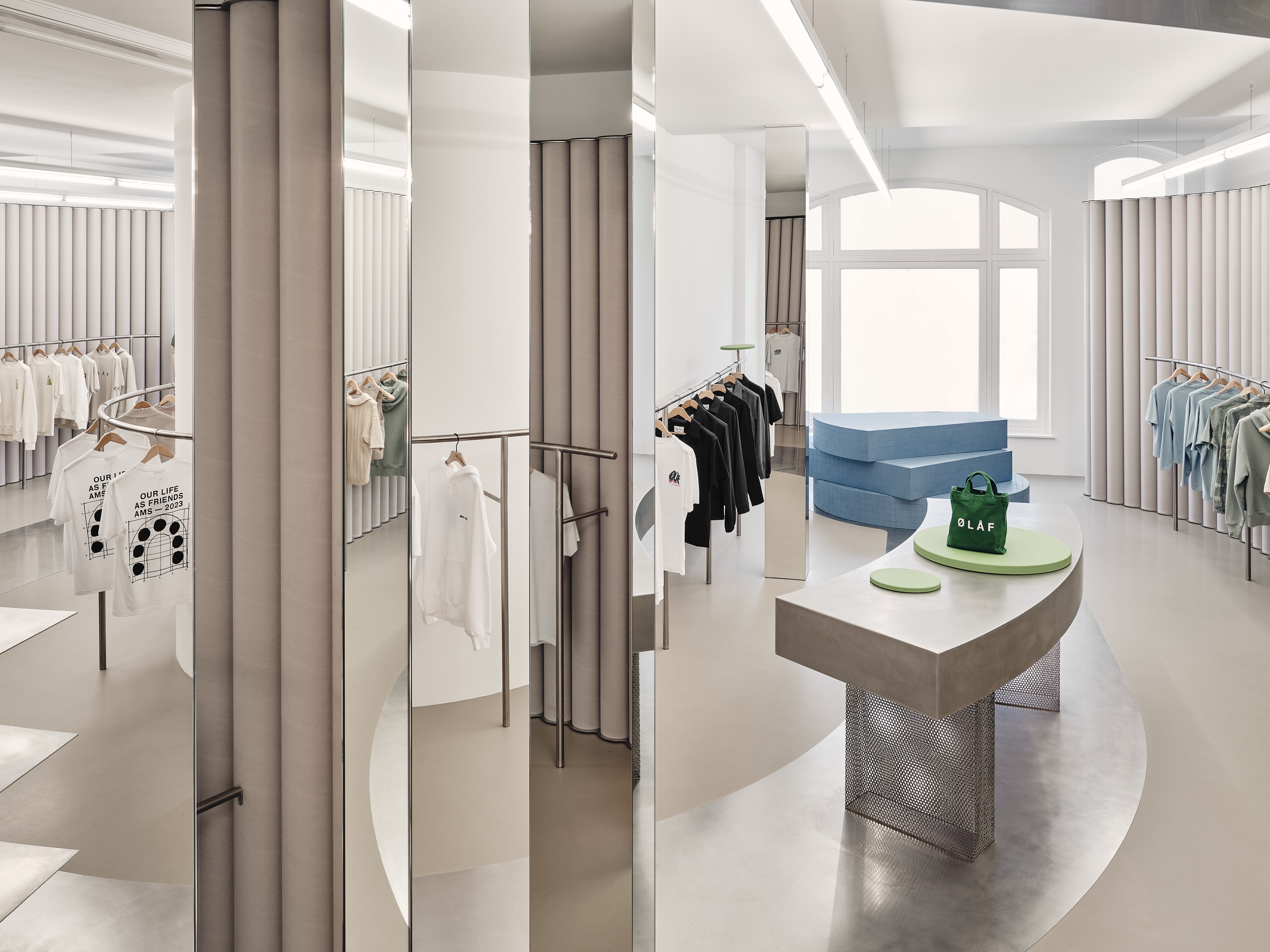
Do you try to be sustainable in all your projects?
Definitely. I find that many times clients are not ready or asking for it. So, for every project, I find some way to be sustainable, but every project is completely different. For instance, for Ace&Tate, I used corrugated steel which is extremely lightweight but extremely strong. It‘s painted with natural paints and can easily be recycled. In other projects, I also use steel to create building blocks that can be combined like LEGOS. This makes the steel an investment energy-wise because things can be reconfigured and reused, and the material lasts a very long time. I always make sure things are easily recyclable and not downcycled.
Is that your own traditional philosophy in approaching architecture or is this something you experienced with past companies or studios that you've worked in?
It is more what I, as a studio, think is important. It's my job to design a good interior and translation of the brand, so of course it's important that the store has a sustainable impact. When I sit down with many of my clients and we discuss sustainability, I always recommend that they invest a lot of money in things like the most energy-efficient air conditioning system. It’s really boring but the interior, the tables, the floor, are neglectable compared to the energy use of air conditioning. This is just reality. Sustainability is not sexy. It's just about making an investment in good installations. Considering the environment, it’s much more effective than putting hemp wallpaper on the wall.
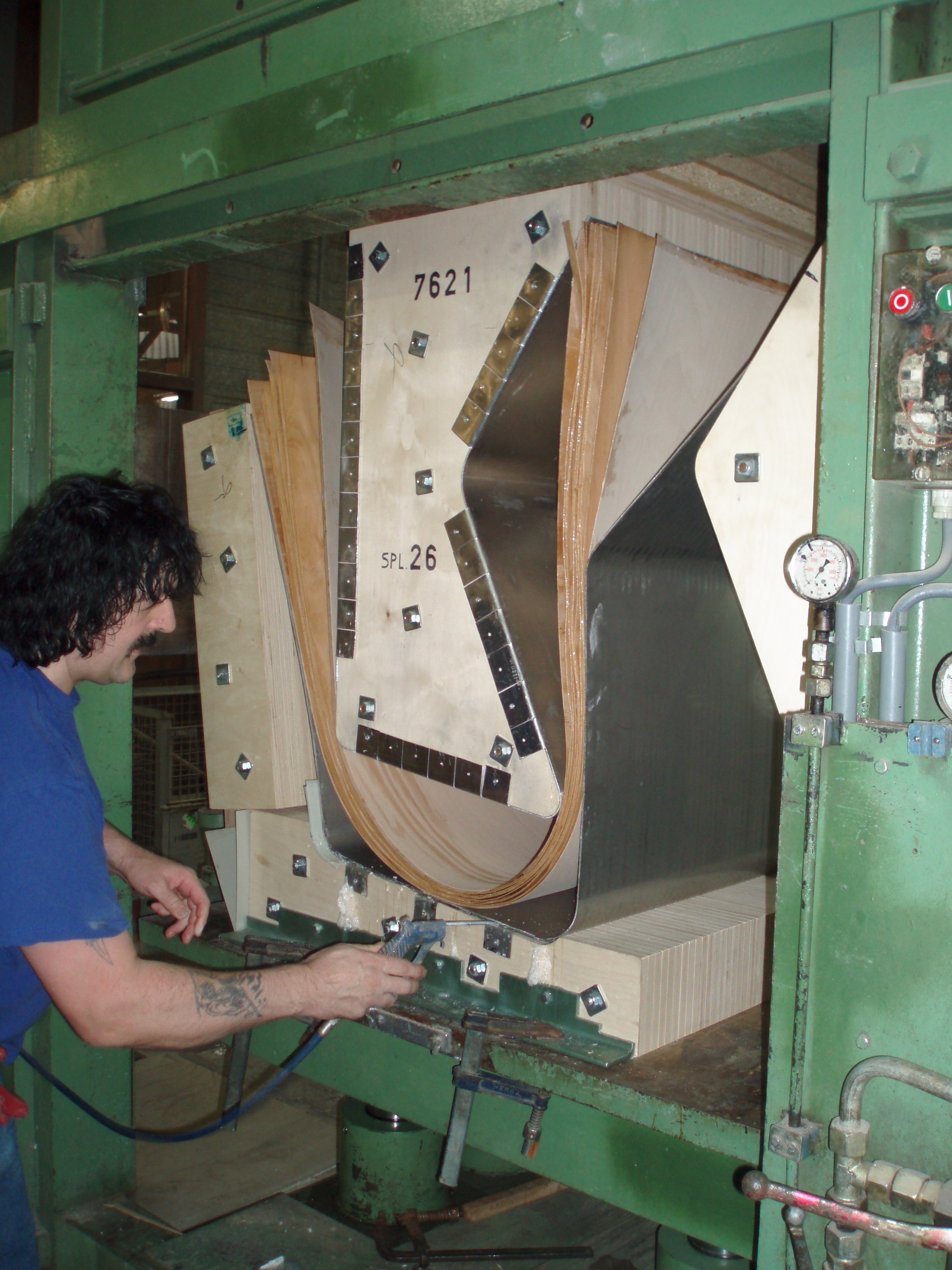
What has been the most challenging project that you've worked on so far?
A project comes to mind. I was the Global Creative Director for G-Star RAW for years and I had to develop a global concept that had to fit in many different locations: from Helsinki to Abu Dhabi. Sometimes you're in very clean shopping malls and sometimes you're in a 600-year-old building in Brussels or Marseille and it all has to feel like the same brand. To execute a global-sized project like this right takes a lot of time, a lot of trial and error, and a lot of intelligence to come up with a good solution.
Do you have any interior design pet peeves?
Many. But something that I feel is always obsolete is interactive screens. People already have their phones and digital content is a personal experience. What you have on your phone is yours and it's yours only. In my experience, everybody hates going to a screen and interacting with it while everyone can look at you and see what you’re doing. Nobody does it. I have yet to see the first proper application of it, so for me, that's definitely a no. Another reason is that you can do so much online that when you actually decide to venture into the physical world, you're looking for a social and very physical experience where you can meet people and touch stuff.
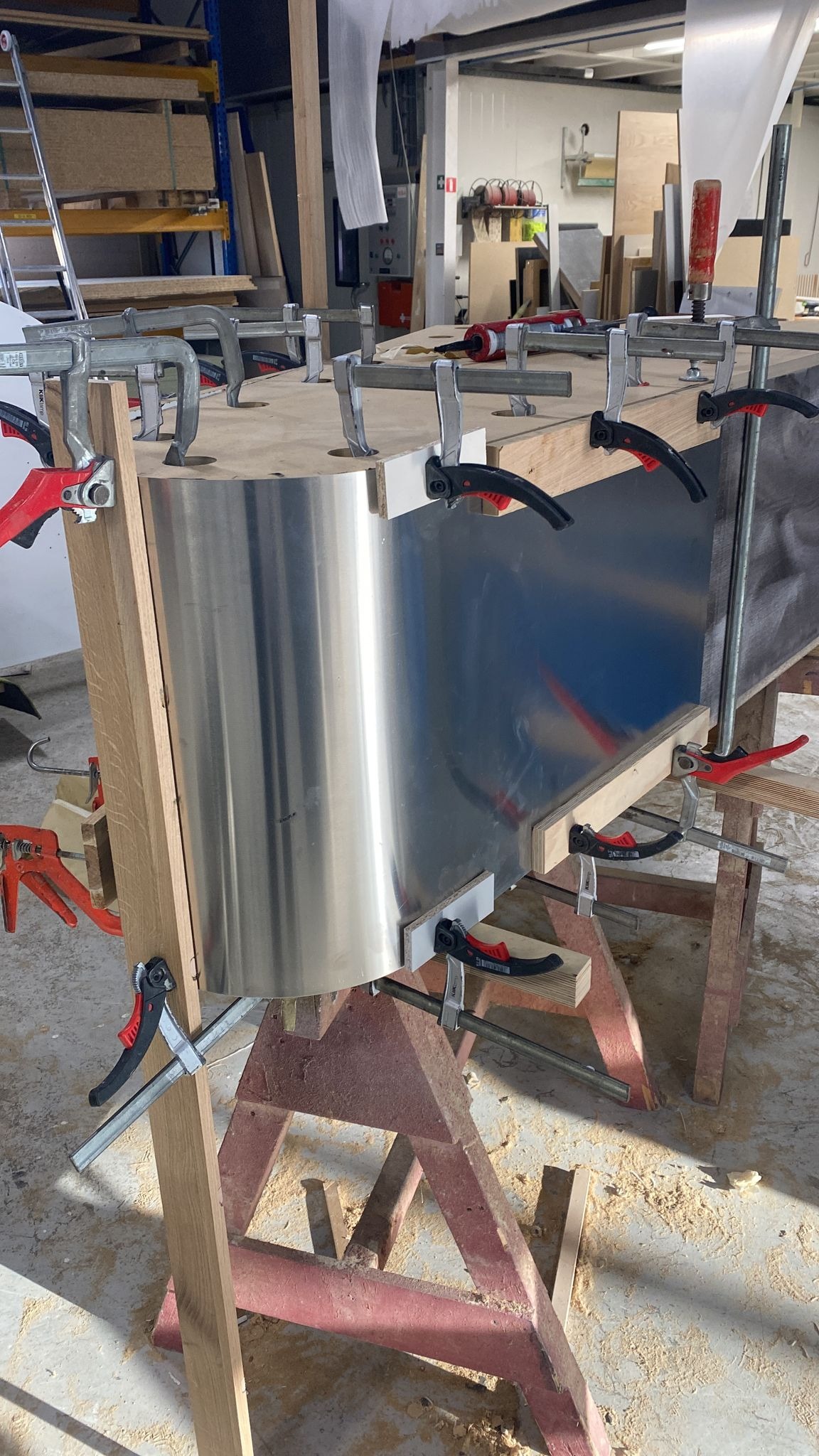
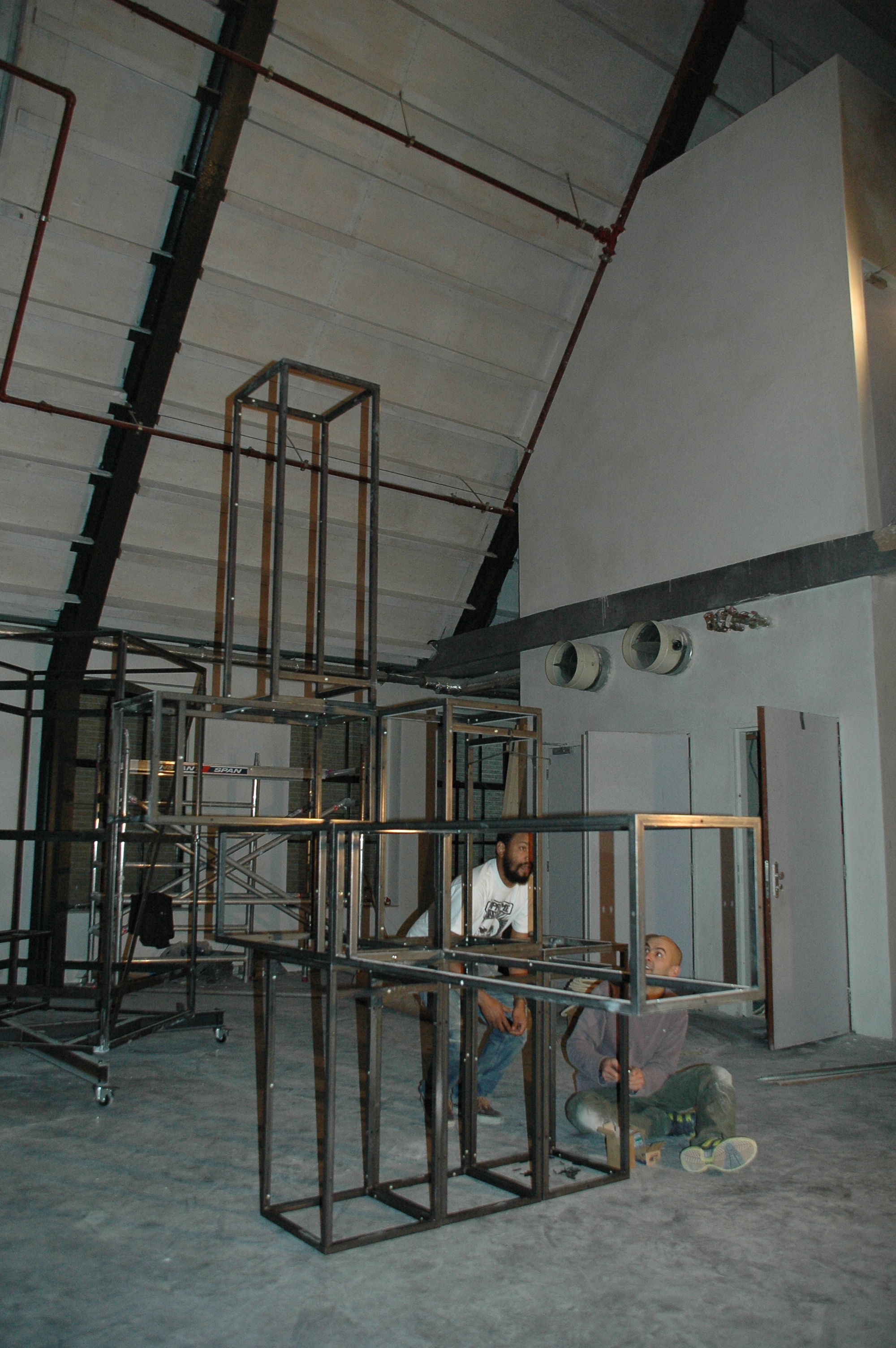
Is there a space (that you didn’t design) that has left an impression on you recently?
I was in Barcelona last month and I went to the Joan Miró Foundation. He made these beautiful wool tapestries. The wool is really thick but, in some parts, it just comes out like half a meter, it's a landscape that he made. And in the same museum, there is a mercury fountain by Alexander Calder. I just stood there for one hour looking at it. Mercury is a metal but it's liquid and you expect it to behave like water but it's so different. It’s so cool.
Speaking of impressive spaces, tell us about your houseboat.
Yeah, I’m an Amsterdam guy and I live on the water on a newly built houseboat. I, together with an architect, designed the exterior, the whole interior, the flooring levels, staircases, and stuff like that. The materialization, I designed myself. So, it's really a custom-made design and it won the ‘Houseboat of the Year’ award. I can give a day-long lecture on the concept of the house, but the idea is that it really plays with your expectations of space. For some spaces, the ceiling is very low and some spaces the ceiling is really high, and this really changes your experience when you walk through it. I really like this concept that I call ‘non-space’ where if you have something like a corridor but make it twice as wide so it becomes a space where different activities can happen. By playing around with the dimensions of spaces and how they are connected, you can create a lot of moments where it's not clear what the function of the space is but if it's designed well people can come up with many things to actually do there. For instance, in our house, there's a split level and one floor is about a meter higher than the adjacent floor. This is a really nice place to sit because you can look out over the water. The cat always hangs out there because when we pass by it's right at petting height. But when we have people over for dinner, this floor becomes the buffet. At parties, people always sit there because you're sort of in the middle of things and when you sit there, you're still at eye level with the people that stand. It has a million functions that were not specifically assigned to it creating a certain context that encourages play.
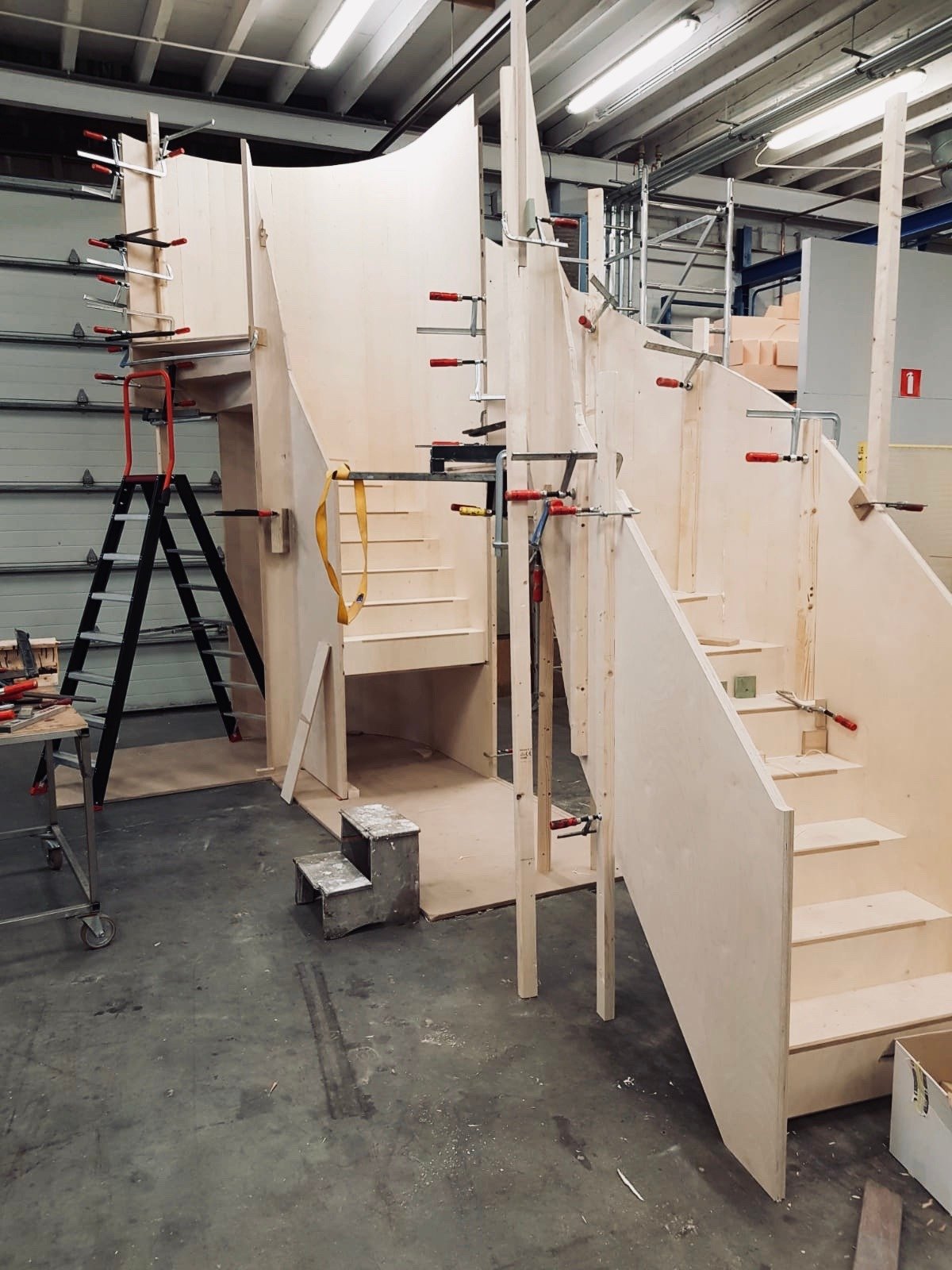
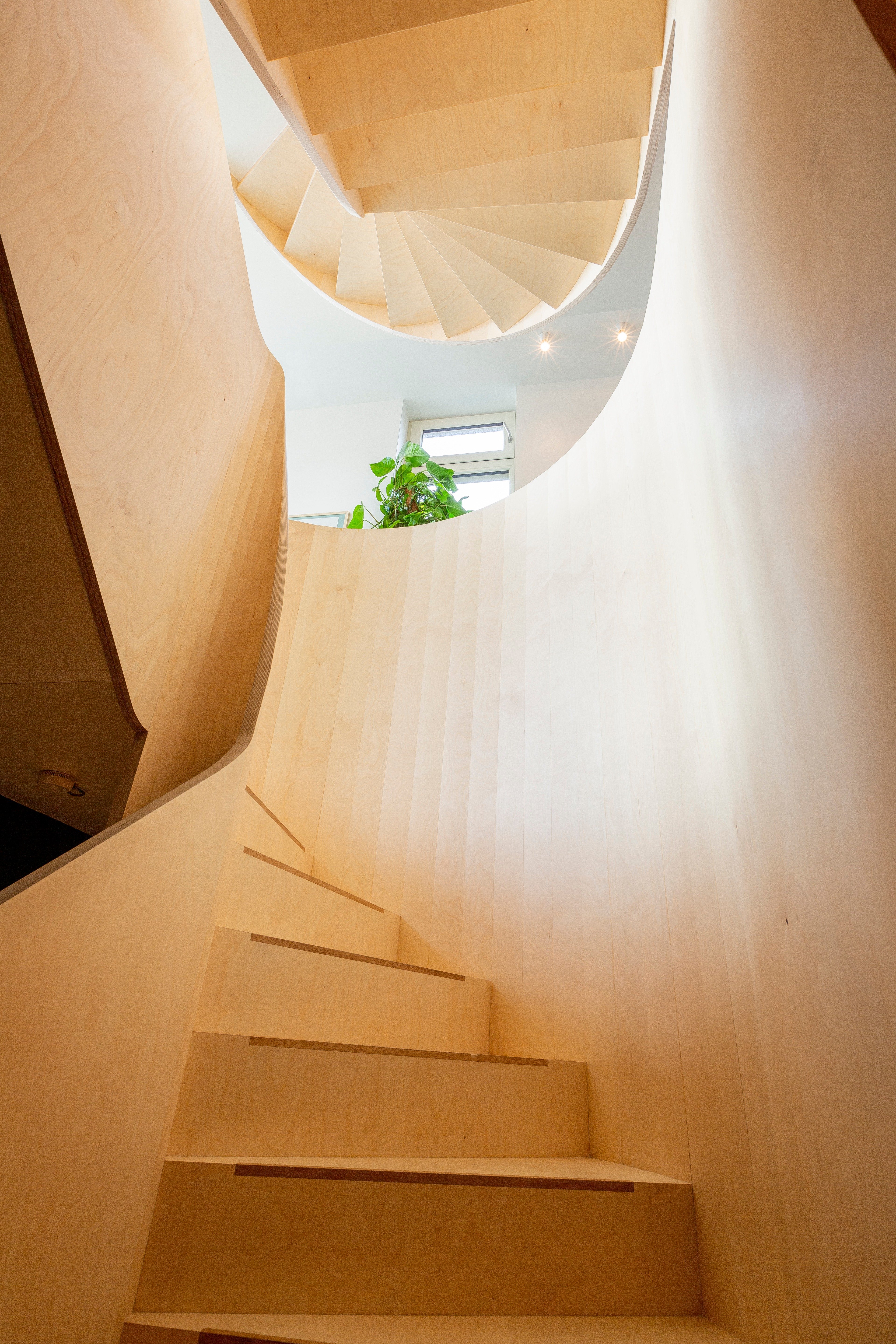
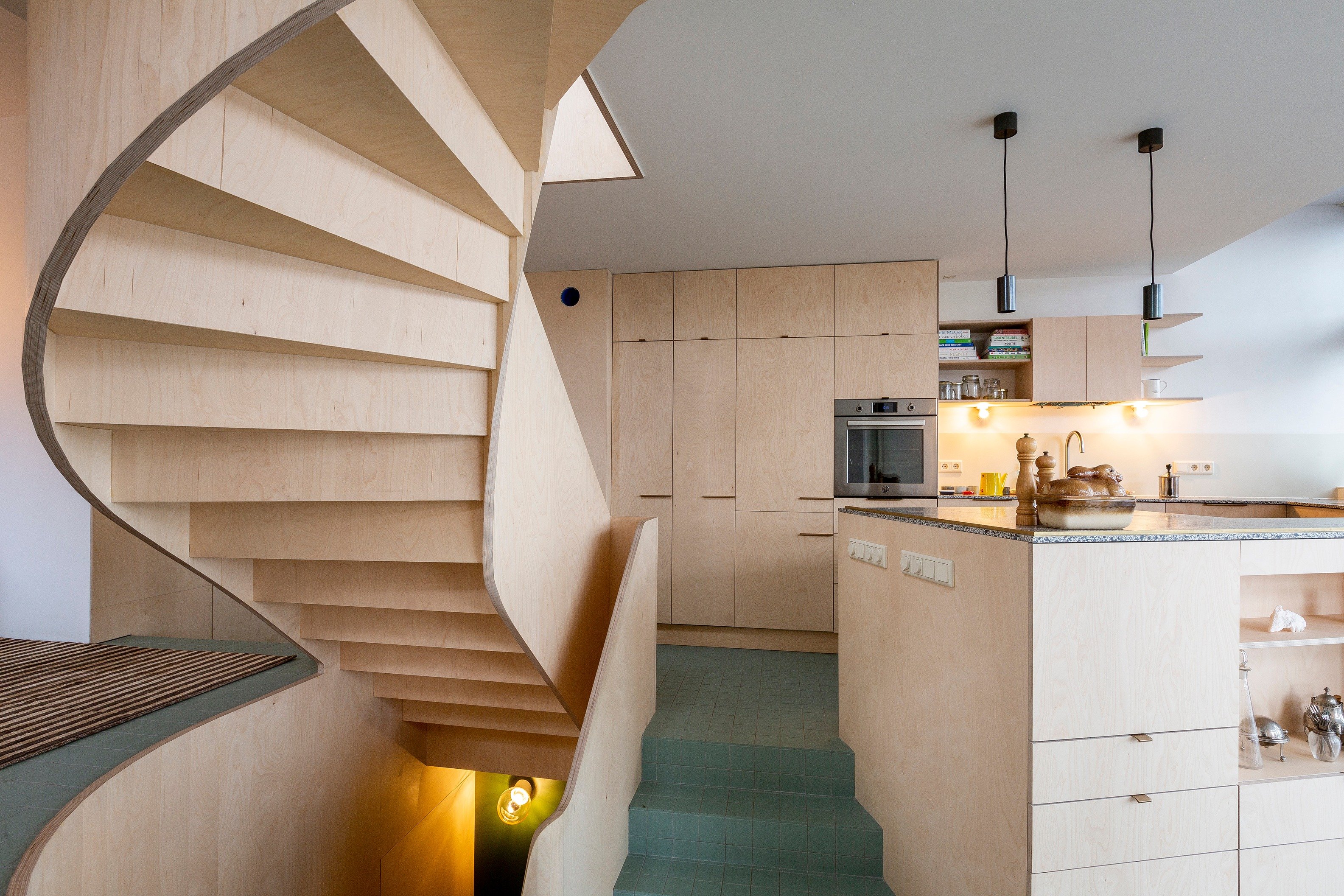
What are some of your trend predictions for the future design?
Personally, I don't bother with trends very much. But of course, the big thing right now is AI. Everybody is on experimenting with writing copy and generating images. AI is not able to design interiors for you yet, but it's an extremely handy tool to come up with solutions.
So, are you interested in AI?
Definitely. We have these ongoing research projects that we do at the studio. With ChatGPT and DALL-E, I've been doing small experiments but I wish we were a big brand like Nike so we can get dedicated teams working with AI because there's so much to learn.

Since OLAF celebrates citizens, countries, and cultures, we like to wrap up each interview with the same question: Can you name a person, place, and thing that inspires you?
The mercury fountain is the thing that inspires me because something as simple as a bare material can just sort of really shake your foundation of how you look at it.
A place that inspires me is basically any artisan's workshop, like a specialist that's super good at working with only aluminum or just weaving wool. I love that there's so much to learn, to see, and to experience in a space where you don't understand 5% of what the person who runs it understands. Or like a surgeon who only operates on ankles all day. To us, it’s just one part of the body, but to them, the ankle joint is a universe in itself where every angle is different, and they could talk about it in detail for hours with a sort of love and fascination. I'm always a sucker for these kinds of people.
A person that inspires me is the designer, Jean Prouvé, who is passed away now. He was a modernist designer, but I think he was more of a hardcore one. His aesthetics are much more difficult to like. His stuff was a bit weird but, in a way, I think he was truer to the modernist principles than all the other designers at that time. He just didn't care about public opinion. What I also like about him is that a lot of his clients were just factories, they would come to him and say we need some furniture for the office, and he would he just produce the most amazing stuff. He over-delivered on every aspect of the brief and was completely true to his own ideals. That’s why I always see him as a great designer.
STUDIO HAGEL
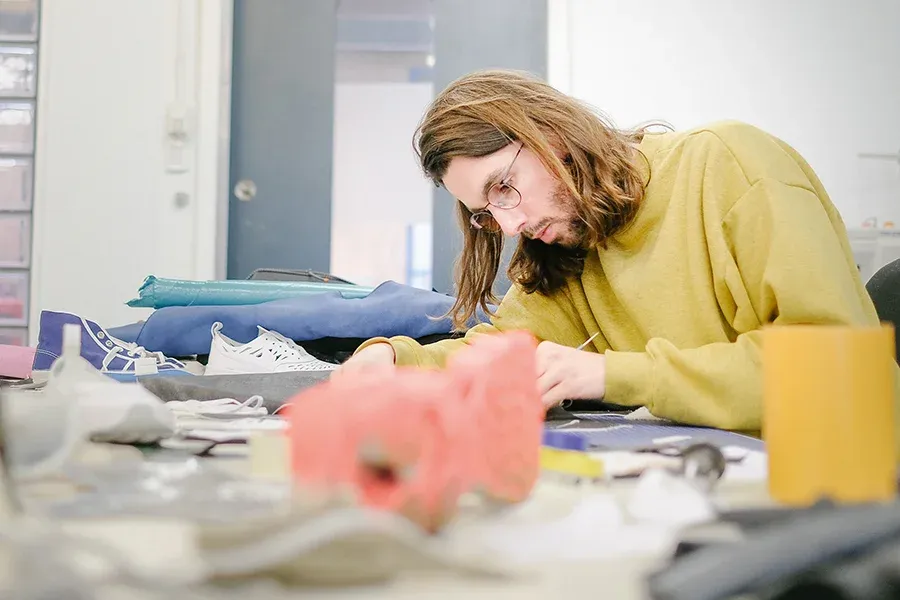
The world has experienced a major upheaval in 2020 and everyone’s plans have been thrown off course. In these uncertain times, we can all learn to take a page from Mathieu Hagelaars’ book. The footwear designer and founder of Studio Hagel embraces the unexpected, isn’t afraid to change course, and finds innovative solutions in what others might see as mistakes. In this episode of Citizens, Mathieu shares how his experimental process has shaped the outcome of his projects and success of his studio.
02 Nov 2020
Jurjen Beelen
Hey Mathieu, so you’ve said that you started your own studio because no one wanted to work with you. Now, you’ve worked with big international brands and great creative minds like Virgil Abloh, Daniel Arsham, Takashi Murukami. How does it feel to have come so far?
“Well, I feel blessed of course. When I first started I never expected I would work with these kinds of creative superheroes. I never expected it. When I started my studio five and half years ago, I never thought I would go abroad. I thought I would work with Dutch brands, but I never imagined going international."
Five and half years is fast.
“Yeah, that’s record fast. I’m still amazed by it and it wasn’t planned like this. I didn’t say okay within five years I’m going to work with the names you just mentioned. But I did focus on what I really wanted to do and knew that I wanted to do it the best. And thanks to Instagram, I had a stage to show my ideas.”
Wild concept made in collaboration with @opblaashelicopter   Right: Mathieu Hagelaars.
Do you find that Instagram really helped you get off the ground?
“Yeah, sure. Still now people are asking me ‘Why are you sharing all your ideas?’ because people can just grab them from Instagram. But one of my best decisions was to share my ideas on Instagram. All the projects that I got came directly and indirectly from Instagram. It was the best way to start working and connecting with people."
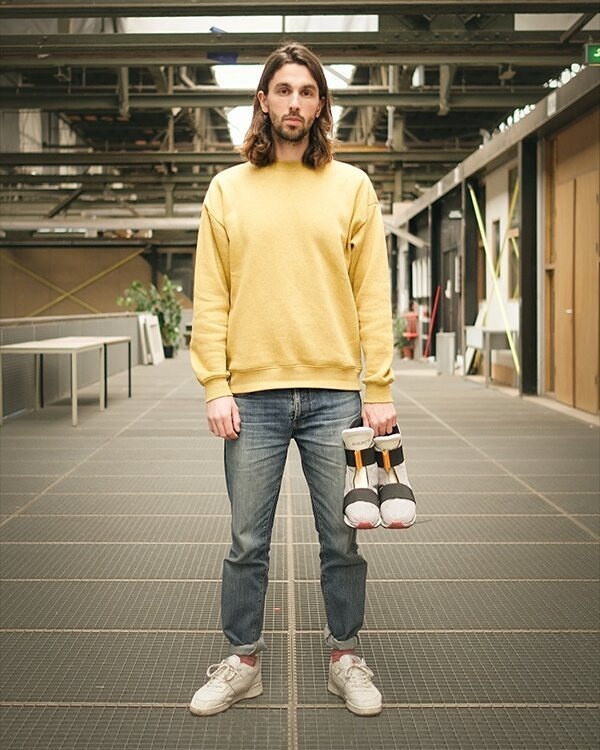
Biography
Since being founded in 2015, Studio Hagel has established a reputation as the world’s leading experimental footwear design studio. We design and develop collections that are rooted in a creative concept that can be applied to everything. Whatever we do, we don’t settle for the ordinary.
STUDIO HAGEL designed and made this pair of custom sneakers for the @TakashiMurakami's exhibition #sneakersforbreakfast at ComplexCon.
Looking back, is there anything that you wish you knew when you were first starting out? Any advice you would give your past self or anyone looking to start their own studio?
“Man, that’s a question...I guess things are always going to be different from what you think. In the beginning, I had an idea that everything I was going to communicate, everything I was going to show, was going to be done by pen and paper. Everything had to be done the traditional way because that's how it was always done.That’s what I always had in my mind. My Instagram feed had to look like a clear story, so my wall had to look like a clear story. But when I said fuck it all, I’m going to do whatever I want and follow my intuition, far better ideas came out. And maybe my wall looked like a big mess, but I started to see a signature of what I was doing. In a way, I found my signature with a looser and freer approach.”
Would you relate that to your ‘driven by experimentation’ process?
“Yeah, exactly. Don’t be afraid to fail or make mistakes. Don’t be afraid when things turn out differently than what you had in mind.”
Can you share any failures that you experienced?
“Definitely. Product-wise, I had an idea to make moulds and I’m horrible at making moulds. I wanted to experiment with all kinds of resins and the whole studio became one big mess. It ended up making an interesting texture but that was it. It all stuck together. I ruined a really expensive resin and the shoes that were in it. Business-wise, you learn things the hard way, like reaching out to people who are more important than you thought. One failure, I forgot a really important meeting and remembered two days after it was scheduled. That’s one of those things you do once and then never ever again. Now, I'm always on time.”
Do you have any projects that you’re particularly proud of?
“The very first shoe that I did with Virgil. I have really nice memories from that project. That was my “breakthrough moment”. It’s a horrible way to describe it but I would say that was my international breakthrough. Virgil reached out to me saying, ‘hey, I like the things that you’re doing and I want to make a shoe with you’ and that ended up being the Off-White Off-Courts. The way we approached it was super hands on and similar to my other Makers Monday projects. That shoe was a big success for Off-White and really good for my studio.”
So, you probably learned a lot from that experience.
“Oh yeah. Working with Virgil was a different approach. I never worked like that before with other art directors on past projects. Also, I got to be in the factories and go through the whole process from creation to prototyping. Everything.”
Design and development men's footwear collection for Off-White. Working alongside with Virgil Abloh.
Are you working on anything exciting right now?
“I’m working on my own brand. I’m really excited but it's also scary because it's your baby that you’re going to create. It’s also a super interesting subject to do research for because you’re going to ask yourself a lot of questions: What is the thing that people want to see from you? How are you going to challenge yourself? In what way are you going to stand out from what's already out there?. During Corona, I used the time to anaylze myself, think about my own brand and what I wanted to be or not be. That's the most exciting and difficult part.”
It’s probably a big task to define yourself.
“Exactly. I’m approaching it as an experiment. For me, it's more about this thing I want to do and hopefully I’m going to constantly improve it. Like I said in the beginning, you never know where it's going to go. So, I can't say this is the way I'm going to start my brand, this is the way it’s going to look, and this is the person who’s going to wear it. It’s not going to work that way. You’re always going to have pleasant surprises and mistakes, maybe some failures, but that's all part of the experiment. That’s the exciting thing.”
#Makersmondays.
When you get a creative block, what do you do to get out of it?
“I like cycling. I have a racing bike. It takes a long time and you're by yourself in a different environment. It’s meditative for me. So, it's a good way to rethink everything I’m doing. If you're stuck, move away, get away from it, and when you come back, you might have a different approach.”
Do you see yourself expanding beyond footwear and experimenting with other clothing?
“I believe in specialising. I think I’m still learning a lot from footwear and still have a lot to learn. There are still so many areas to explore when it comes to footwear. It’s a complicated product and that's also the challenge I have with footwear design. I’m not saying I’ll never do anything else. But right now, there are so many challenges in footwear for me to explore. Like different kinds of techniques and a whole spectrum of footwear – from women’s heels to men’s sandals. There’s so much to do in the world of footwear.”
The NB x Bodega X-racer is meant for "All Terrain”, so we pushed that concept to more extreme terrains.
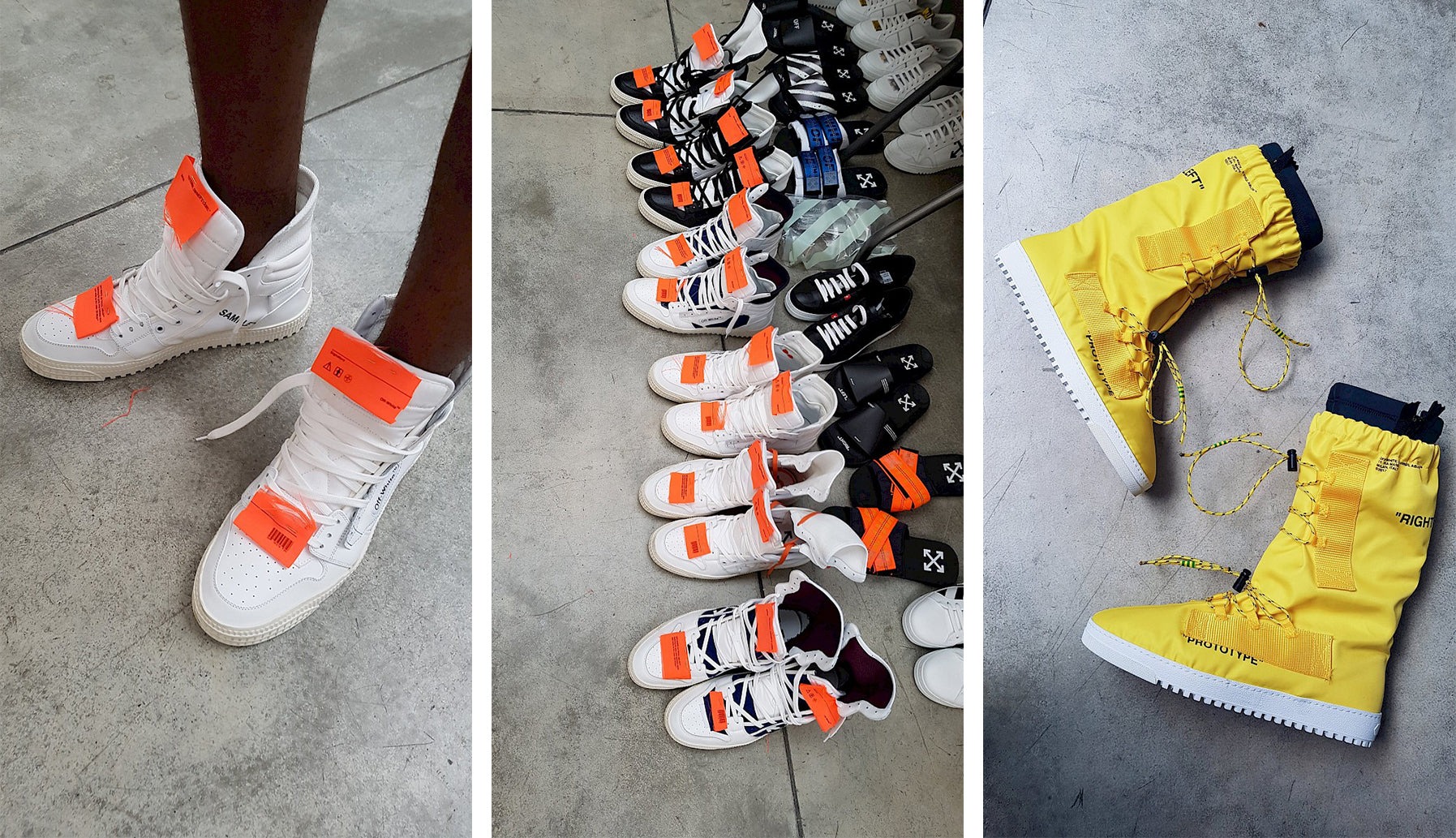
SUZANNE SCHULTING
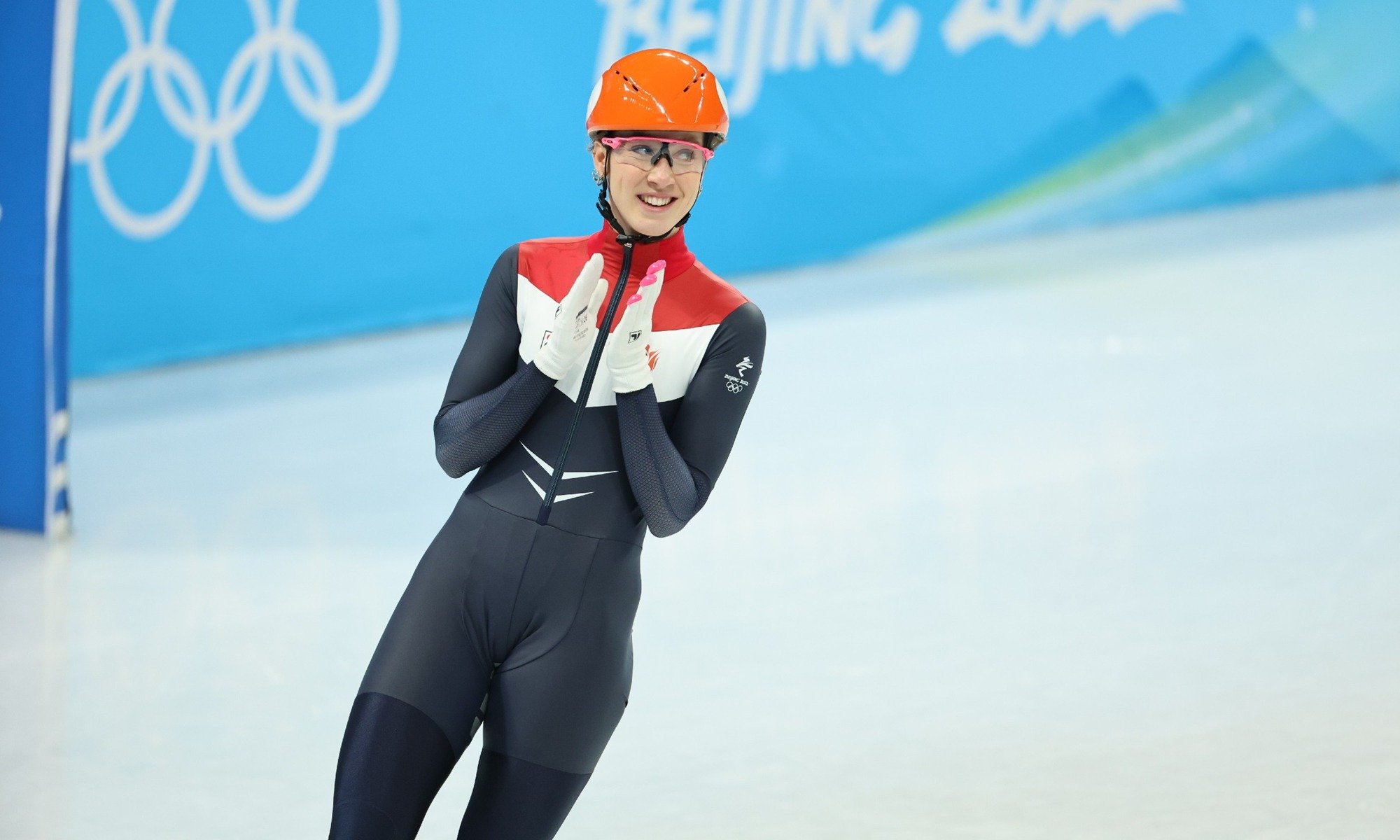
In this episode of Citizens we talk to Suzanne Schulting. Not only is Suzanne an Olympic gold medalist, world champion, European champion and 2018 Dutch Sportswoman of the Year, she’s managed to achieve it all before the age of 20. Ambitious and unstoppable, the now 23-year-old speed skater talks to us about life as an elite athlete and her goals for the future, making it clear that she’s far from the finish line.
13 Nov 2019
Paolo gattone
You’ve achieved so much at such a young age, what’s your next goal?
“The next goal is the World Championship this year in Rotterdam. So yeah, I want to become world champion because it’s for the home crowd. I don’t think there will be any crowd because of Coronavirus but still I really want to become world champion. Also because last year in March our World Champs got canceled because of the virus. So yeah, I want to be world champion again and the year after Olympic champion in at least one distance, maybe more. Maybe two gold medals or three gold medals. At least one."
What drives you to keep going?
“What really drives me is the gold. The feeling of winning the gold medal is the best thing ever. You train so hard the whole summer just for the feeling of crossing the finish line first. I scream my guts out when I win. That feeling really keeps me motivated and it’s like a drug. You want more and more and more."
This year must’ve affected your training.
“Yeah, it's all different. Normally, we get rest or go to camp or something like that. At this period right now, I would be in Calgary for 3 to 4 weeks for competition and enjoying the nice weather. But now we're in Holland and it's raining. I miss traveling and being abroad. But that’s the way it is."
What do you miss about traveling?
“In the winter, we start traveling the first part of the season. October, November we always travel to America or Canada. End of November or beginning of December, we’re always in Asia like Korea, Shanghai, or somewhere in Japan. That’s 3 weeks abroad. After that, we stay in Europe. We do training camps and competitions. I miss the competition. That’s why we travel, we’re there to race. They help us stay motivated because we have a reason to train. There’s a goal."
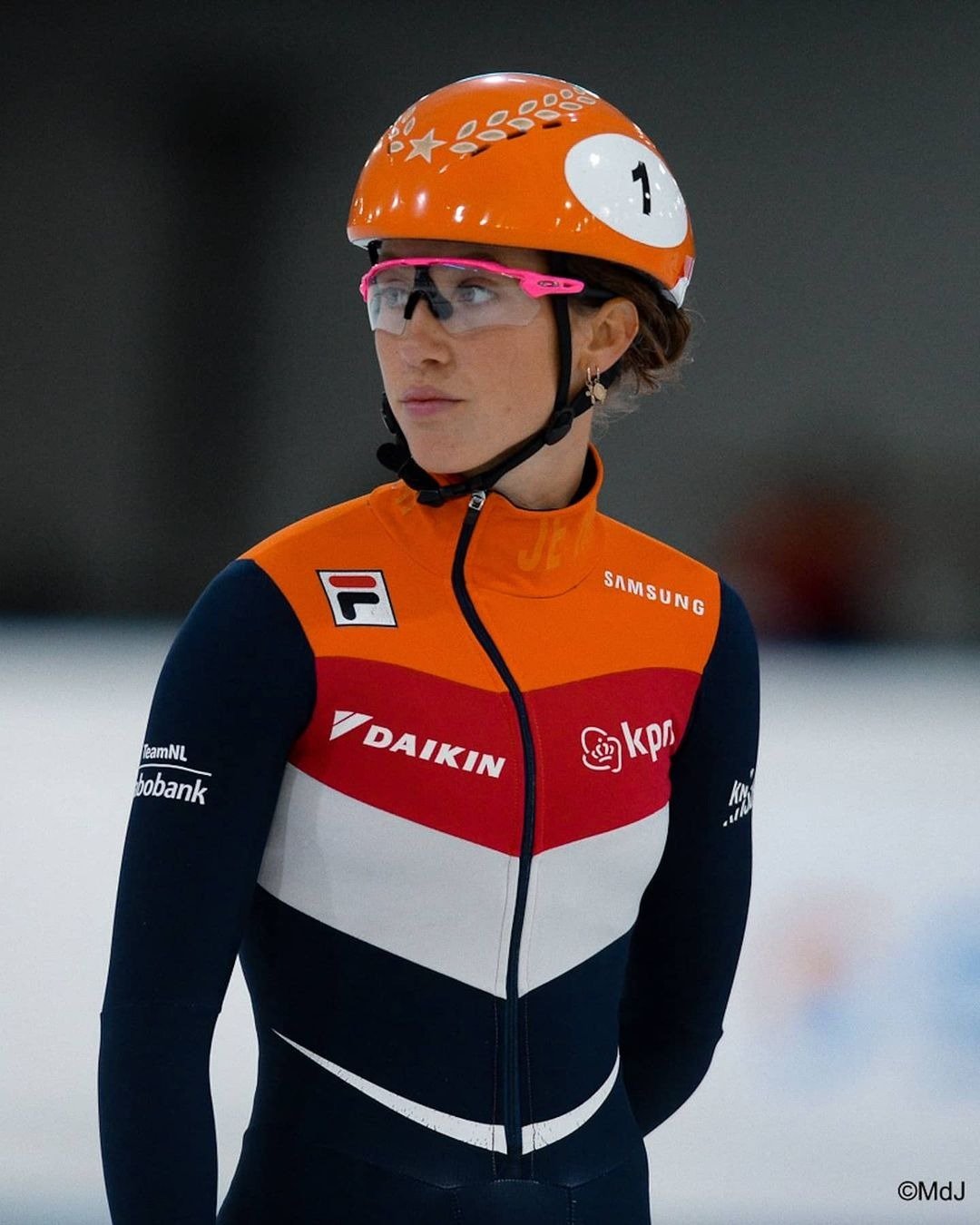
Are you based in Amsterdam?
“No, I’m based in Heerenveen. A really small village in the north of Holland. It’s like a 75 to 90 minute drive away from Amsterdam. I’m also from this part of Holland. I’m from the north, but my boyfriend lives in Amsterdam so I’m there a lot."
You’ve been speed skating since you were 8-years-old. How did you discover the sport?
“Well, my parents live in the middle of nowhere with little canals around their house. So, they were like, ‘okay, if it's frozen in the winter you can do some speed skating’, and that’s how I learned to speed skate. That’s where it all started."
Did you love it right away?
“First, my mom took me to see what kind of skating I wanted to do — speed skating, ice hockey, figure skating. So, for my first year of skating I did figure skating but I hated it because it was so boring and I wanted to do something different. All my friends from my village did speed skating so I did that instead."
What’s a training day like for you?
“I wake up in the morning around 8. I go to the arena around 8:45. Start doing my warm up, sharpen my skates, and then I will be on the ice around 9:45 until 11:15 or 11:30. Then I go home, make my lunch, eat my lunch, maybe take a nap. Just chill. I go back to the arena to do weights or some cycling from 3 to 5. Then, I go home and eat at my parents place or make dinner for myself and my boyfriend. So, that's my day and that’s 6 days a week."
What do you do on the 7th day?
“On Sunday, I always rest. I watch television or sports, or maybe go drink coffee somewhere or go out for dinner in the evening. Just really chill."
On the days when you feel off or your performance isn’t as good as it should be, how do you deal with that?
“Yeah, that's hard. Sometimes you feel that you just don't have the legs to win. But you have to reorganize your race and come up with a different strategy or adjust it. And you have to believe in yourself, it’s the most important thing."

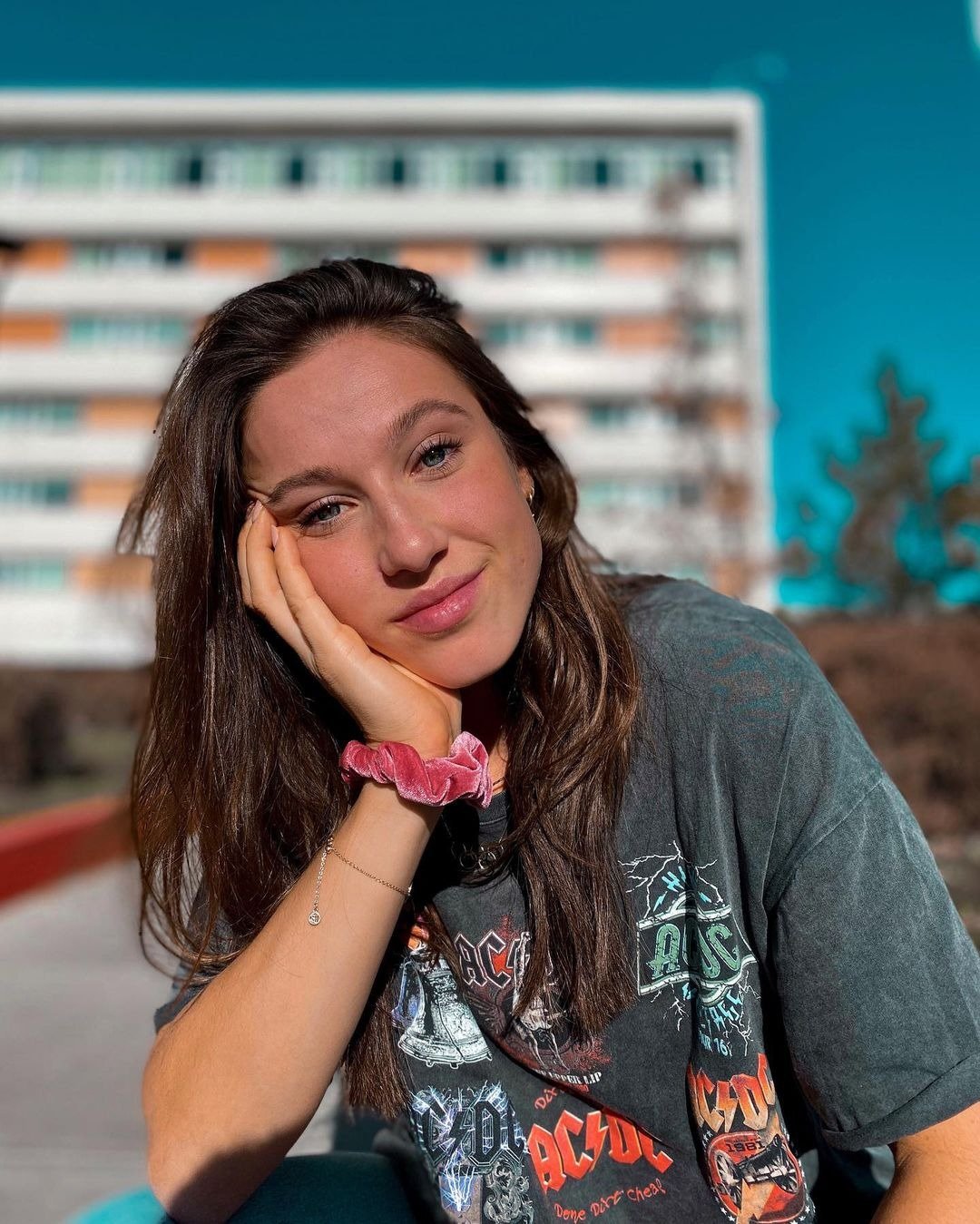
What was it like to meet the other athletes at the Olympics?
“I was really impressed the first time I went to the Olympic village. You eat all together in a big venue and see all the other countries and athletes like Lindsay Vonn, the super famous skier. It’s super cool to see all the different kinds of sports and all the athletes working towards the same goal."
How did it feel to represent your country?
“I feel really honored actually because in Holland it’s all about speed skating. It’s really a big thing. It’s really nice to skate in the suit and have the orange helmet. It feels really good to represent such a small country."
Do you have any competition rituals or anything that you keep with you for luck?
“No. You have a routine in your warm up, but I’m not kissing something for luck or anything like that. I know some athletes have little things like always wearing the same underwear, but I don’t have anything."
Are you more comfortable in skates or shoes?
“I’m the most comfortable in skates because I really know what I’m doing. I’m really in the zone. I feel the most confident when I’m wearing my skates and my suit because I know I’m the best at doing what I’m doing in the moment. When I’m in my shoes I’m also confident because I really have my own taste."
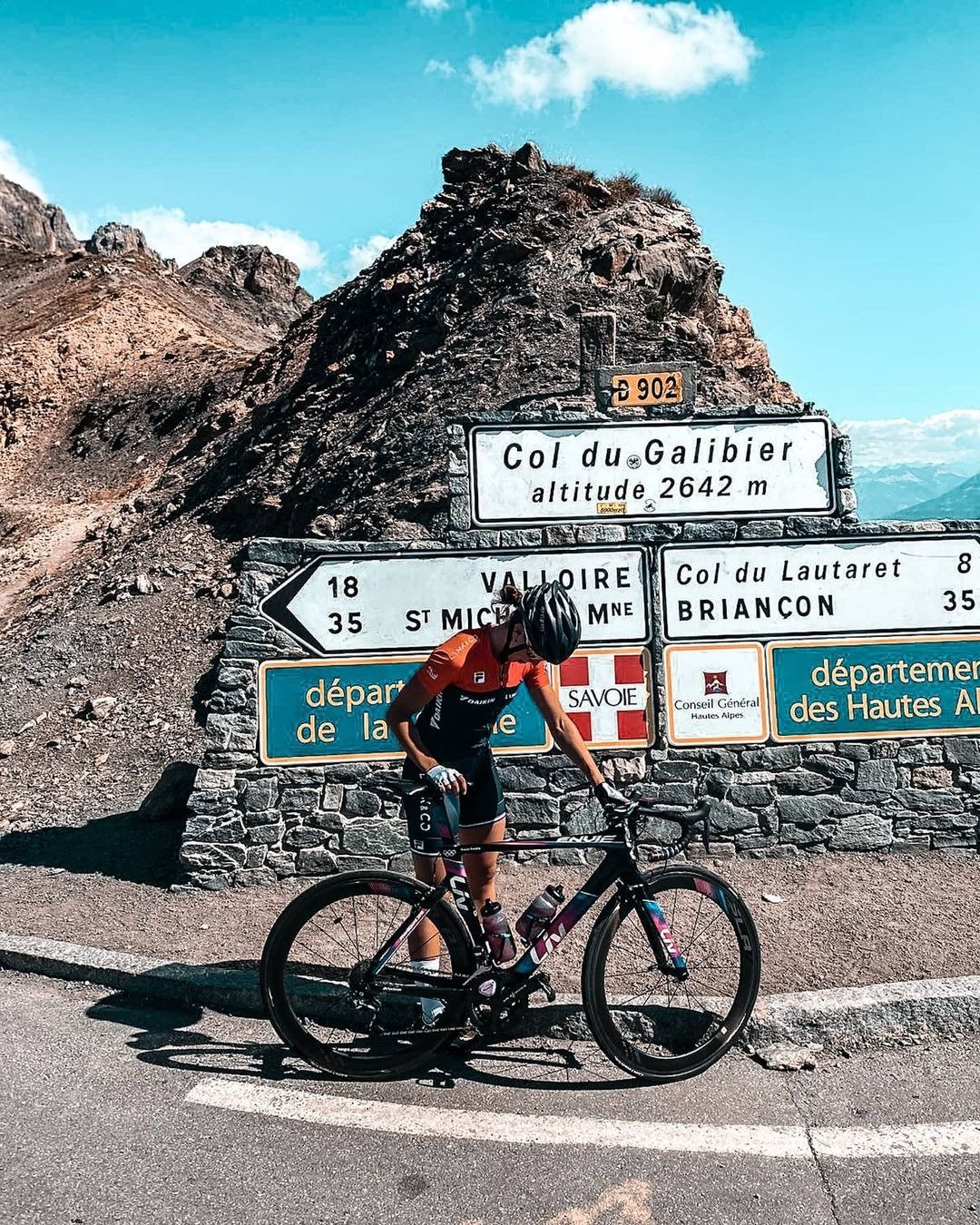
What is your taste off the ice?
“It really depends. I really like clothes that aren’t too tight. Loose fit. I like boyfriend jeans and really love sweaters. I’m just living in sweaters. Sometimes I like hipster style too. I also love a really beautiful dress for a special night out. But most of the time, it’s all laid back and not too complicated. Just a nice sweater and boyfriend jeans and I’m a really happy person. Oh, and Dr. Martens too."
You probably get asked a lot of the same questions in interviews. What’s something people might not know about you already?
“Ooo. Well, I play piano. It’s funny because most athletes don’t know that I play piano. Most of the time I’m a really busy person, like, I react to everything and everybody. So, when I’m just sitting there and playing piano, people are surprised when they see me and say it doesn’t fit me. I also like to party. I really like to party but we can only do it at the end of the season."
When you meet younger athletes what do you say to inspire them?
“The most important thing is to stay focused. Don’t get distracted by side things.The only thing that matters is skating. All the press and photoshoots, of course it's nice and fun, but it's all about skating. The only thing that can really make you happy is skating a good race or earning a medal."
What do you find inspirational yourself?
“I’m really inspired by athletes who become legends in their sport. That’s my inspiration, I want to achieve the same. To become a legend because I have so many medals. I want to be legendary. That would be really nice."
MYLES O'MEALLY

Founder of Areté - A progressive product creation studio that sits at the intersection of research, design, engineering, production, and brand. From working as a footwear engineer at Nike to founding Areté in 2019, Myles' entrepreneurial journey is a testament and representation of the diverse cities and cultures he has experienced.
27 Feb 2024
Lodia Sebit
Hi Myles, where are you today? Can you set the scene of your creative space for our readers?
I’m in our studio in Amsterdam. It’s quite minimal, not too much colour. My team always teases me about that! Lots of steel, grey, black and concrete. Quite industrial design studio vibes. And it’s split over 2 floors. The downstairs area is a bit more relaxed and a bit cleaner. People work from here sometimes and friends come to hang out and have lunch.
Then upstairs is the design space where all the samples and reference pieces are. It’s a bit messier - you’ve got the wall with all the work that’s going on so that’s really our creative space. We’re south facing and are blessed that it’s got a floor-to-ceiling glass front with so much natural light coming in. It’s really a beautiful place to be.
You started Areté after working at Nike as a way to build your own happiness. What does happiness look like to you?
That’s a big one isn’t it! There are so many different ways you could answer that question. Within your career, I think happiness is really driven by how far you’re into your passion. Finding something that you’re excited about getting up for every morning gives you real purpose and fulfilment. That obviously makes you happy. Then getting better in that passion and seeing yourself develop and improve really adds to it.
In your personal life, I think stability and being surrounded by loved ones obviously really makes you happy. I think if you have really good friends and really good family, you can get through any challenge in life.

Biography
Founder of product design and engineering studio Areté. Born in Birmingham and now based in Amsterdam by way of a three-year stint in Vietnam, O’Meally is a true global citizen who channels his experiences into a rich creative life.
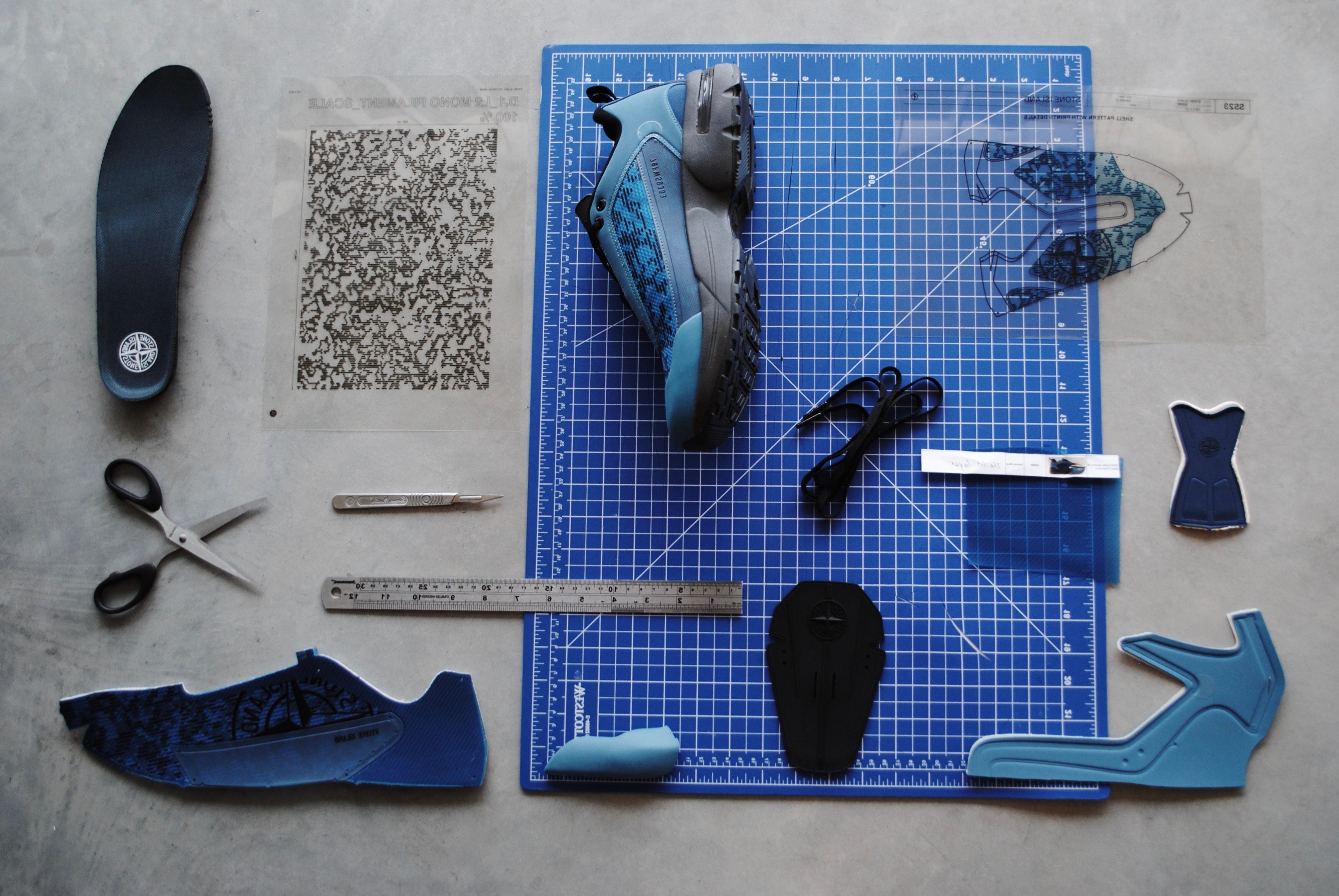
Sticking with the personal life aspect, how do you disconnect from work?
Sport, fully sport. I was raised as an athlete first and foremost and I used to play tennis to a high level. The creative stuff and the design engineering came second. Playing, watching, working out - that’s the way I disconnect massively. I do a lot of football and padel tennis as that’s easy with friends just to mess about.
Then being with family and friends from back home in Birmingham is also nice as well, you know.
Is that sporting background what led to Areté’s sneaker focus?
The sneaker focus comes from my background at Nike combined with where the industry trends were when I started the studio. But we’re setting the theme. We can create almost whatever the client wants. For Raf Simons we did a number of different boots. We were even working on a woman’s heel towards the end and for A-COLD-WALL* we did loafers.
So, you’re not necessarily a sneakerhead then?
I’m not a sneakerhead! In the traditional sense at least. When I was younger there were, of course, particular models that I loved and had. Supreme just brought back a shoe called the Courtposite with their latest Nike collab. It’s a tennis shoe and I had it when I was like 15. I thought I was the sickest kid in these shoes. But I didn’t study footwear design at school. It was more the making of products, the engineering and the industrial design process that I liked, then I fell into footwear because my first job was Nike.
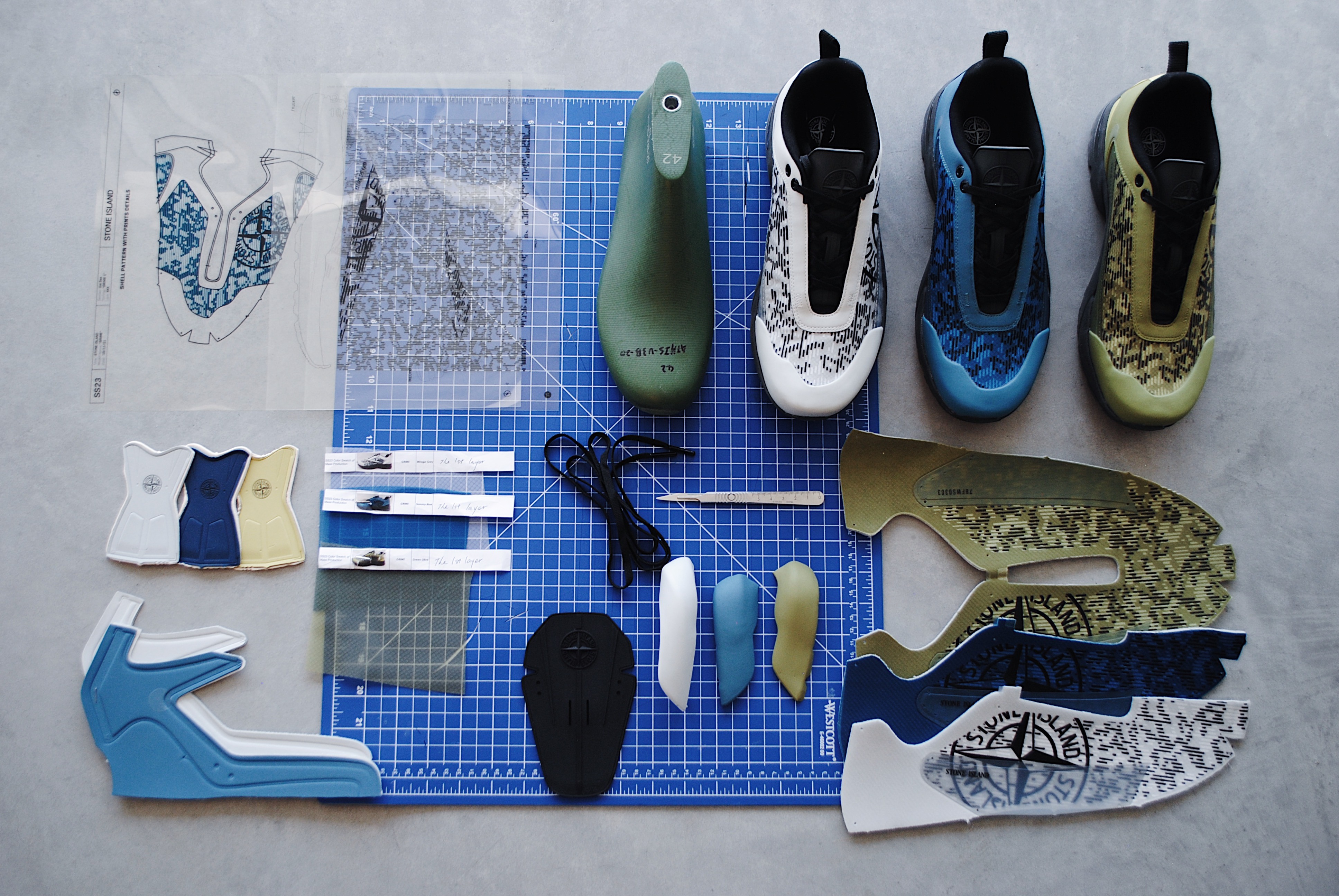
It feels like you can’t talk about creative industries right now without mentioning AI. How do you feel it might impact the future of shoe design?
I’m actually really fascinated by it as part of the concepting phase. When you do your research into your topic, you’ll of course have your own concept ideas that come out of that research. But feeding that into AI and seeing what that spins out will support your own thinking. For me, AI will never replace the top-level creatives because they’ll just learn how to use that to make their own ideas even more developed and advanced. Because if you feed in rubbish, it spits out rubbish. But if you feed in the right stuff, the right concepts, the right references, the right text, what it feeds out can be very interesting. How you then take that to design your piece is then back to the talent of the individual creative.
We’ve used it for a retail project we’re working on right now as part of the early phase of ideation and it was really interesting. It was really fun to use actually.
The tech is useful but the people are still essential! Can you talk us through a human element of shoemaking that really stands out to you?
My eyes were really opened up to the level of skill in factories in the three years I worked for Nike in Vietnam. Of course, you’ve got amazing developers and designers that are sat in Nike’s headquarters. But the unknown, quieter side of things, which is less spoken about, is the amount of skill and experience that exists in the factories. It’s insane. I became big team factory over those three years. Obviously design and the engineering pre-hand over to the factory will have a big impact on the end product, but the biggest impact comes from the quality of the factory you’re working with and the quality of its team.

Any insights into what the future holds for Areté?
Right now, we’re in the process of evolving from footwear studio to product design engineering studio. Footwear will still remain a core part of what we do but we’ll be expanding into new areas such as spatial design, installations, accessory design and apparel. We’re working with the artist Skepta designing his full collection for Puma for example. So we already have a few projects that we’ve started at the beginning of this year which feed into that evolution, so next year you’ll start to see a broader range of projects coming from the studio.
I’ve also started an area in the studio called Future Scope. It’s a small space for us when we have the time to explore ideas that we wouldn’t normally be able to with our client-based projects. It’s more research and innovation focussed. It’s more slow burn and there are no deadlines to hit. So, if we get a topic that we like the sound of or an opportunity to work with a partner on something that we can go deeper into through the lens of innovation, sustainable design or circular engineering, we can put it under Future Scope.
Touching on sustainable design, how easy is it to do within the footwear world?
It’s really difficult. We do the bits that we can – we work with organic cottons and recycled or upcycled materials. But there are still commercial objectives for a lot of our projects and that makes it difficult to go as clean as you could do. We’re working on a project right now within Future Scope that explores this topic with a company in Portland, America, so hopefully we create something that’s ready to share next year.

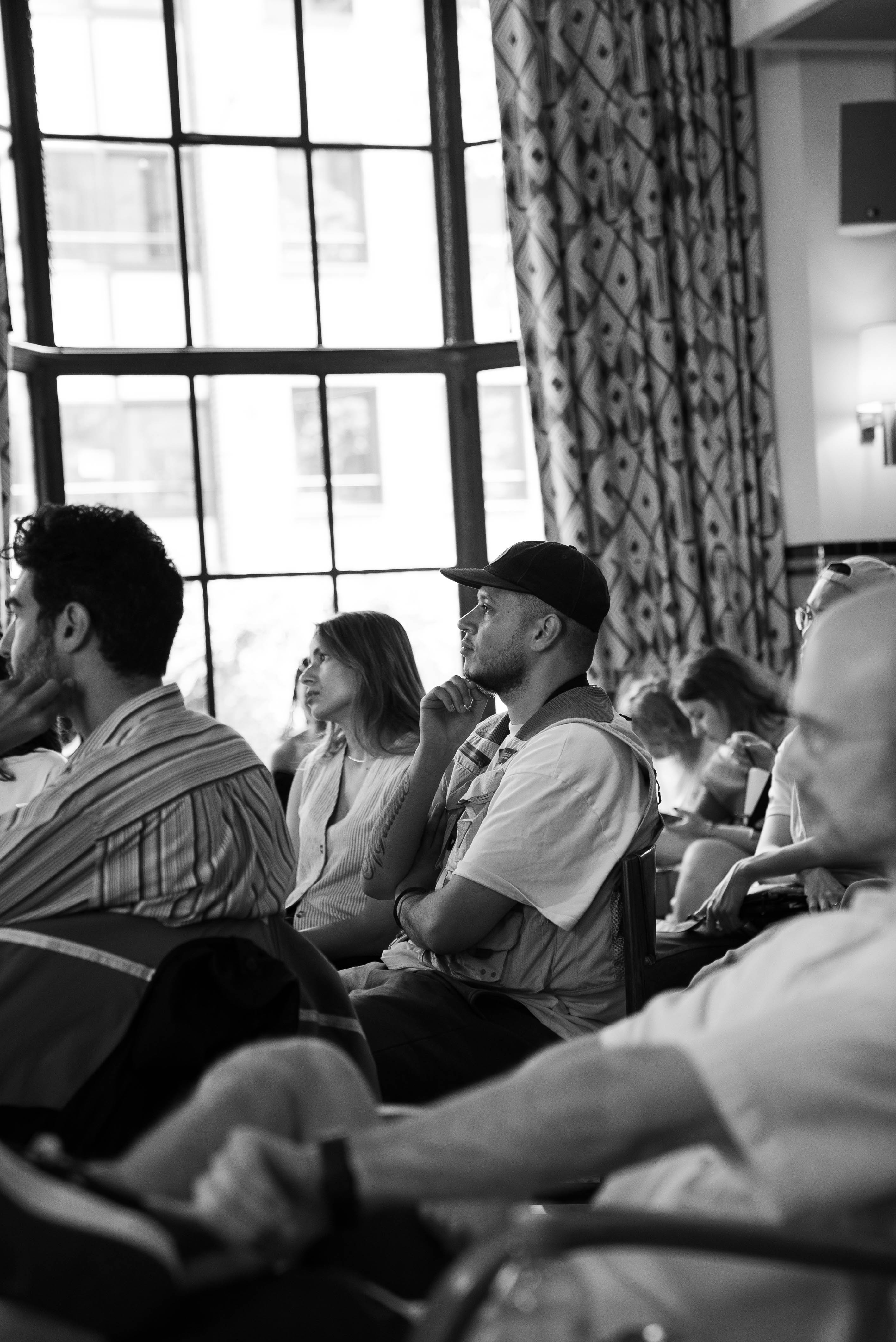
OLAF stands for Our Life As Friends, which encompasses how we thrive on making connections with countries, cultures and citizens around the globe. How has a life of meeting friends from the different cultures you’ve lived in around the world influenced your life?
I think that it balances you and makes you more of a complete individual because you’ve got so many references to pick from, learn from and absorb. I take bits that I really respect and value and then try to incorporate them into my character. In some ways it helps elevate your thinking just to be exposed to so much. You see the right and wrongs in things. You see how people might approach a certain problem or task in different cultures. I’ve learnt from people of different religions, too. A lot of my friends here in Amsterdam are Muslim and I’ve learnt so much from them about Islam. I just enjoy being a citizen of the world.
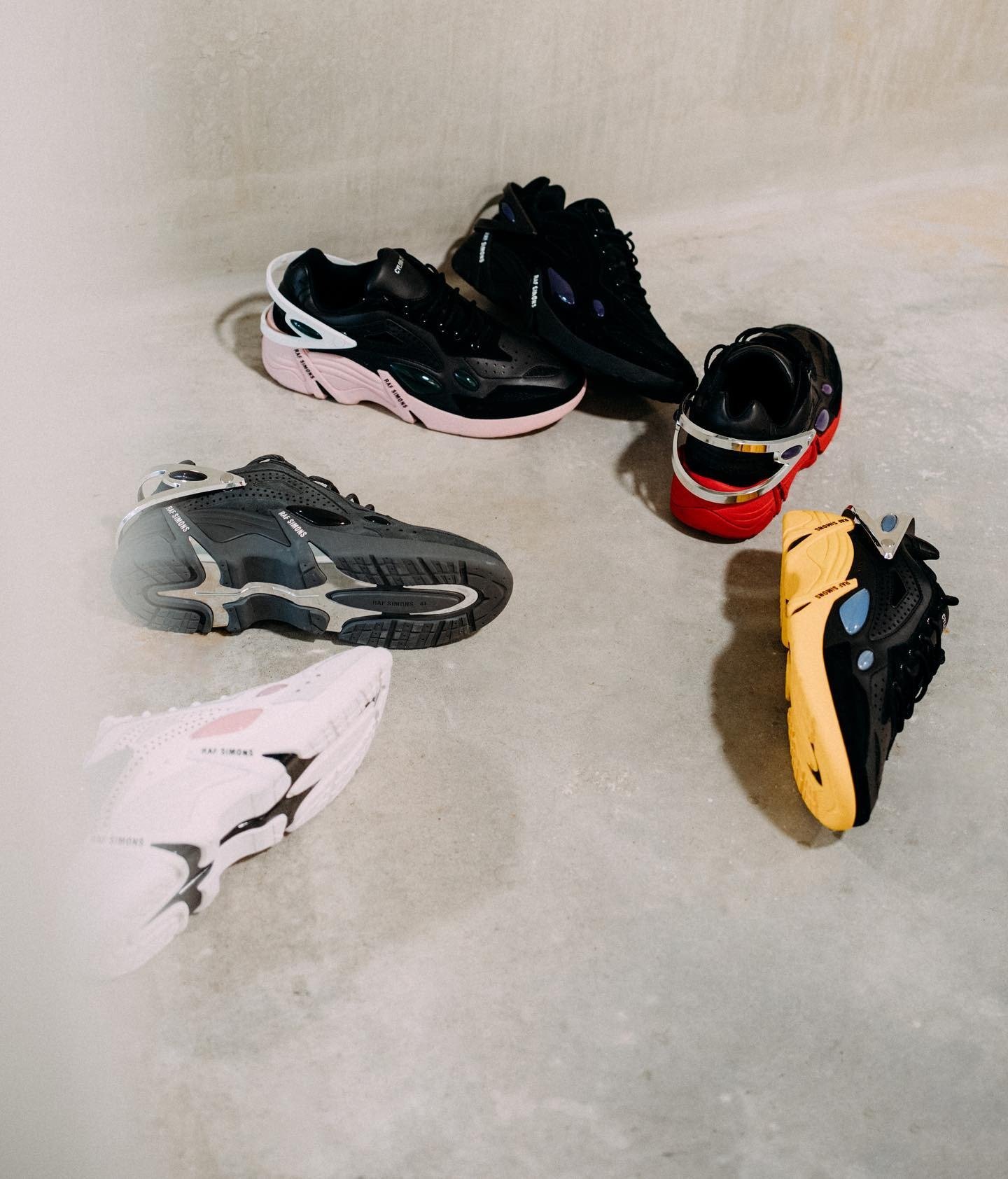

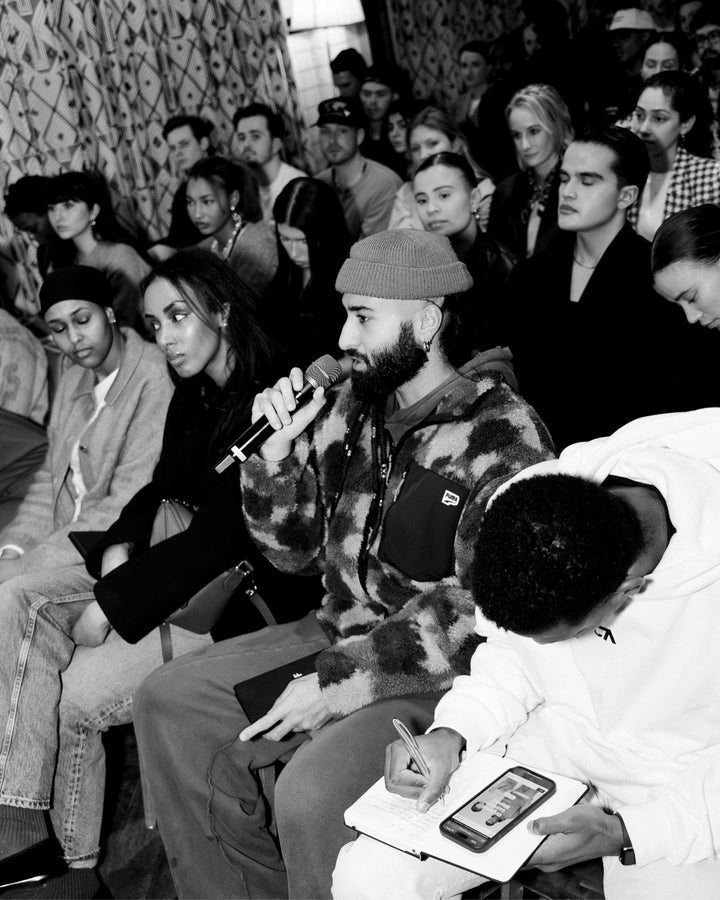
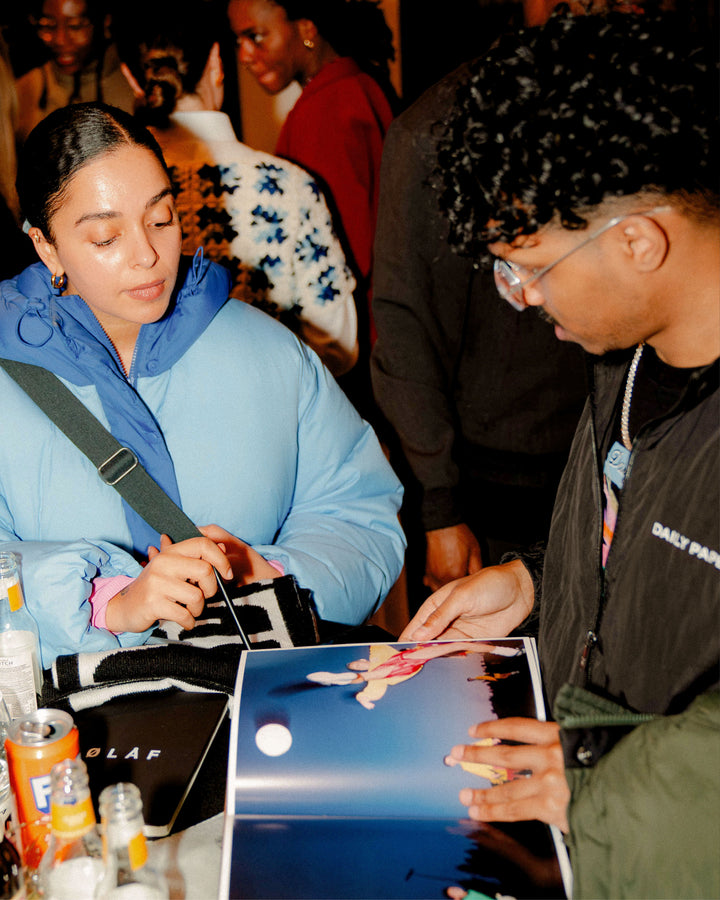
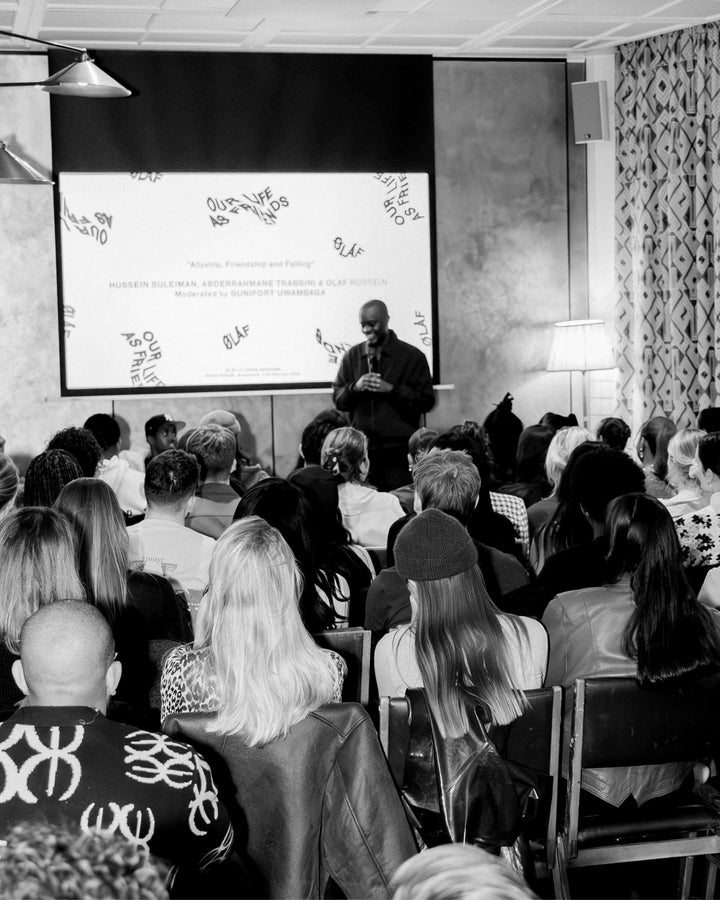
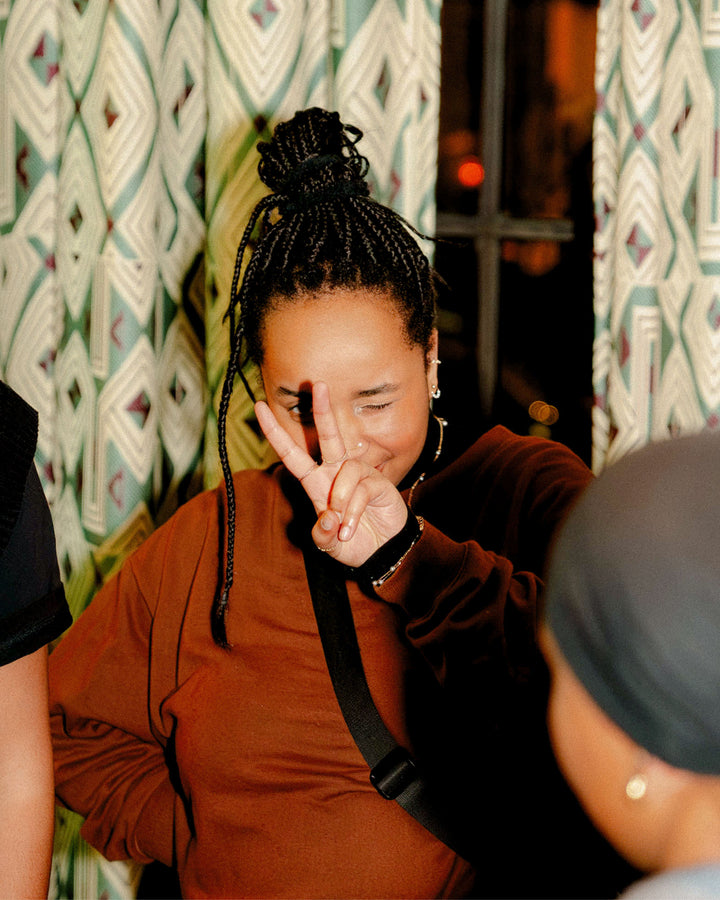
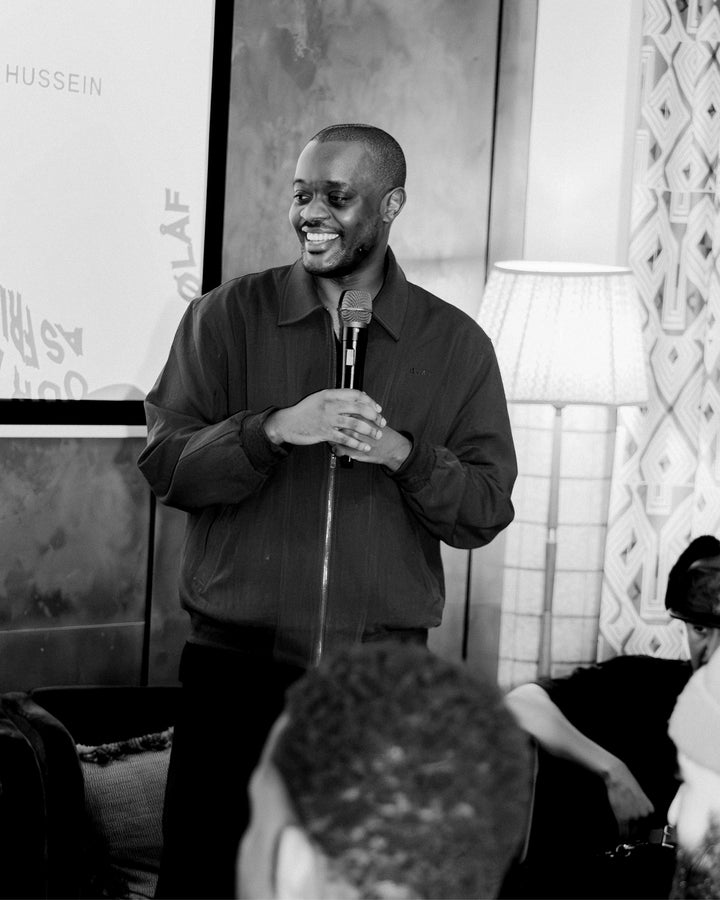
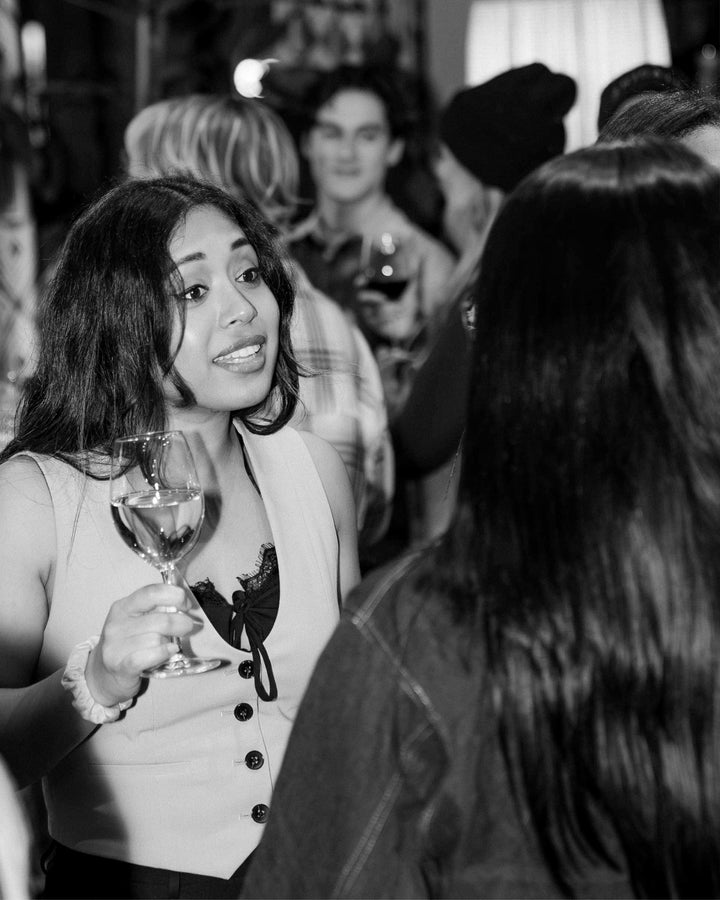
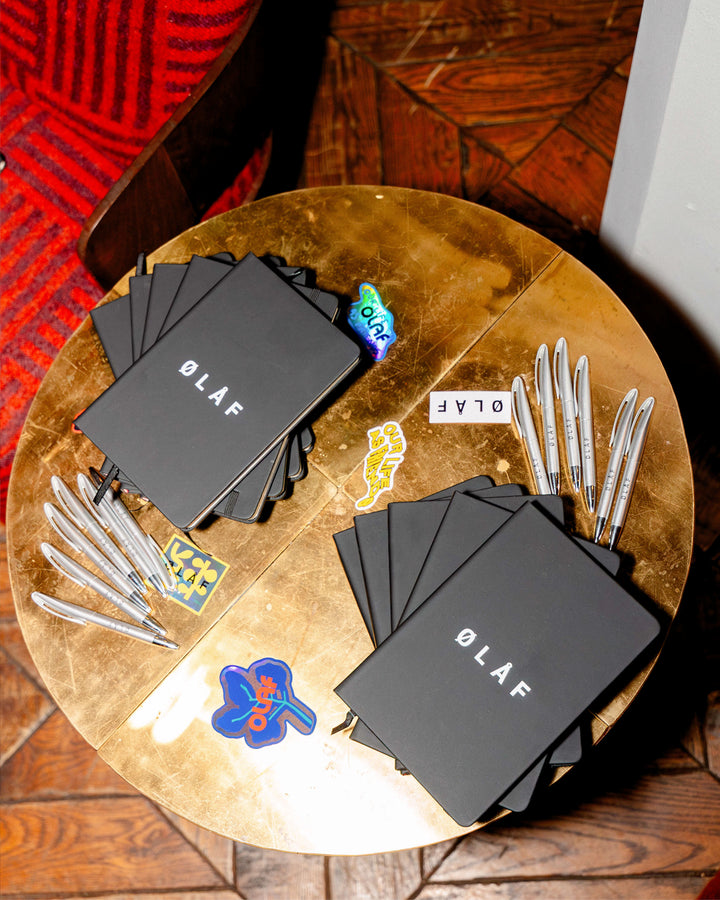
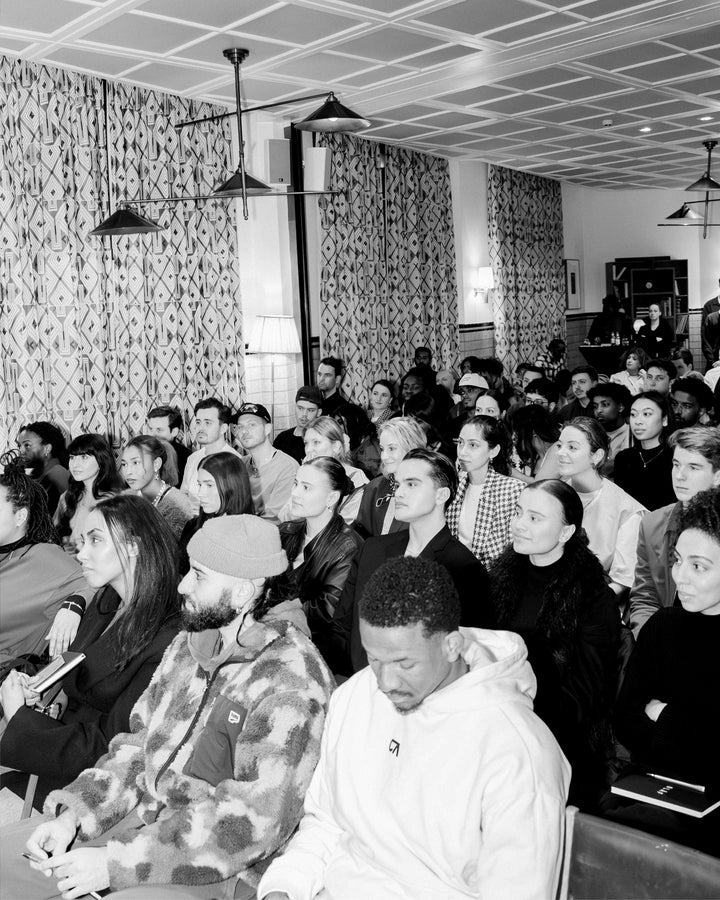
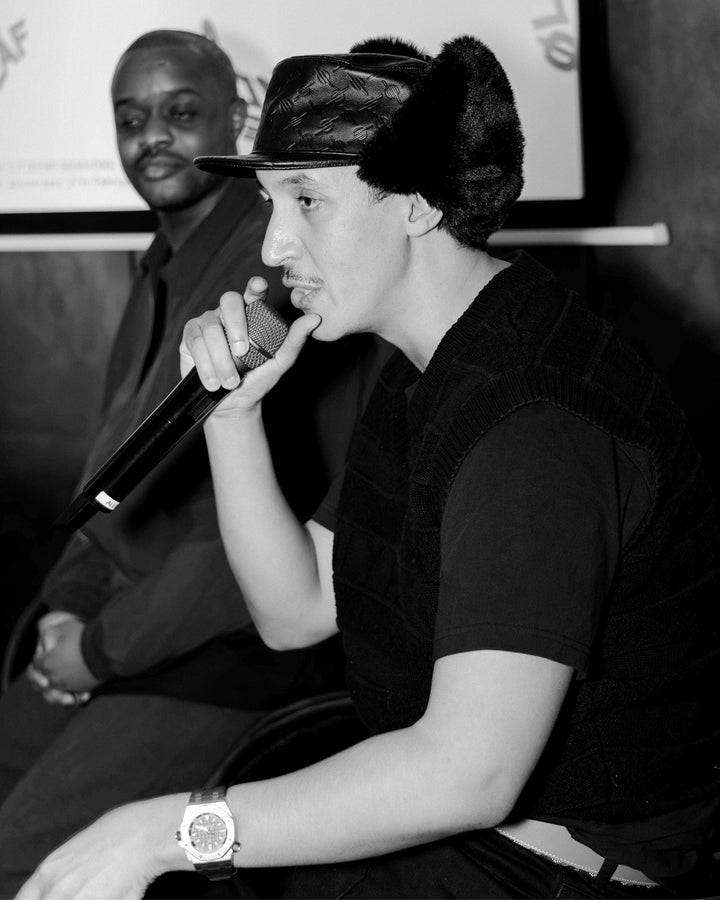
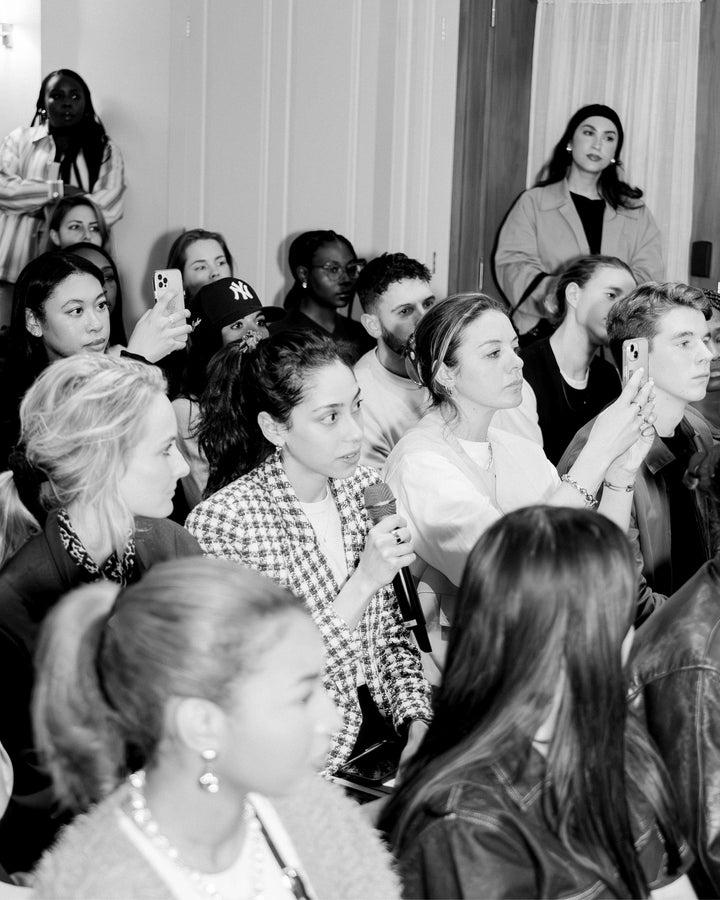
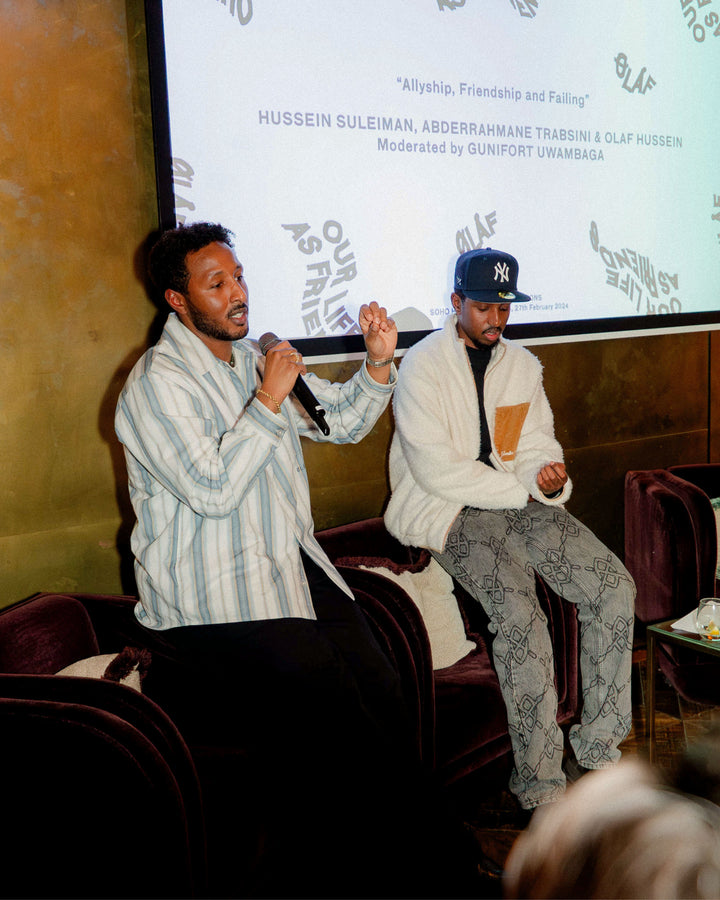
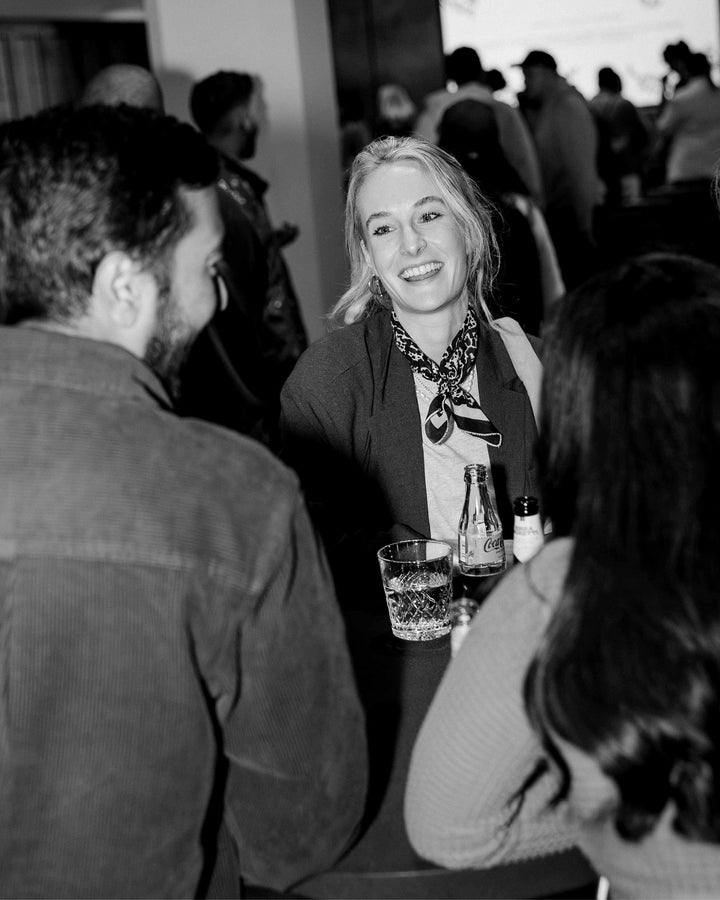
GUNIFORT UWAMBAGA
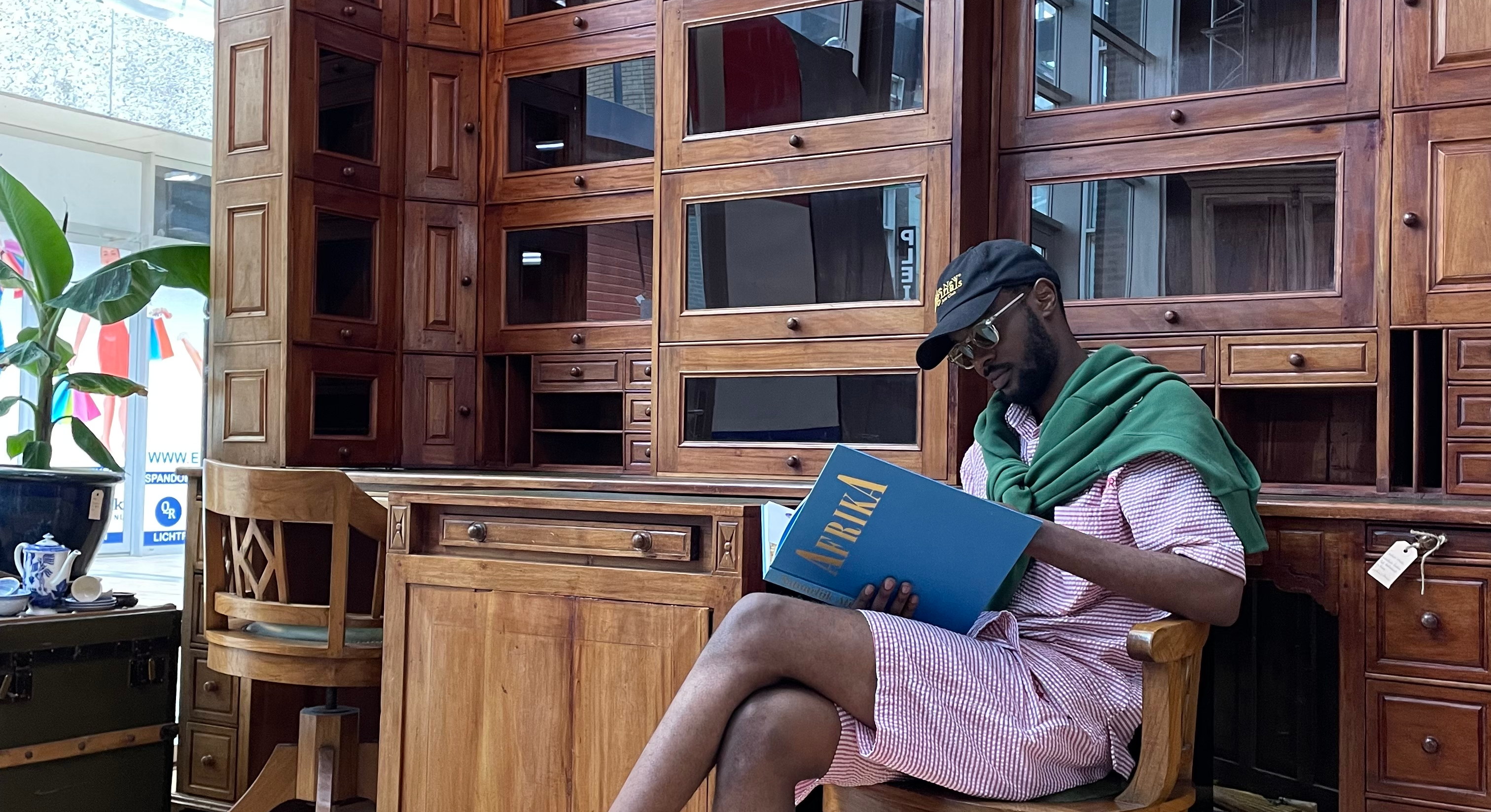
After a decade of running a bookstore and making books, Uwambaga is moving his focus to a new type of storytelling. Here, he tells us all about friendship, fatherhood and creating work that serves his wider community.
20 Mar 2024
Lodia Sebit
Hi Gunifort, you've been friends with our founder Olaf Hussein for a long time, how did that come about?
Fifteen years ago, I was working for a denim brand called Blue Blood, in their store in my hometown. One day this very stylish guy walked into the store and purchased a couple of items. We had some good banter and that was it. Then I saw him a second time at a Pharrell Williams concert here in Amsterdam, where he actually went on stage because he used to wear a lot of Pharrell’s clothing brands back in the day. I recognised him and loved that he was so connected to what was happening internationally in fashion and culture. We became friends on Twitter and then when I came to Amsterdam to study, we properly linked up again and found ourselves in this friend group of like-minded guys with similar backgrounds.
You both work in creative fields too, how has the friendship shaped your work life?
I think Olaf and I have the most similar backgrounds in our friend group, to a certain degree. When he finished university, he worked in the corporate world for a big consulting firm and then made the transition into fashion basically from the ground up. I also have a very academic background in Finance and Information & Knowledge management. Olaf was one of my inspirations to make a similar move from corporate to creative. We’ve always been very close to each other not only on a personal level but also on a professional level.
I recently found these photos from 2013-2016 of some of the first trips he made to Portugal to start production. I was going with him as a friend, a fitting model and as somebody to spar with. It’s been beautiful to see his development.
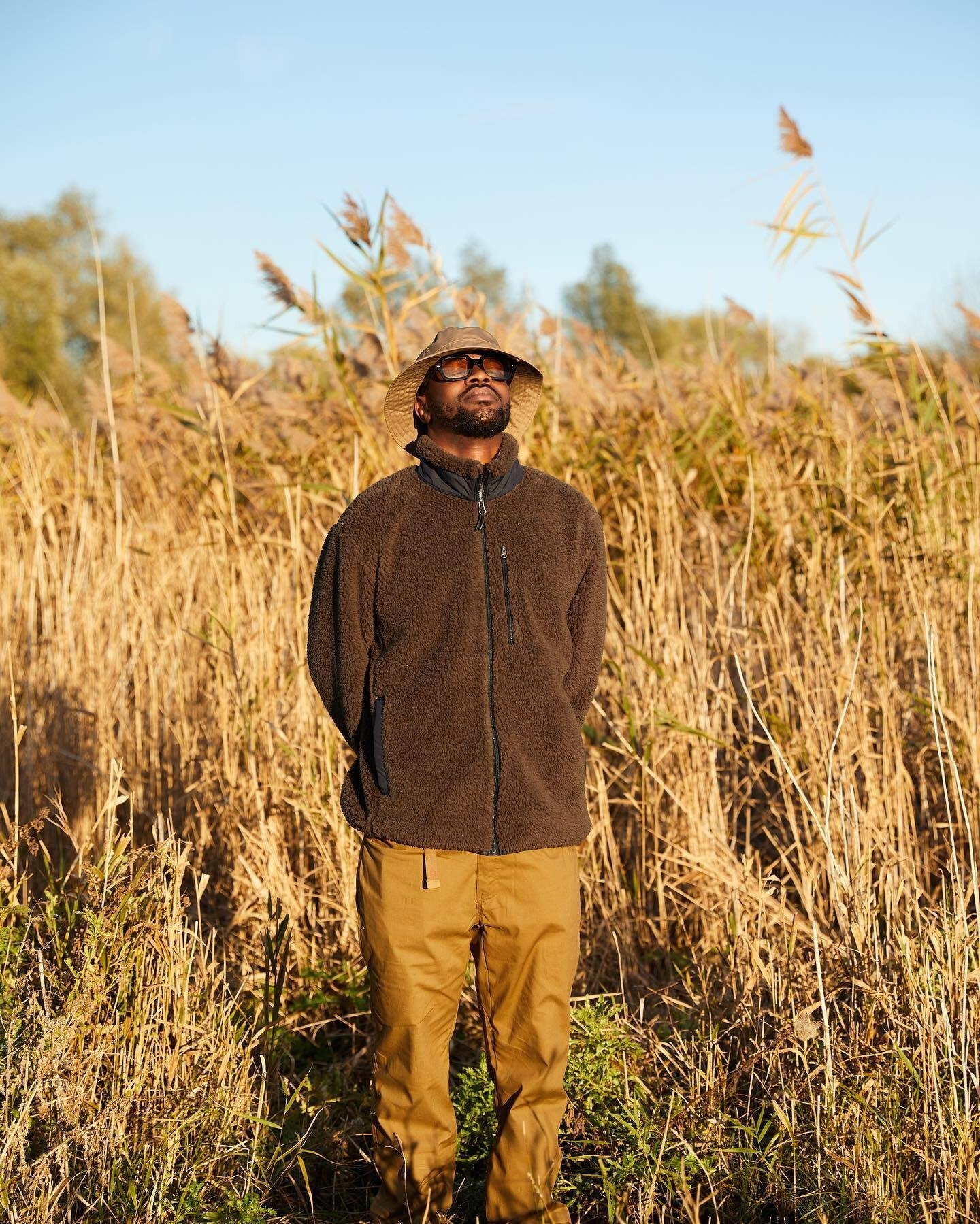
Biography
Born in Rwanda, Gunifort Uwambaga is an Amsterdam-based creative entrepreneur who is passionate about stories, history, art and books. He was previously a co-owner of the renowned bookstore MENDO and is currently working at What’s Culture, a digital platform focused on history-driven stories about music, art, photography, and entertainment.
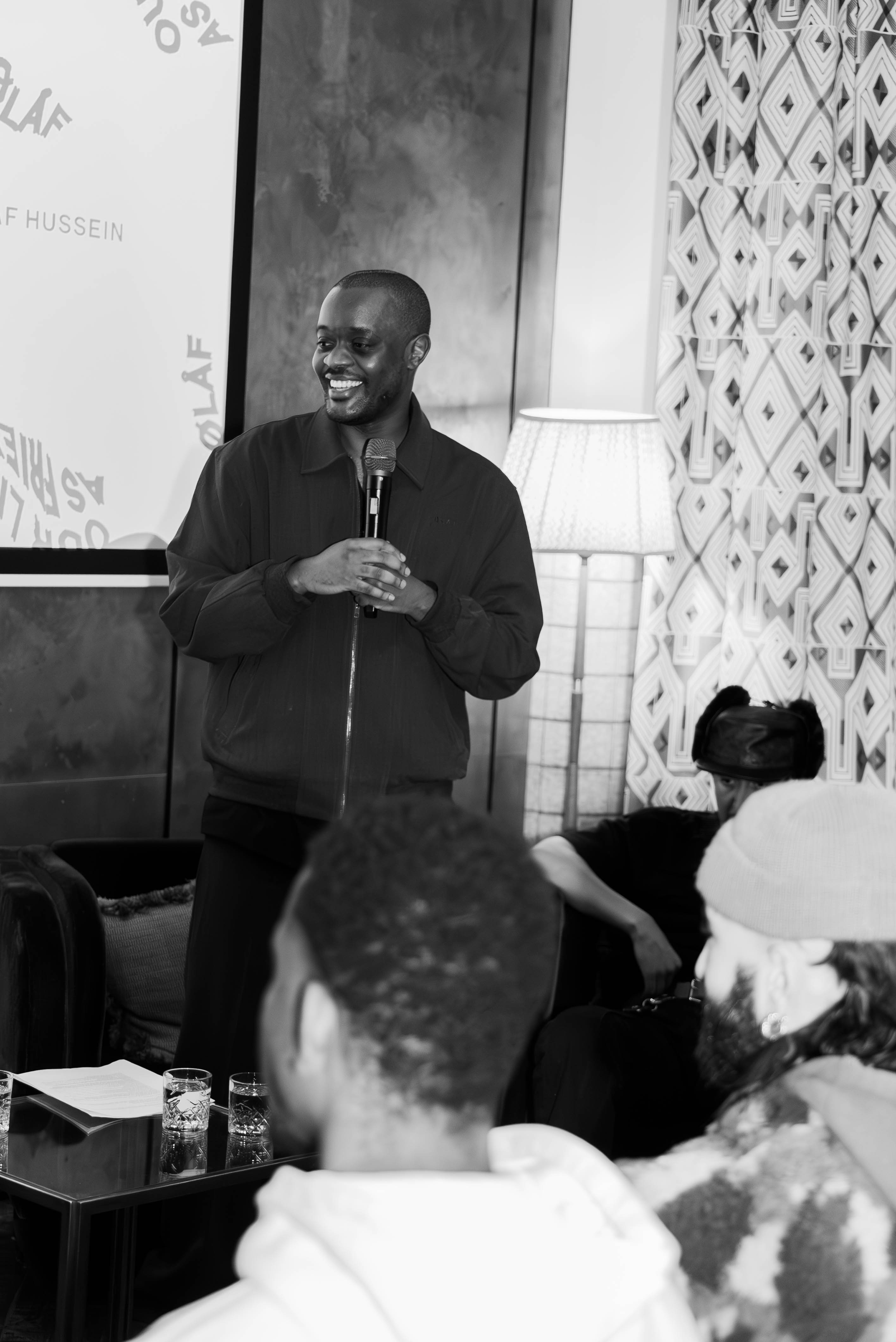
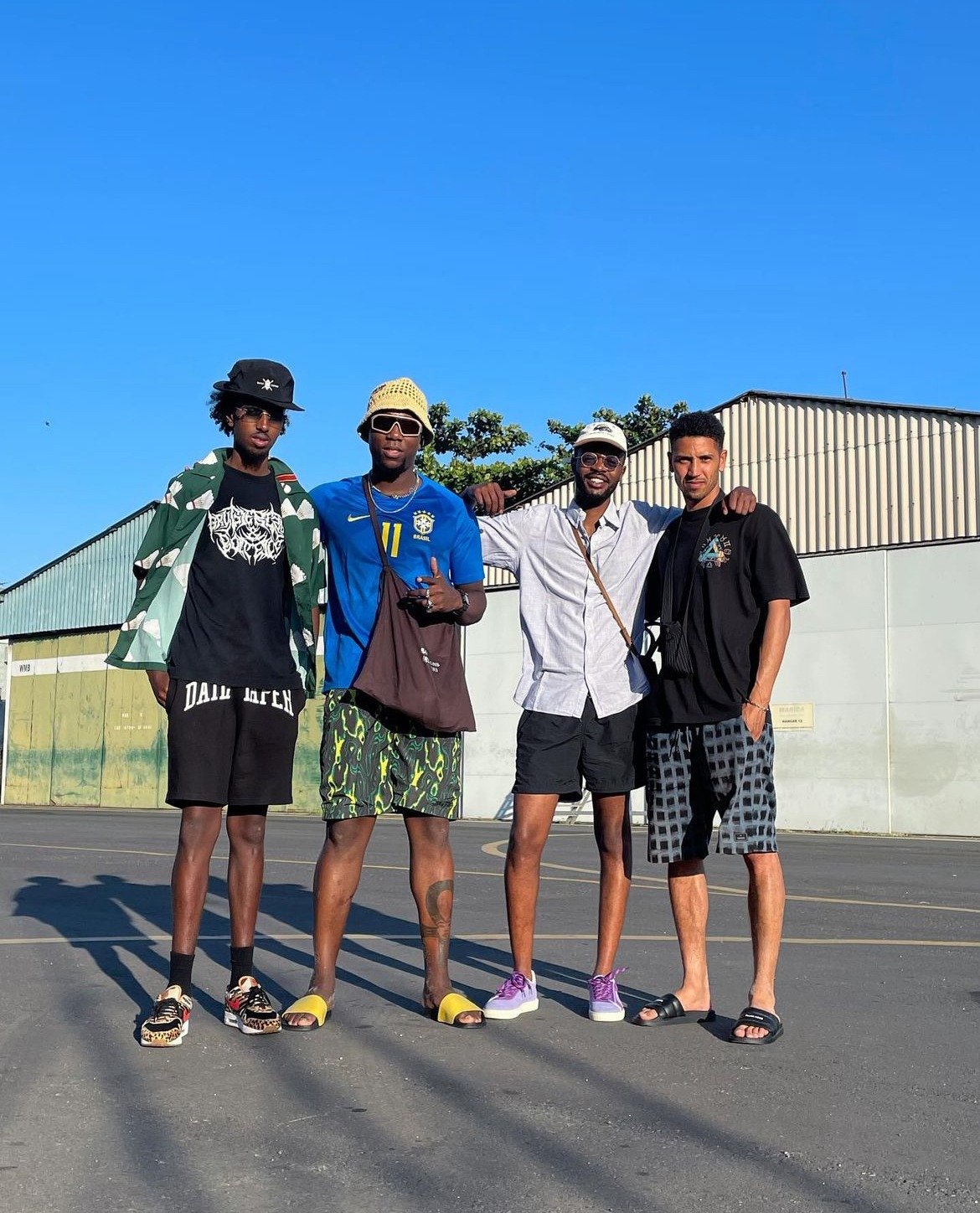
You touched on your trajectory from corporate to creative – tell us more about your work and what you’re up to at the moment.
For over a decade, I have worked in and co-owned a bookstore and publishing company called MENDO. At the beginning of 2023, I felt quite ill for the first time in my life. I realised then that I’d spent 12, almost 13 years doing this one project and my profile had become “the book guy”. I love books but it’s a singular, somewhat limiting medium. It’s very capital and time intensive endeavour and not an extremely dynamic process.
One of the biggest drivers for continuing with that business was a responsibility that I felt for my community, being able to offer a beautiful space with beautiful books to everybody from students to retired creatives. I also realised that by getting sick and now also being a dad that I should be a little bit more egotistical. It was actually a big burden to keep the business afloat with all the other ambitions that I still have for my life. I love books, but I’m equally as curious about other mediums. Eight years ago, I was writing a thesis on blockchain technology for my masters, and I just wanted to explore that again – the world of digital, other mediums. I found that the red thread of what inspires me is storytelling.
During this time, I was speaking with a good friend of mine, Jamal, who founded What’s Culture as an Instagram page that puts culture in context, covering all different creative fields from music and entertainment to sports and fashion. We identified an opportunity for me to add value and help grow that platform, building a brand around it and a business model underneath it. I saw how it could still serve as a very valuable contribution to my community and help me tell our stories, but this time not limited to Amsterdam - we’re global.

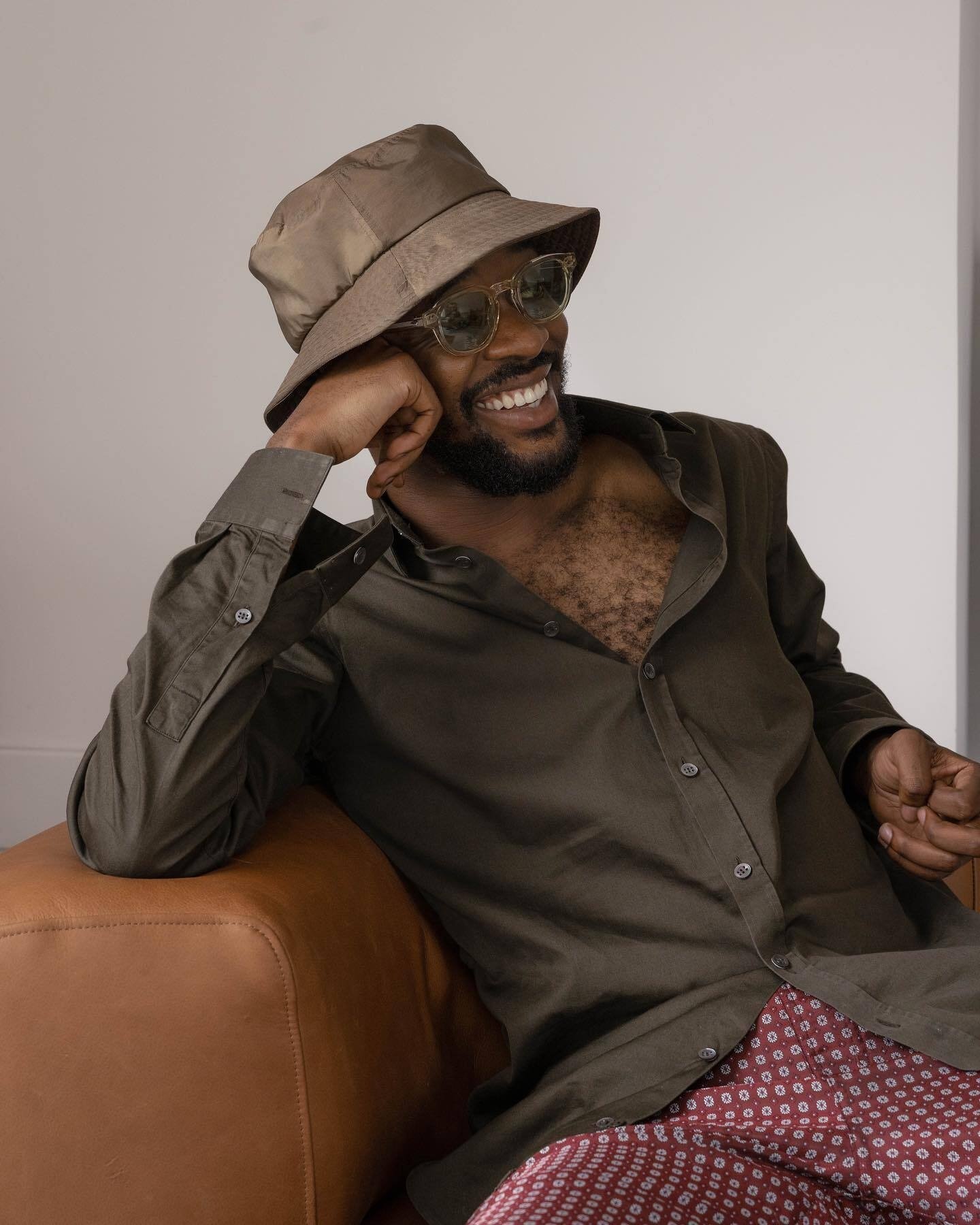
So, What’s Culture is the major focus right now. How is it developing to be more than the Instagram page?
What you see of What’s Culture at the moment is just the very early stage of everything we have in mind. We’re flipping the traditional business practice by working on our social media, following and community first, building the brand by working from this very strong, very organic foundation. Then we’ll deploy the proper platforms and the physical manifestation of what this will fully be. Of course I loved my store and retail, so we’ll have a physical space again in the future.
We’ve started doing events as we have a good community and following here in Amsterdam, but that’s not what our company will ultimately end up doing. It’s not even a soft launch, this is just connecting with our future customers, a building process. We’re also exploring the business case at the moment, which is another reason why we’ve chosen this strategy. We’re very open, not conventional or conservative. We’re talking with people in educational spaces, AI, community building in different parts of the world, in Africa, in travel, in food. We’re talking with individual artists. All of this to figure out what our culture needs and where the company should grow into. So, yea, right now you can only see a tiny percentage of what we’re building.
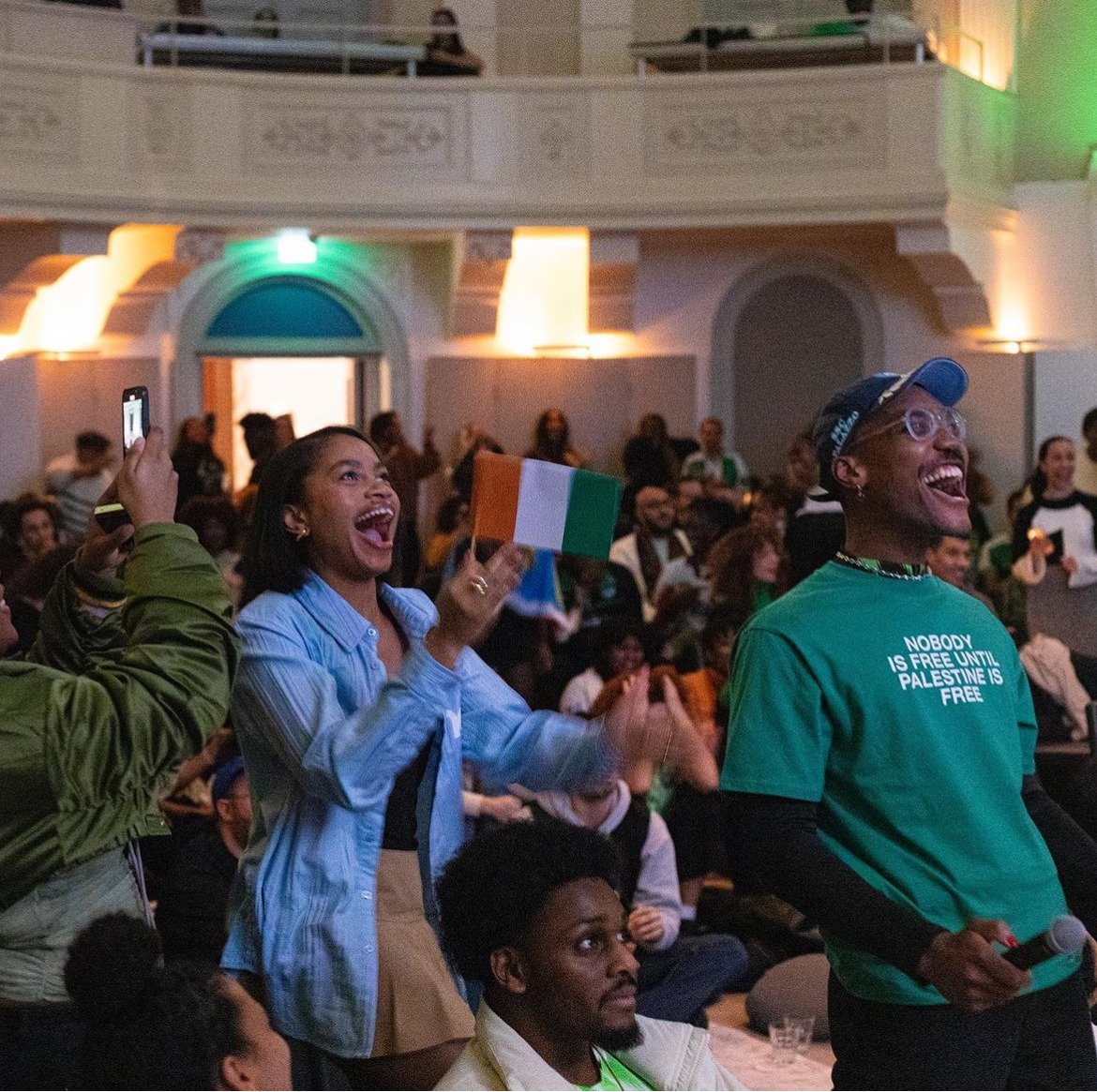
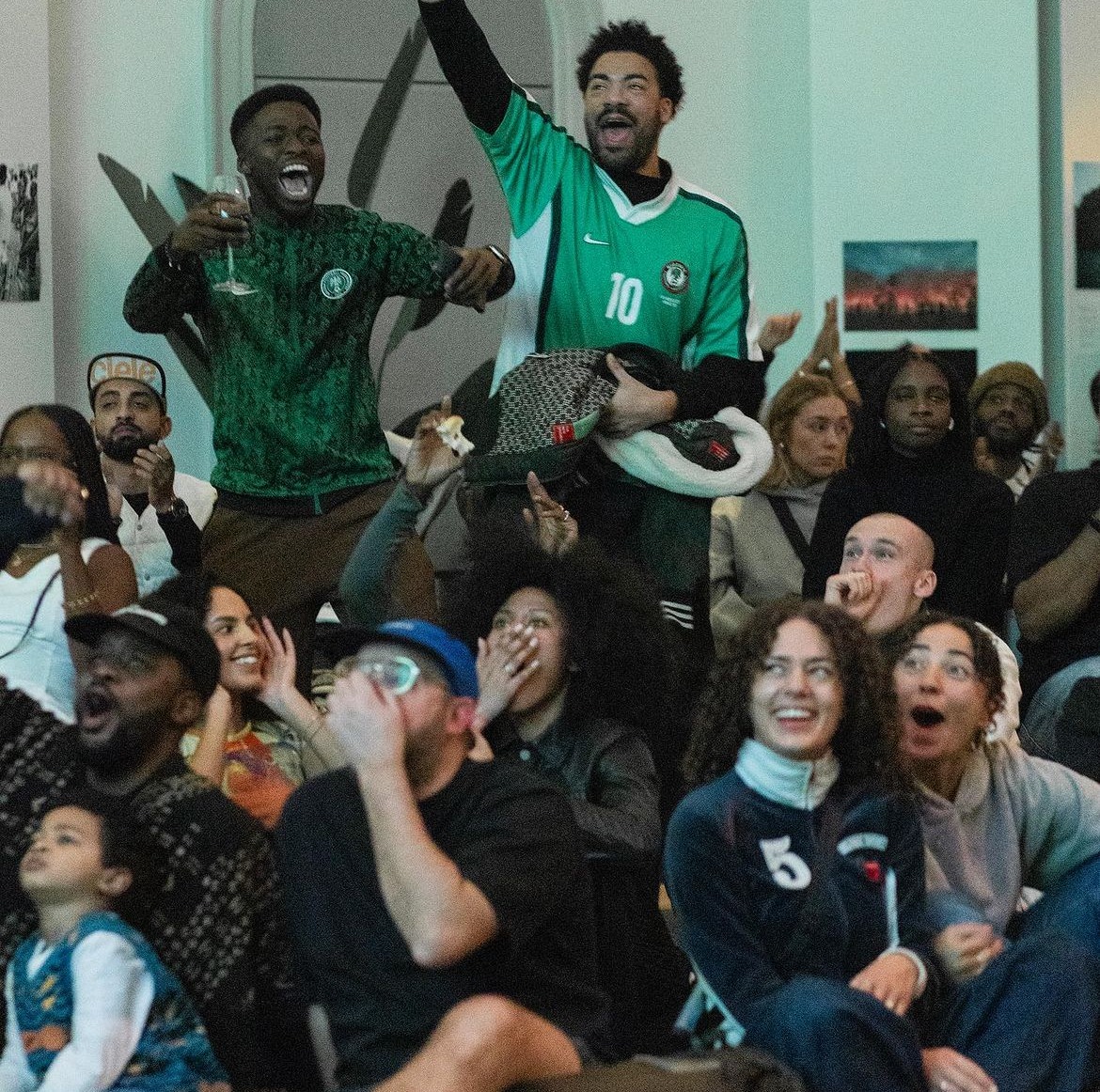
That’s extremely intriguing! Sounds like you’ve got big dreams and big plans. You’re involved in More Than Goals, too – what’s that all about?
More Than Goals is the sports platform that’s part of the What’s Culture world. It’s something that I’m very passionate about because it’s a very recent revelation of mine after being sick last year. Before that, I never played sports. I’ve just spent my life reading! But I realised that you need to find a balance between the cerebral and the physical. I believe you need both to have a happy and healthy life.
We truly believe that sport unites and inspires. It’s one of the best motors to connect this world and can solve a lot of issues, from health to racism. But, as in the creative scene, there are still a lot of issues and a lot of untold stories. With More Than Goals we shine a light on these heroes from our culture.
Then there’s also The Other Side which is a magazine, right?
I love print and will always table in printed matters. More Than Goals & What’s Culture published a magazine last year. On one side, it was 'What’s Culture' and on the other side it was 'The Other Side'. It stems from this feeling that me, my friends, our community and other marginalised people have always felt that we’re on the other side of things. It highlights fine art, fine photography and other international, high-end practices from creators of the other side. We’ll also be developing the magazine and incorporating it a bit further in the future. But for now it is not our main focus.
How has becoming a father changed your outlook on life and the way you work?
From a work perspective, it’s taught me to be brave enough to start over and continue growing and learning. Outlook-wise, becoming a father is the most beautiful and profound thing that has happened to me. As a thinker, you tend to have this almost dissociative, observer point of view towards life. But with the birth of my son, this lightning bolt hit me and gave me a more “in the now” perspective. It made me a little less philosophical and agnostic about life. The “now” becomes the most important thing, while building for the “future”. It was also the first time that the way I deployed my life energy went from myself to another human, which was almost like this beautiful ego reset. Now his wants, needs and dreams come before mine. He’s just been the most honest and the wisest teacher I’ve had in my 30 somewhat years of being on this planet. Plus, he’s funny, he’s kind and he loves animals!
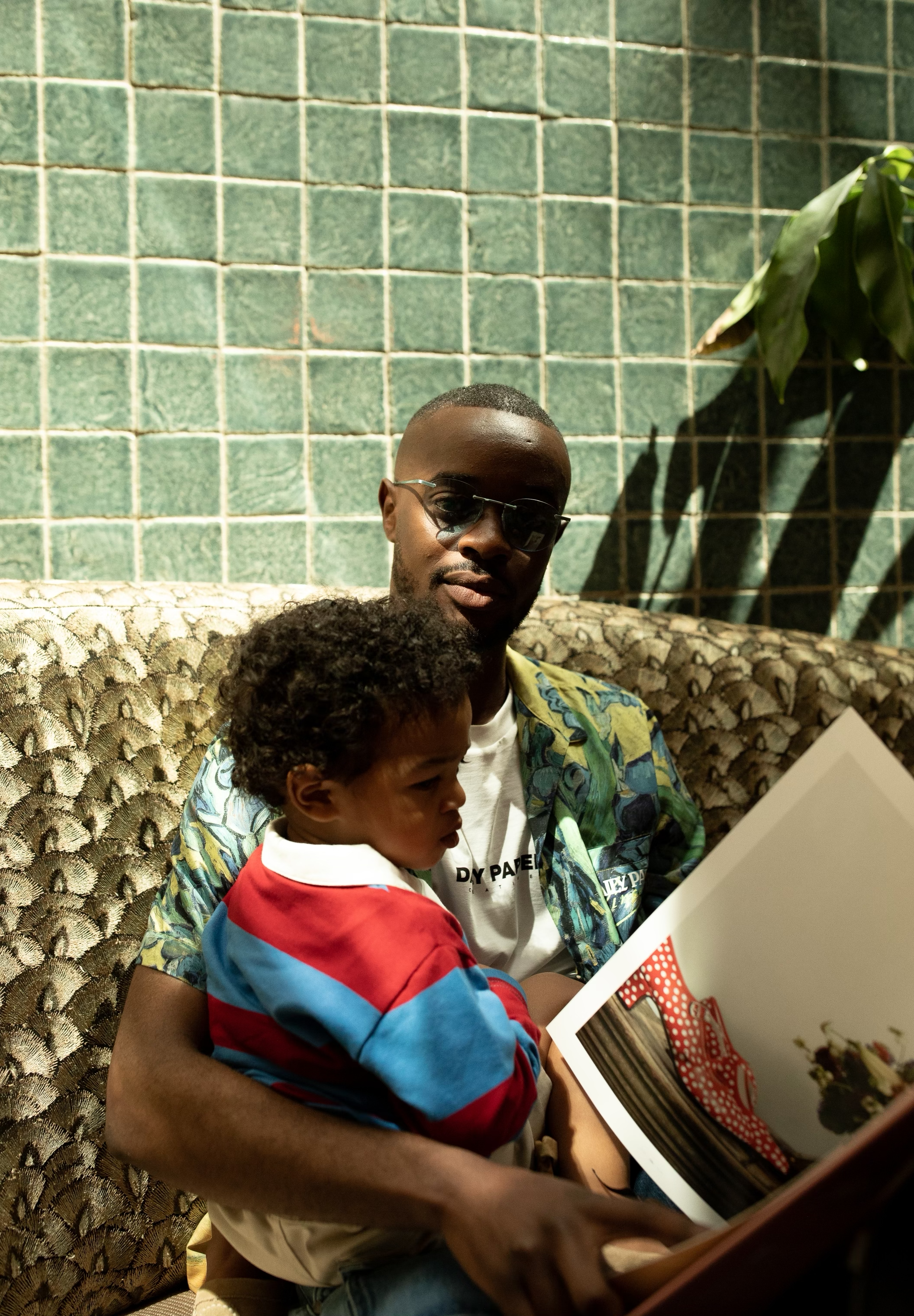


To tie the two themes together, how have your friendships played a role in your fatherhood?
It’s been beautiful to see our friend group developing from young bachelors, to starting relationships, some have gotten married and now having kids or becoming uncles, as I say. It’s grown very organically. The conversations shift. We’ve found a lot of solace in each other in fatherhood. It’s been fun having more friends with kids. Some friends don’t want kids or it’s not their time right now, but that’s also amazing. I think both perspectives are worthwhile.
We all have one thing in common though - a migrant or refugee background. We’re all this first generation, which means that we don’t have the traditional family structure around us. So, besides our businesses or careers, one of the things I’m very proud of and think is super important is that we’re building our own. I think it’s extremely valuable for the next generation. My son now has a bunch of uncles and aunties. I love that, at 5 years old, he can walk around Amsterdam and say, “oh that’s Uncle Olaf’s store, that’s Uncle Hussein’s. Jefferson’s & Adberahmanne's store, look that’s Uncle Guillaume’s store, that’s daddy’s library”. He can really have a sense of belonging growing up and of actually owning some of the reality that he sees around him. We’re able to give our next generation a different experience, context and framework to what we had.
Finally, what’s the most important value in your friendships?
Loyalty. We’ve been through ups and downs, successes and failures, good and bad times and the most important thing that’s always been there is loyalty. It’s a very nice feeling to know that you have people who have your back regardless.

